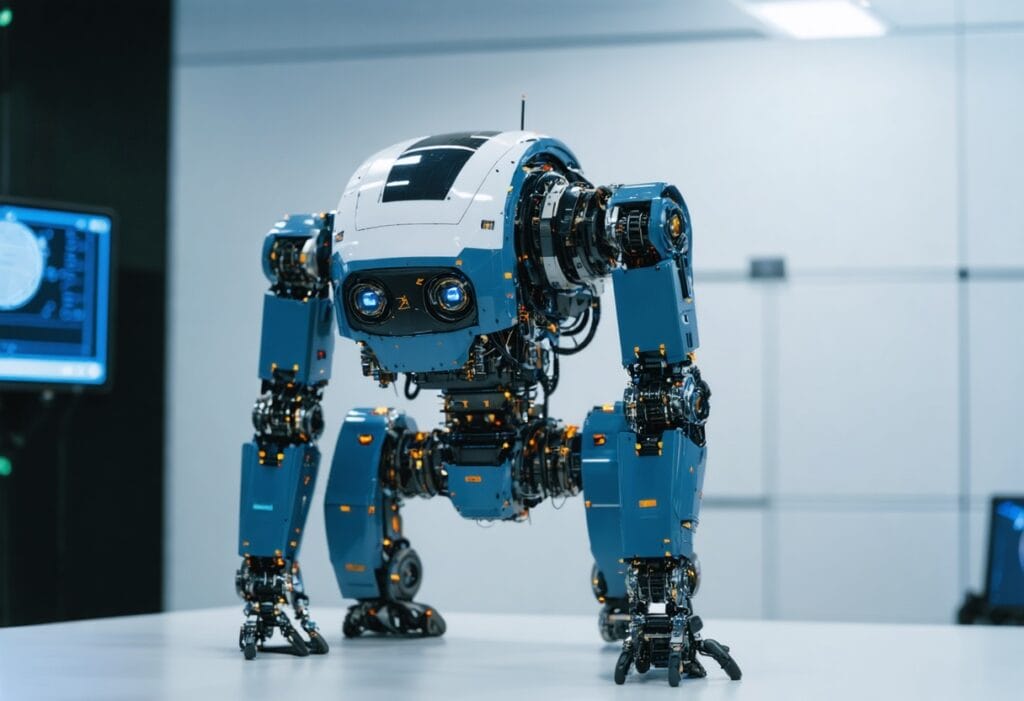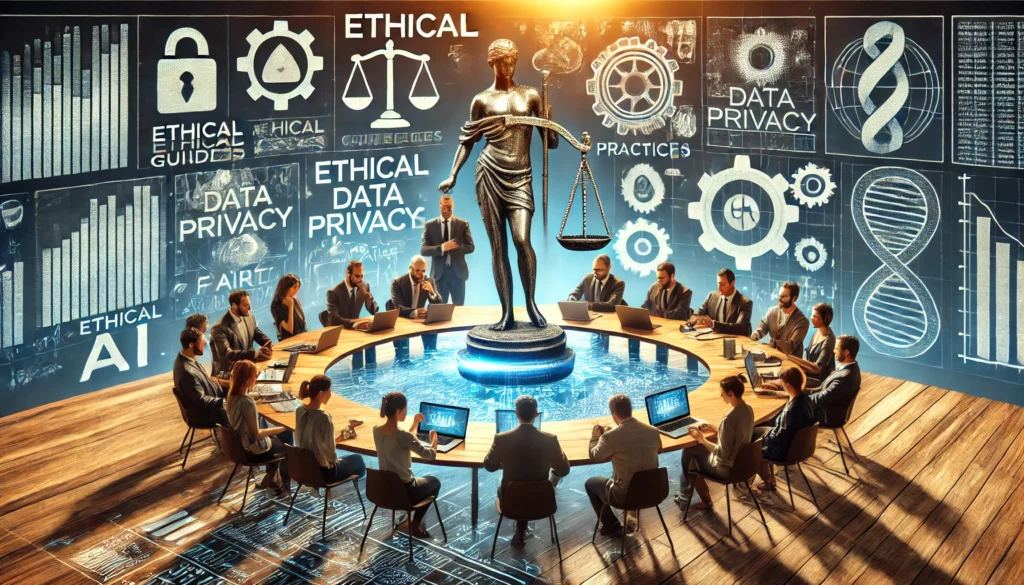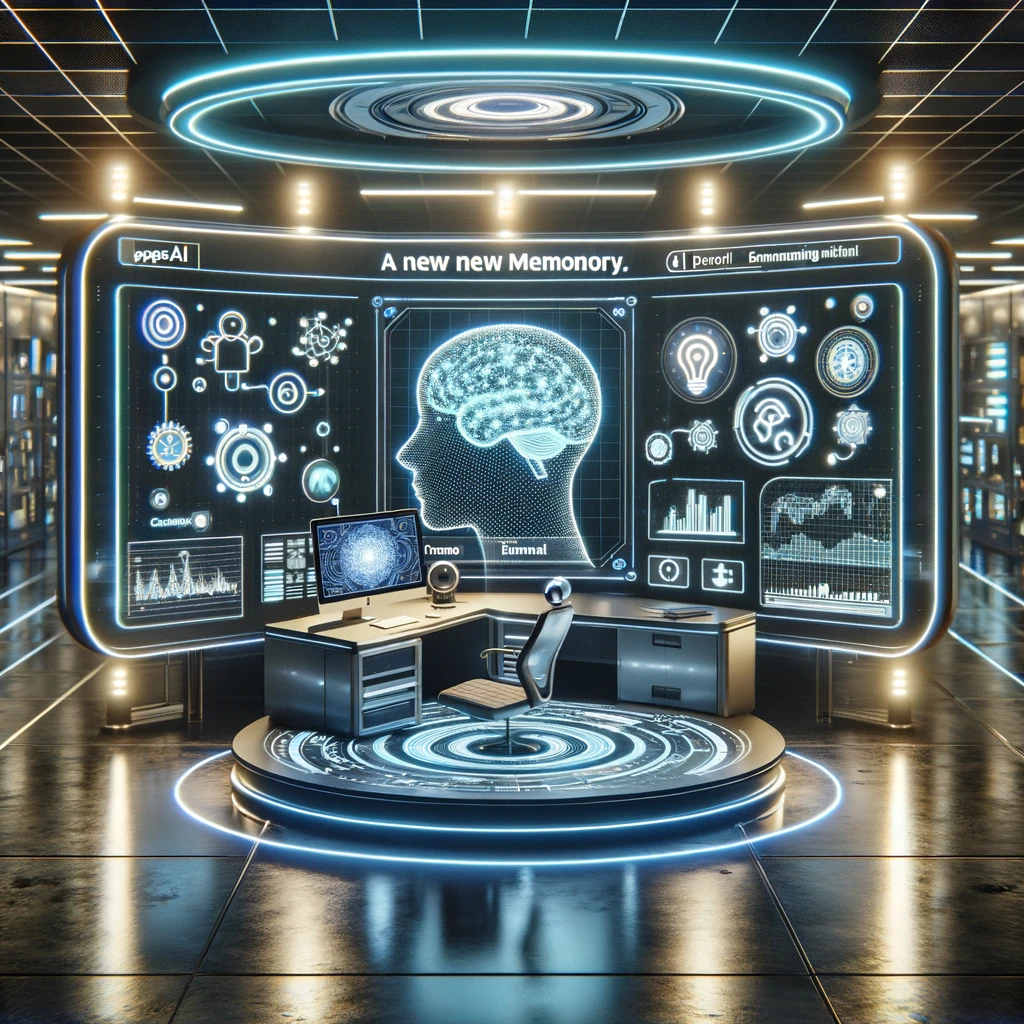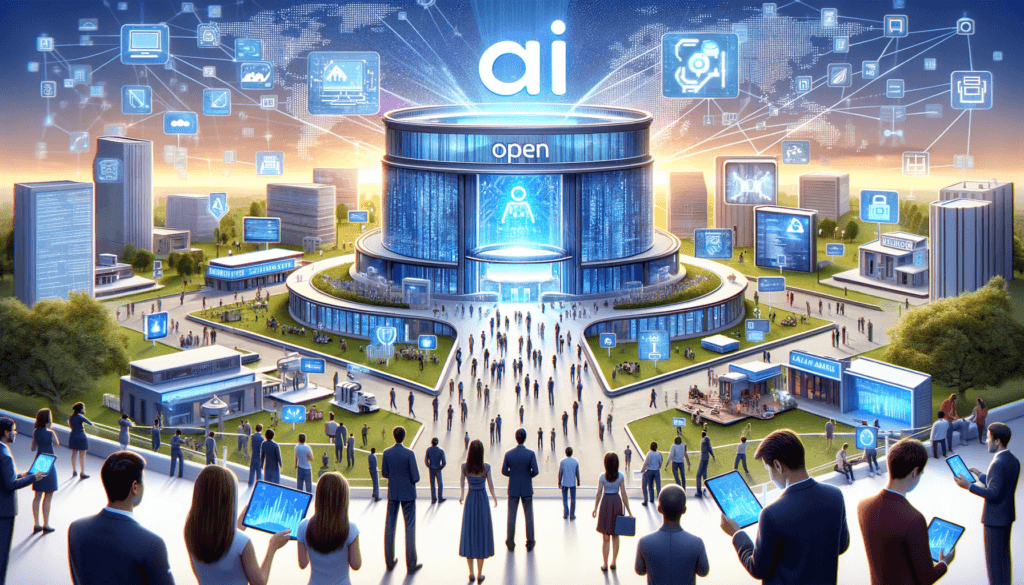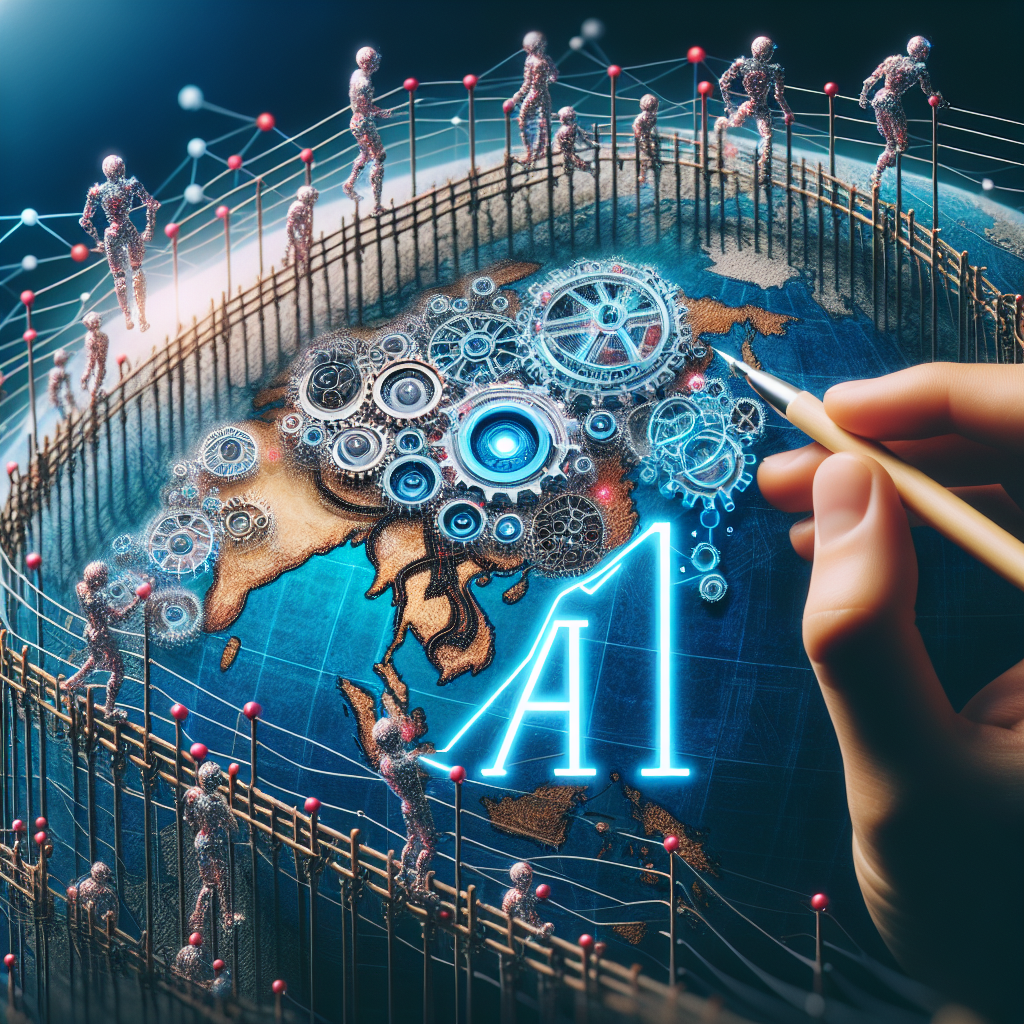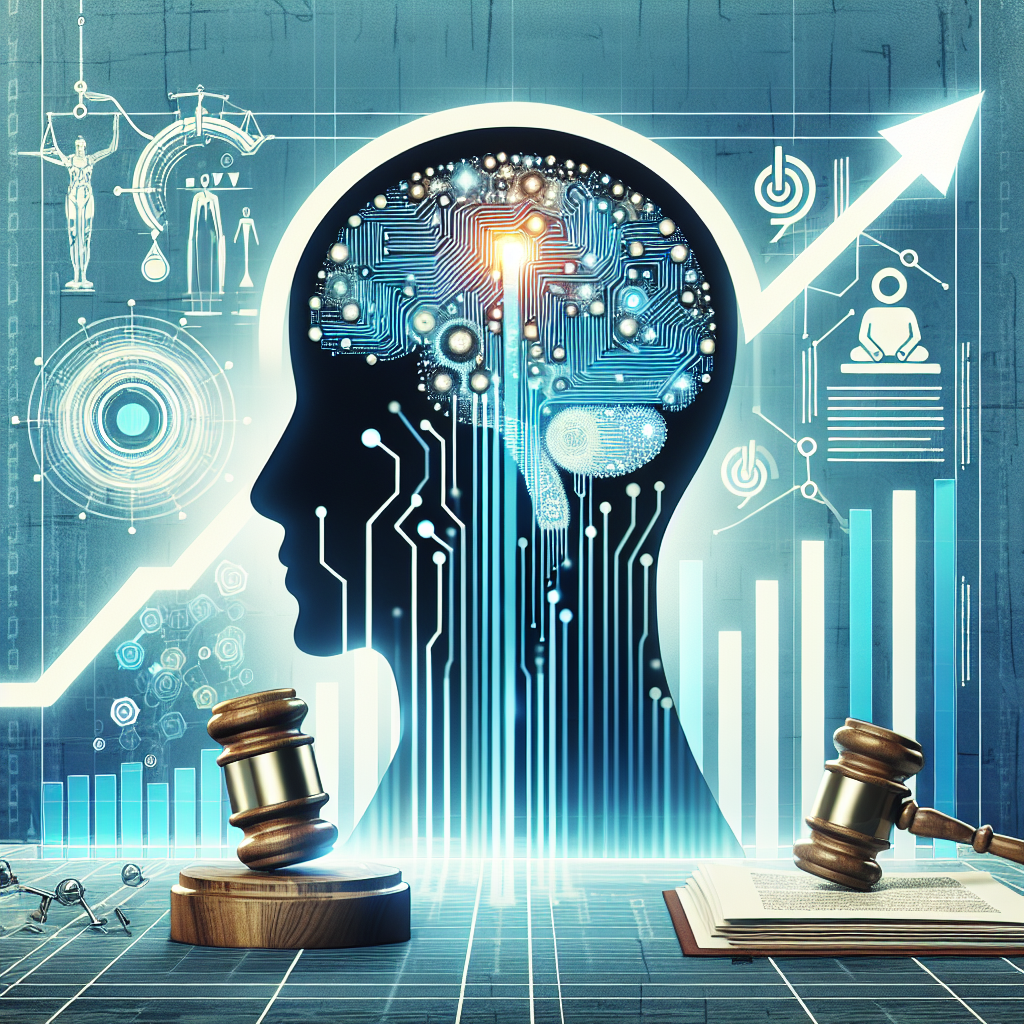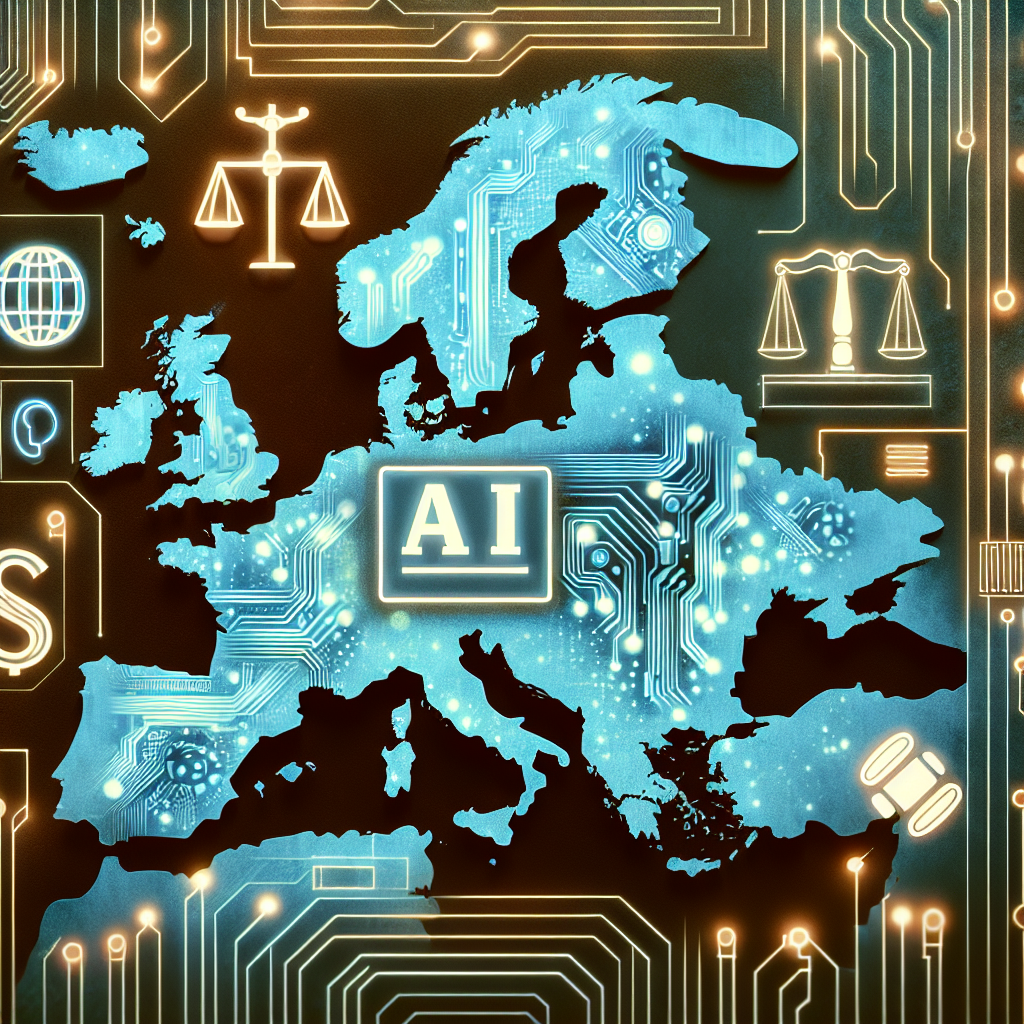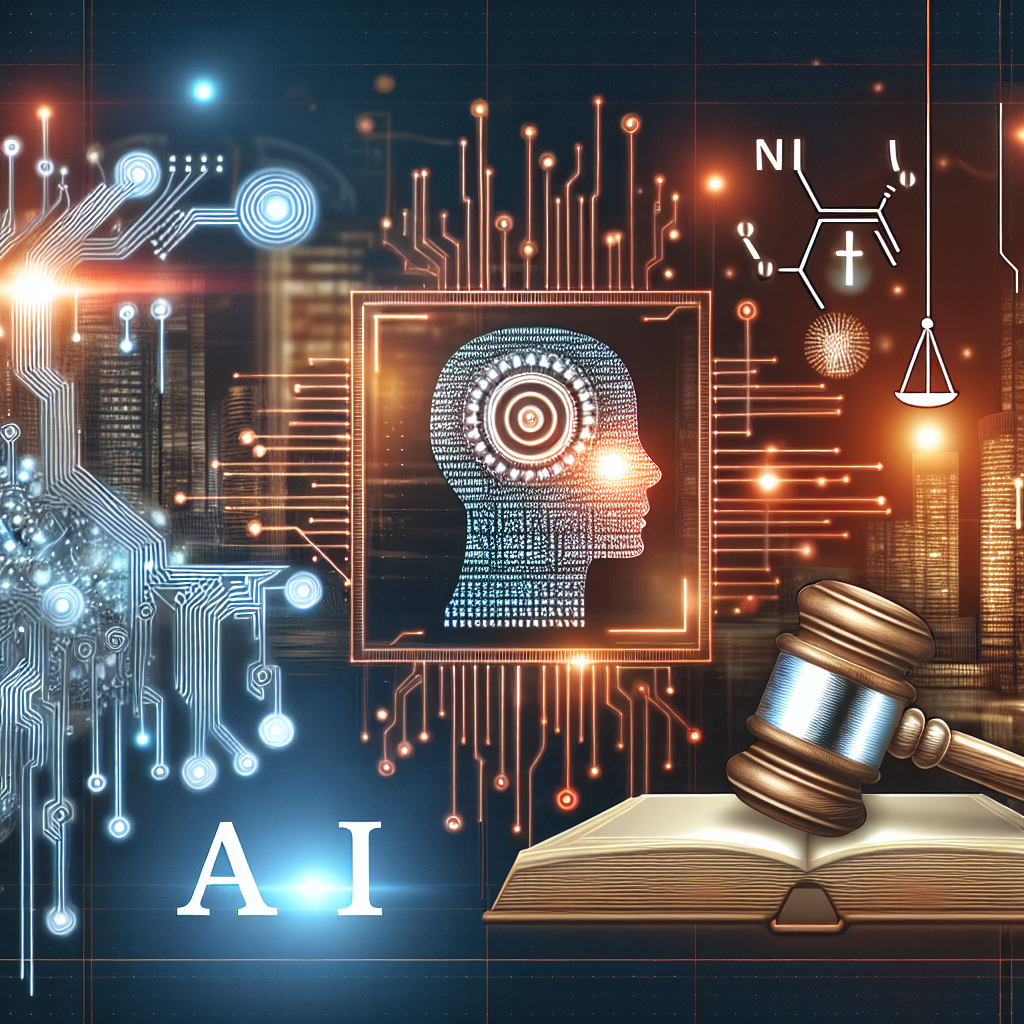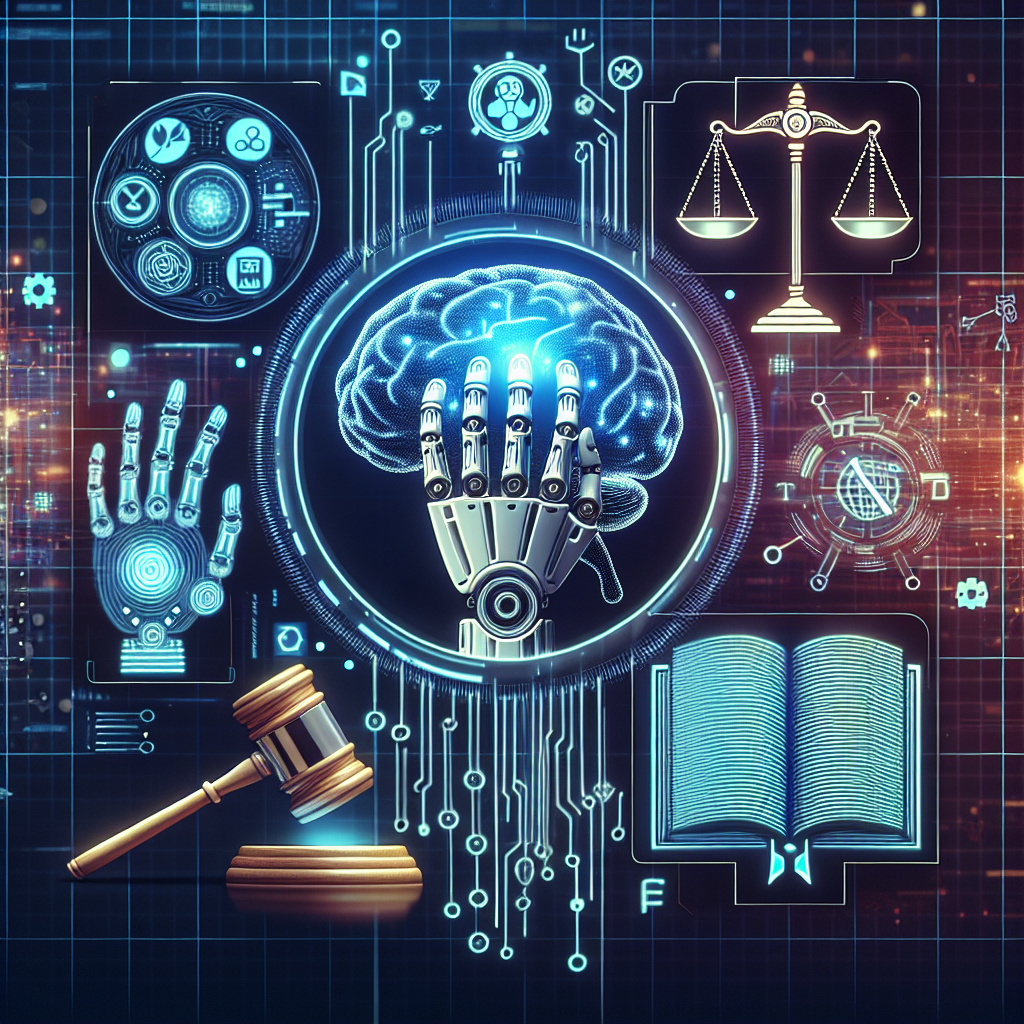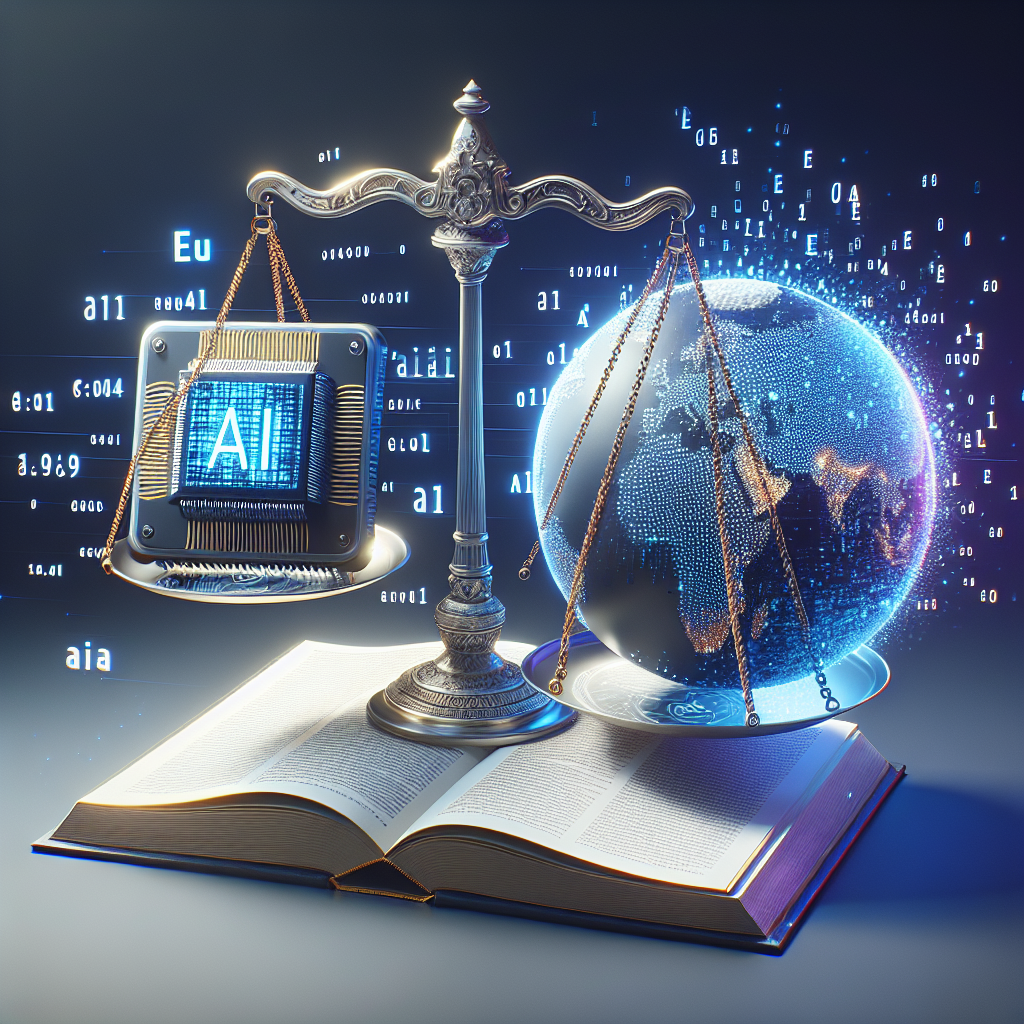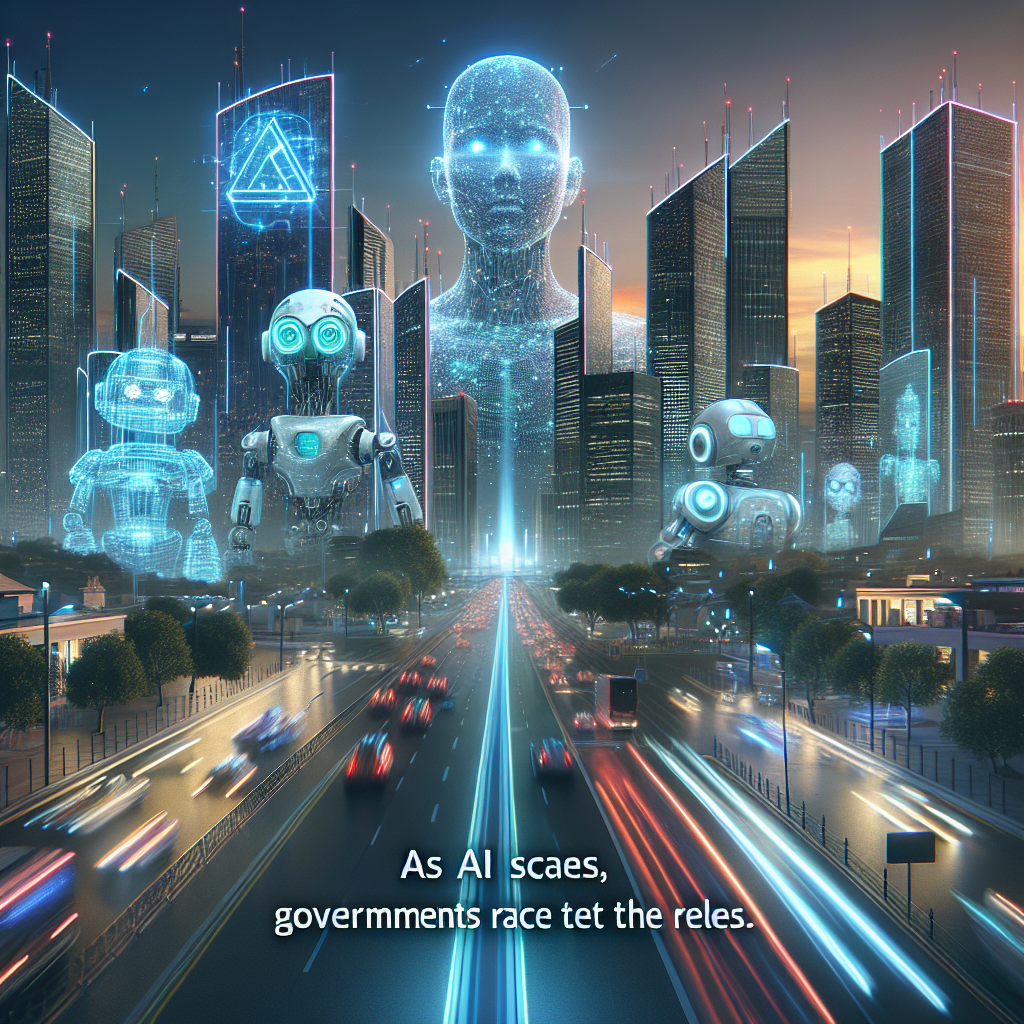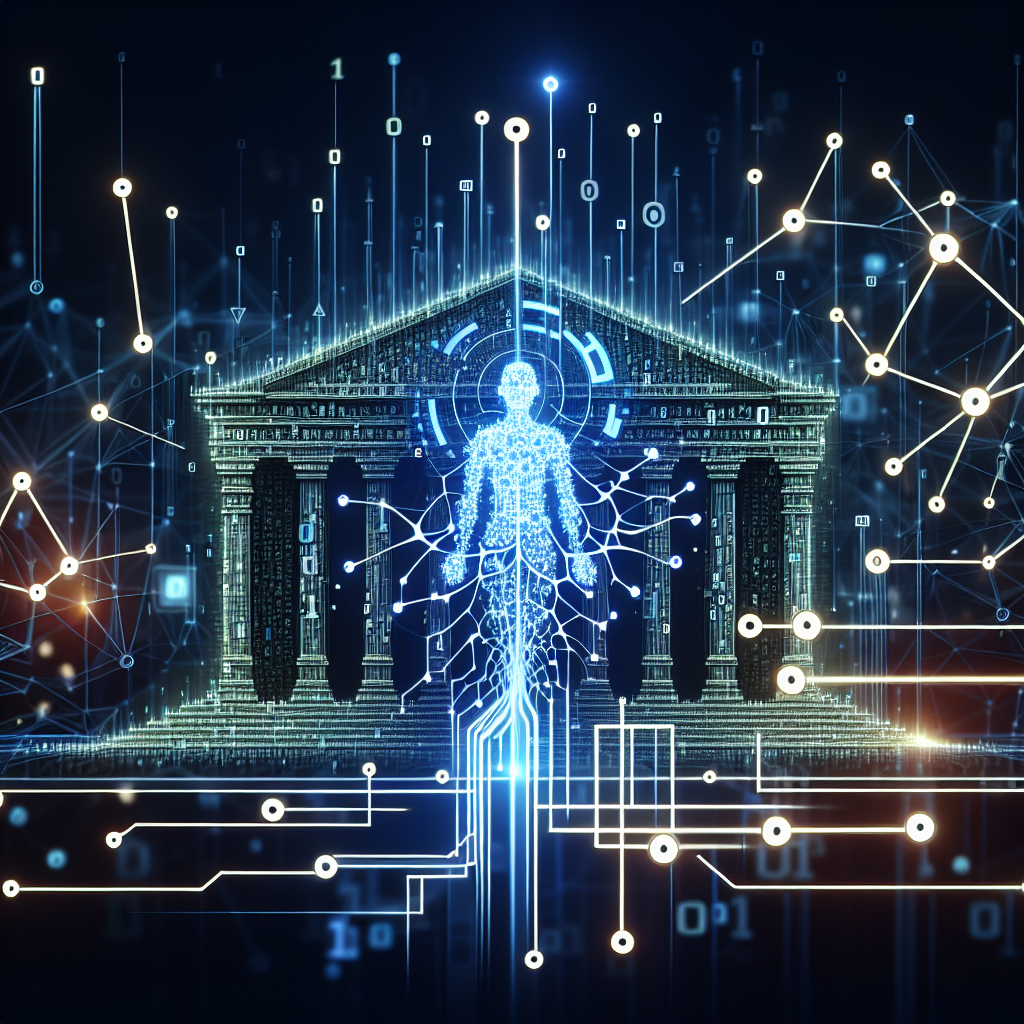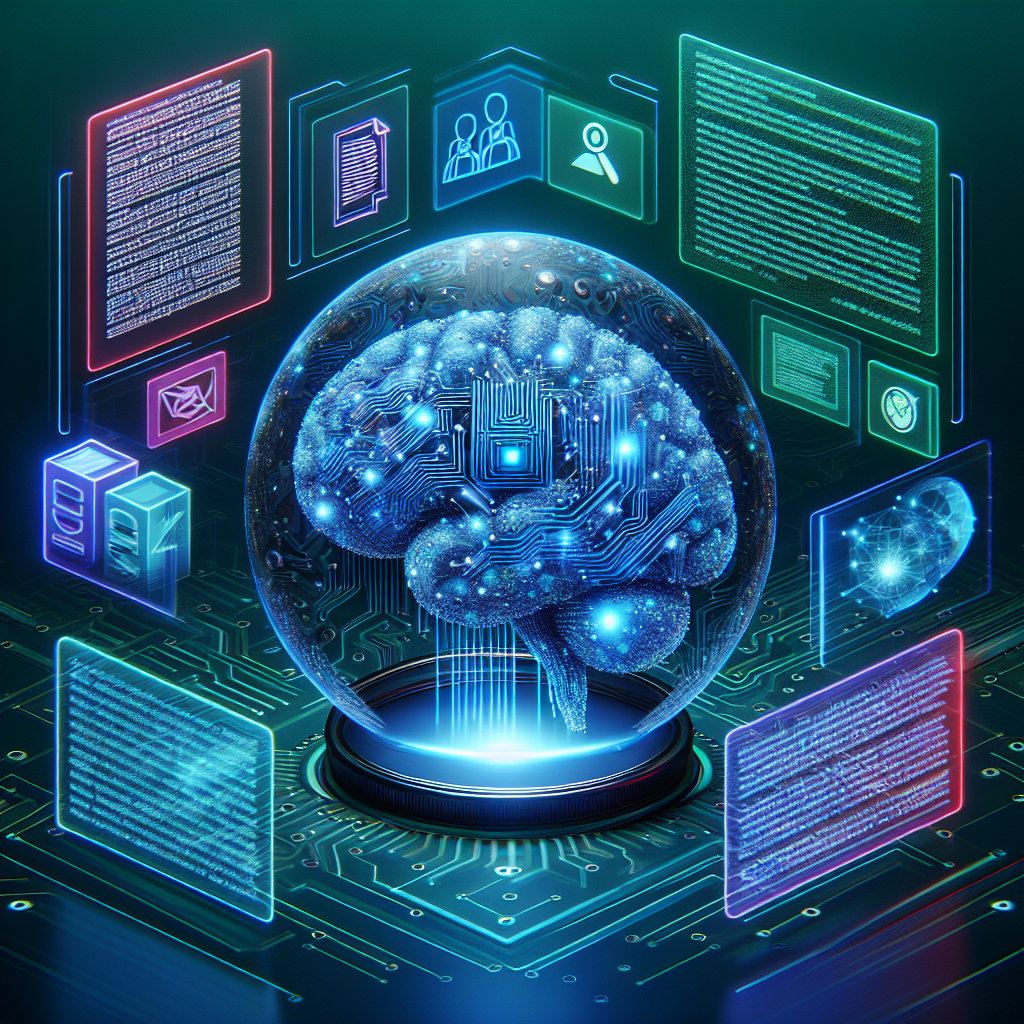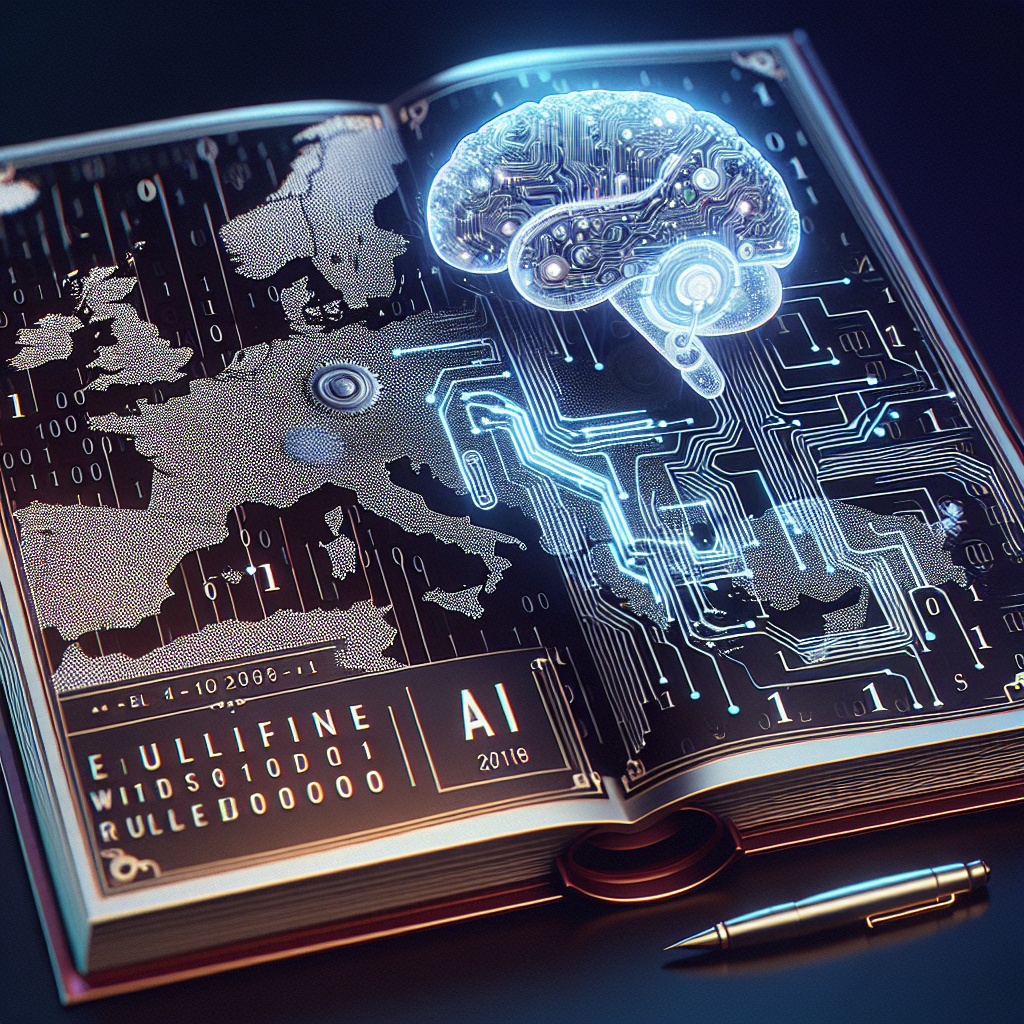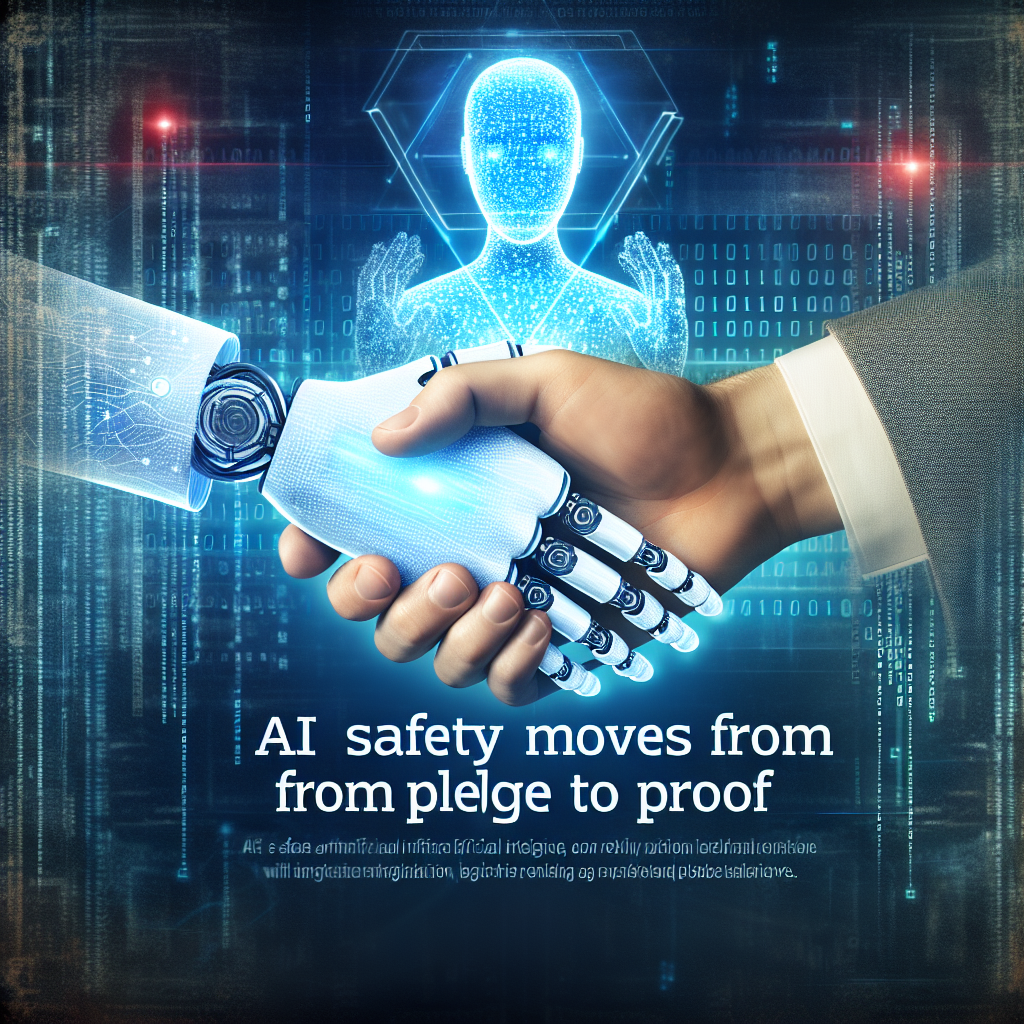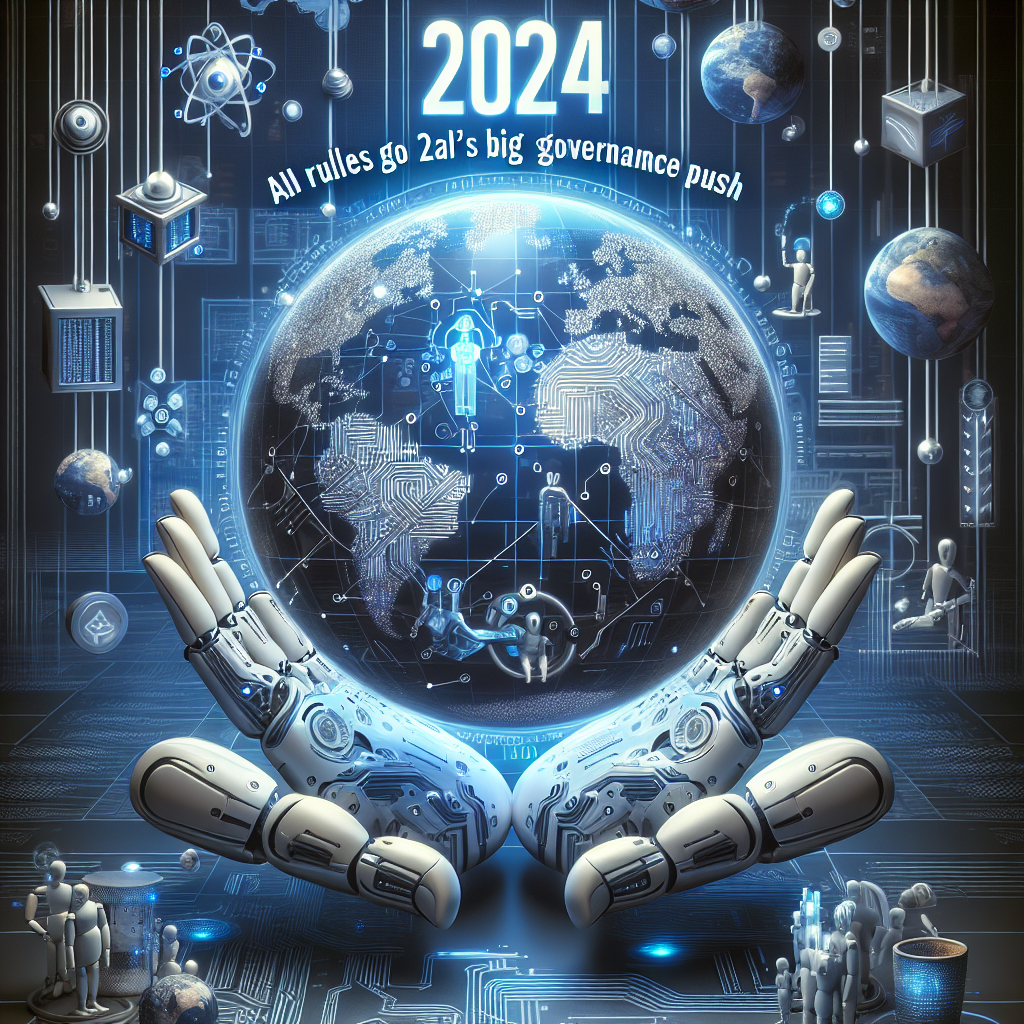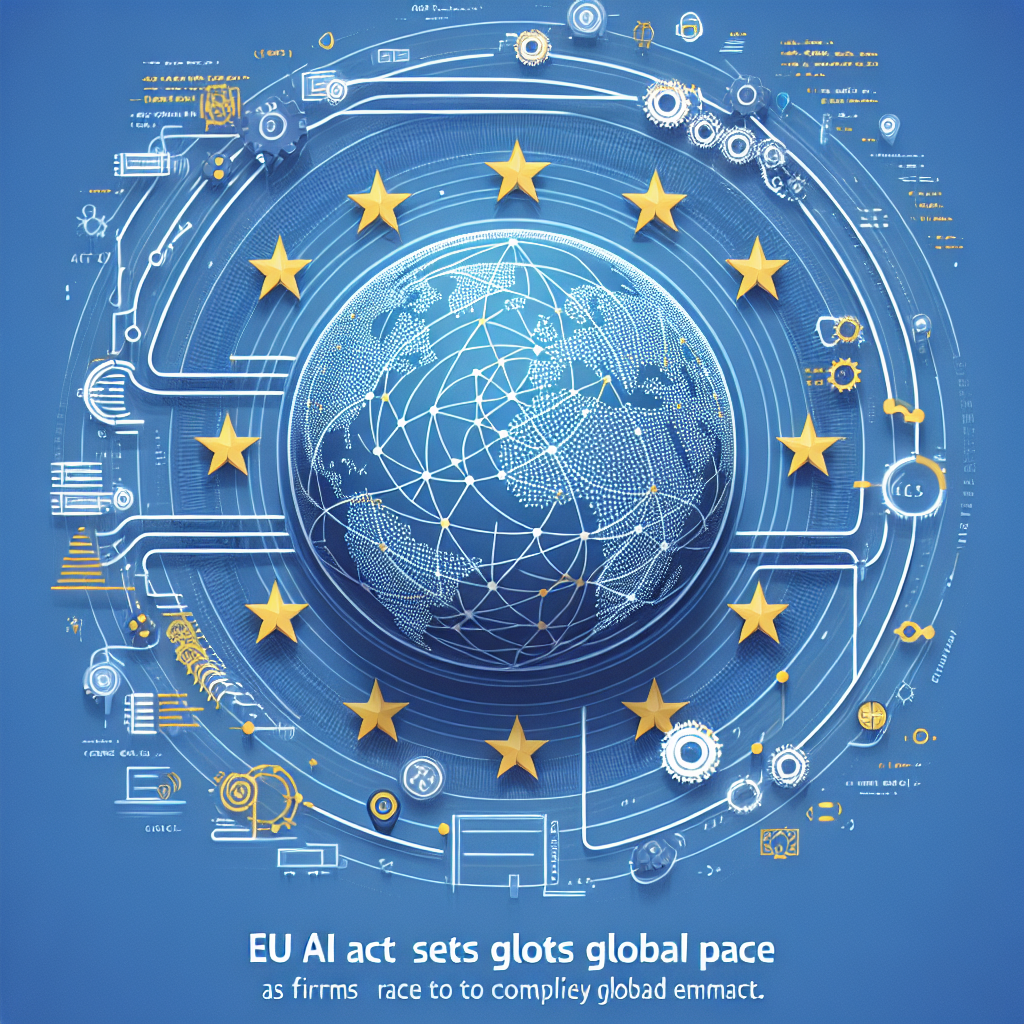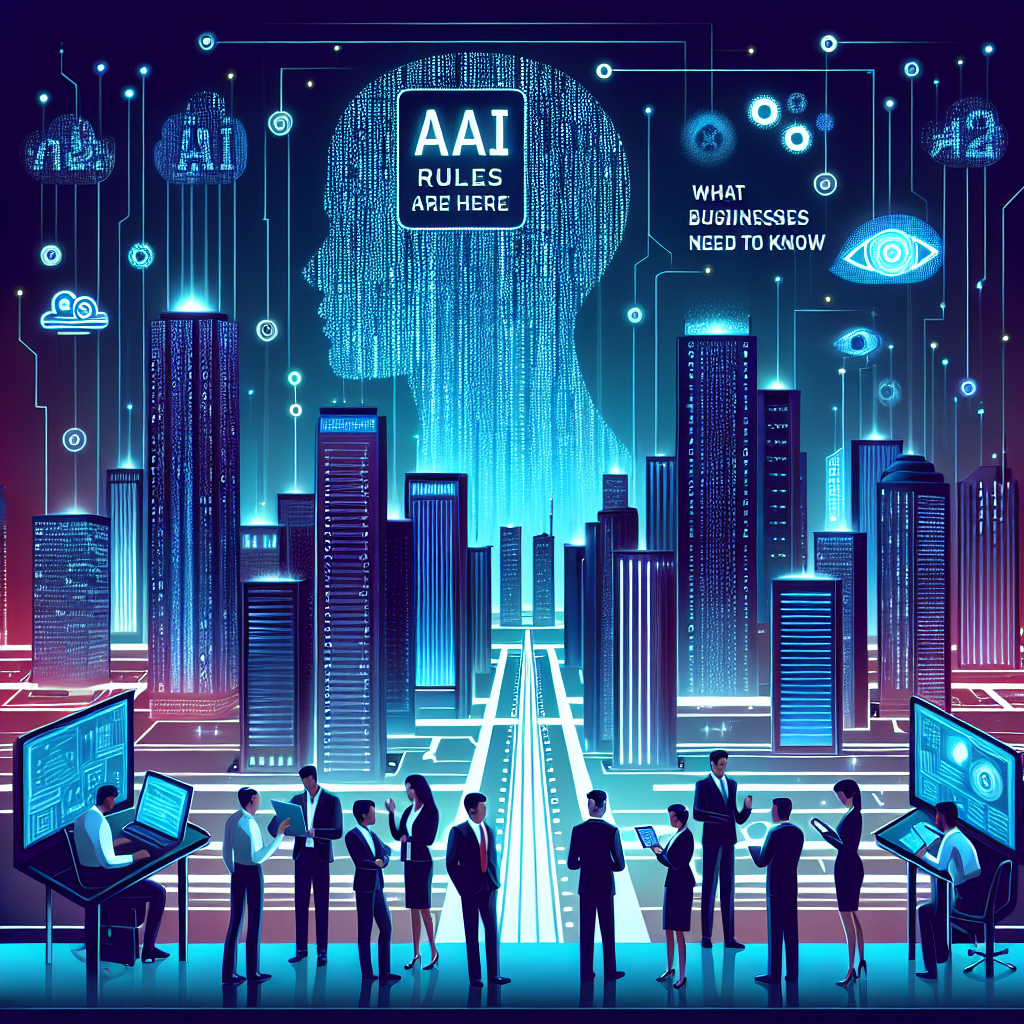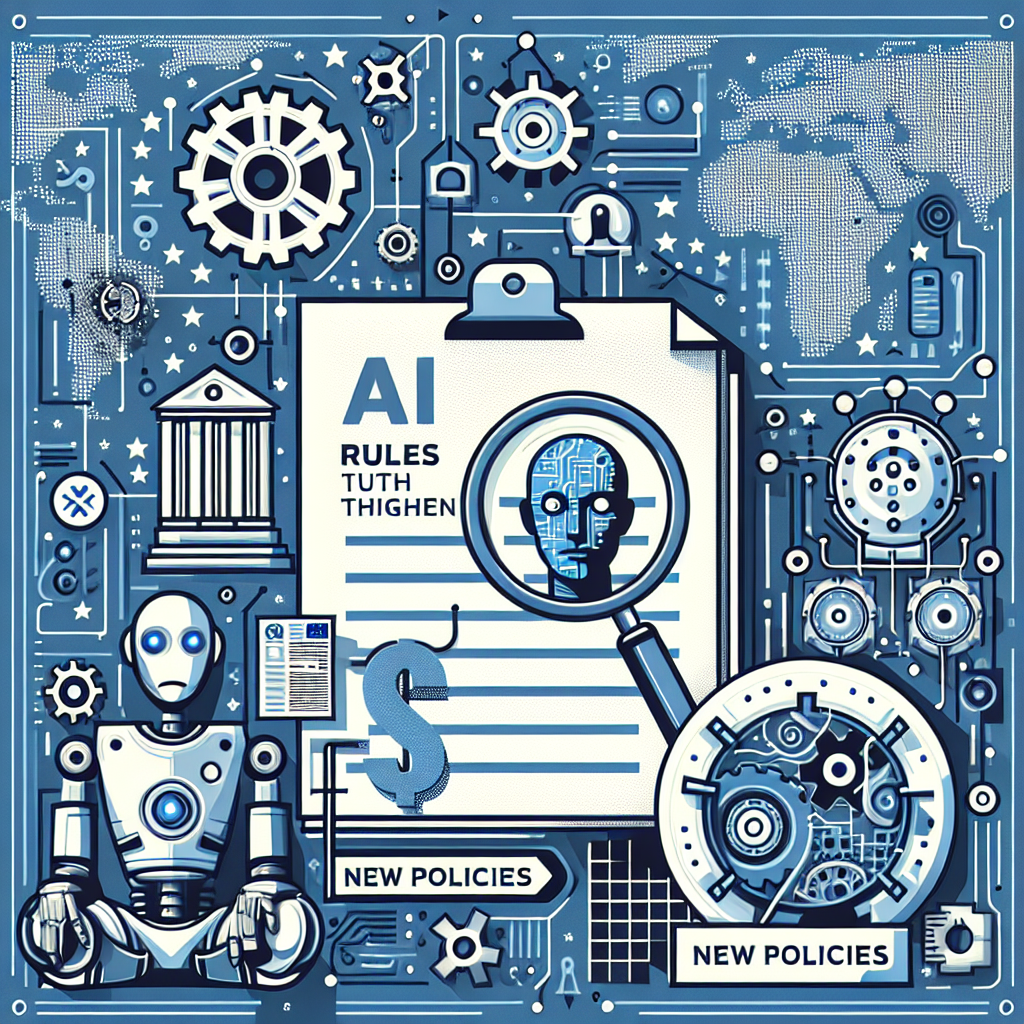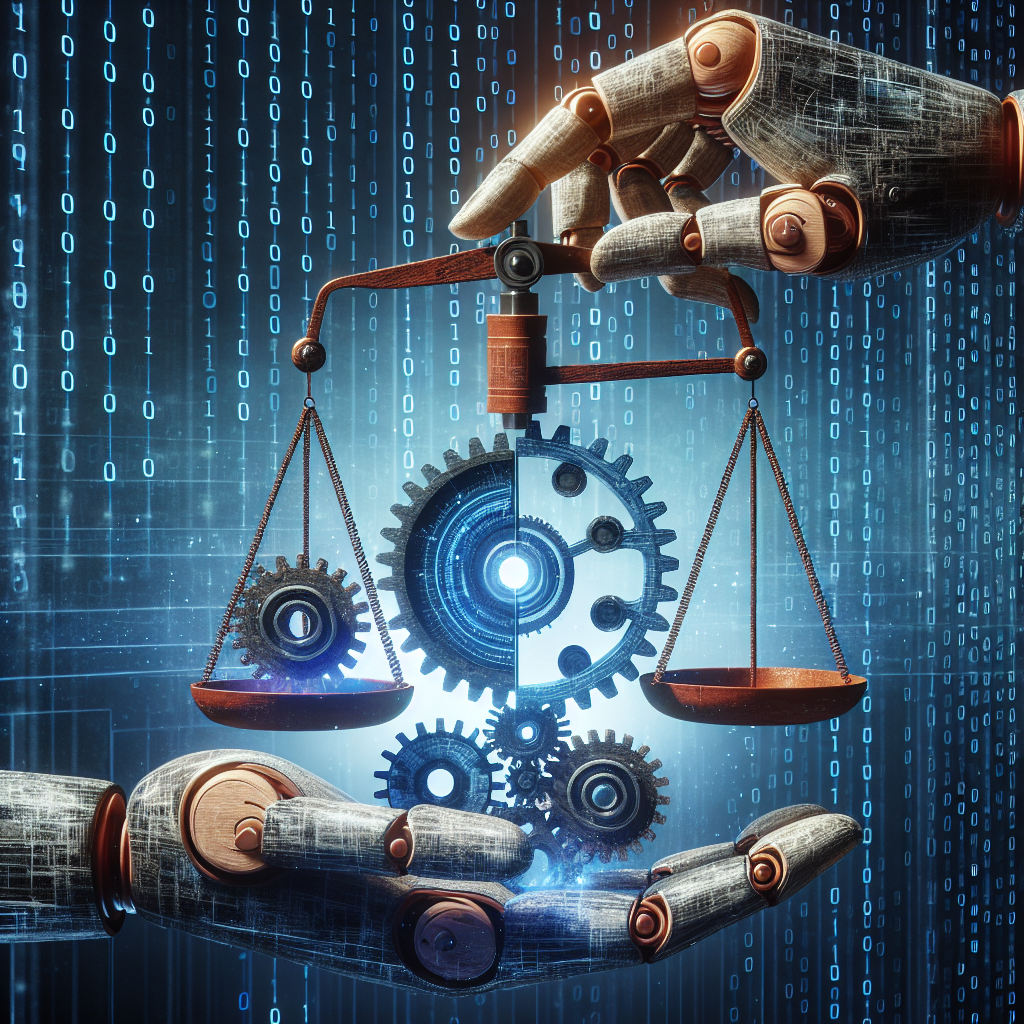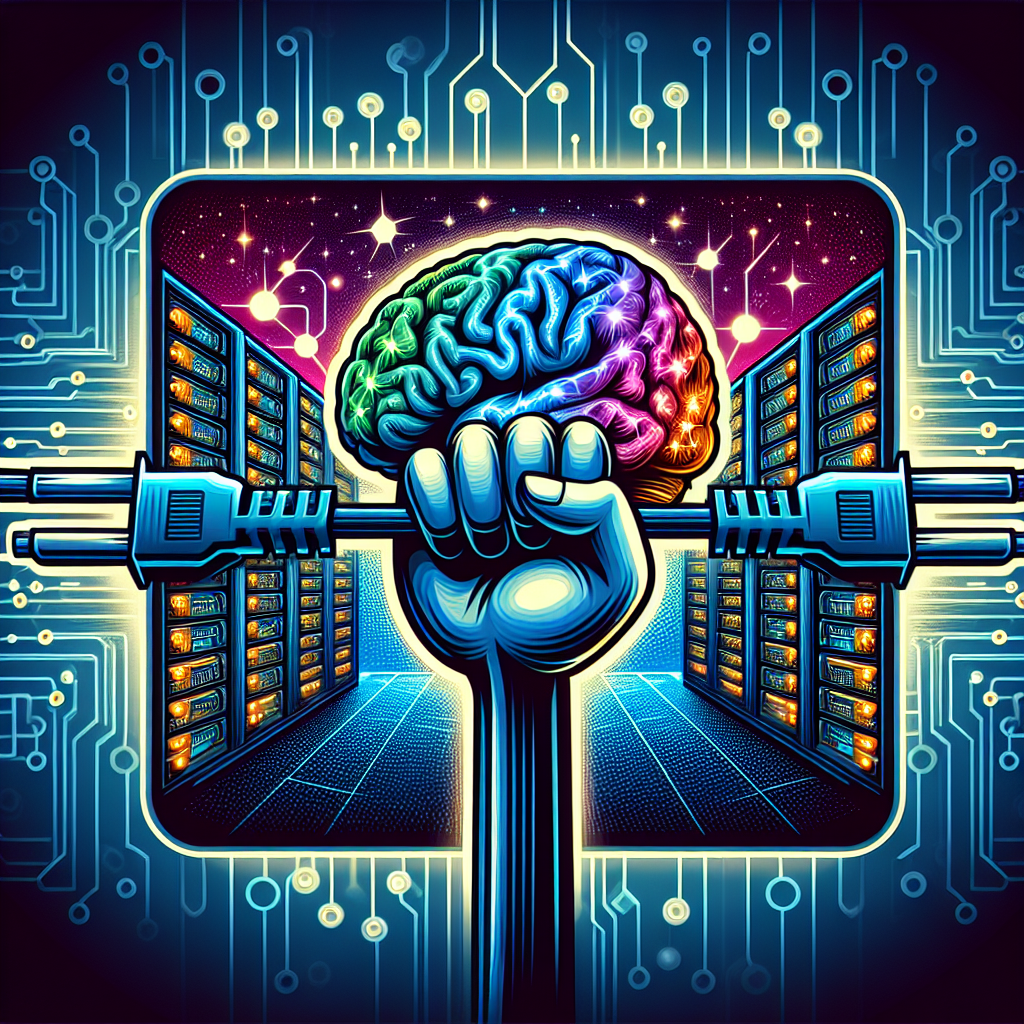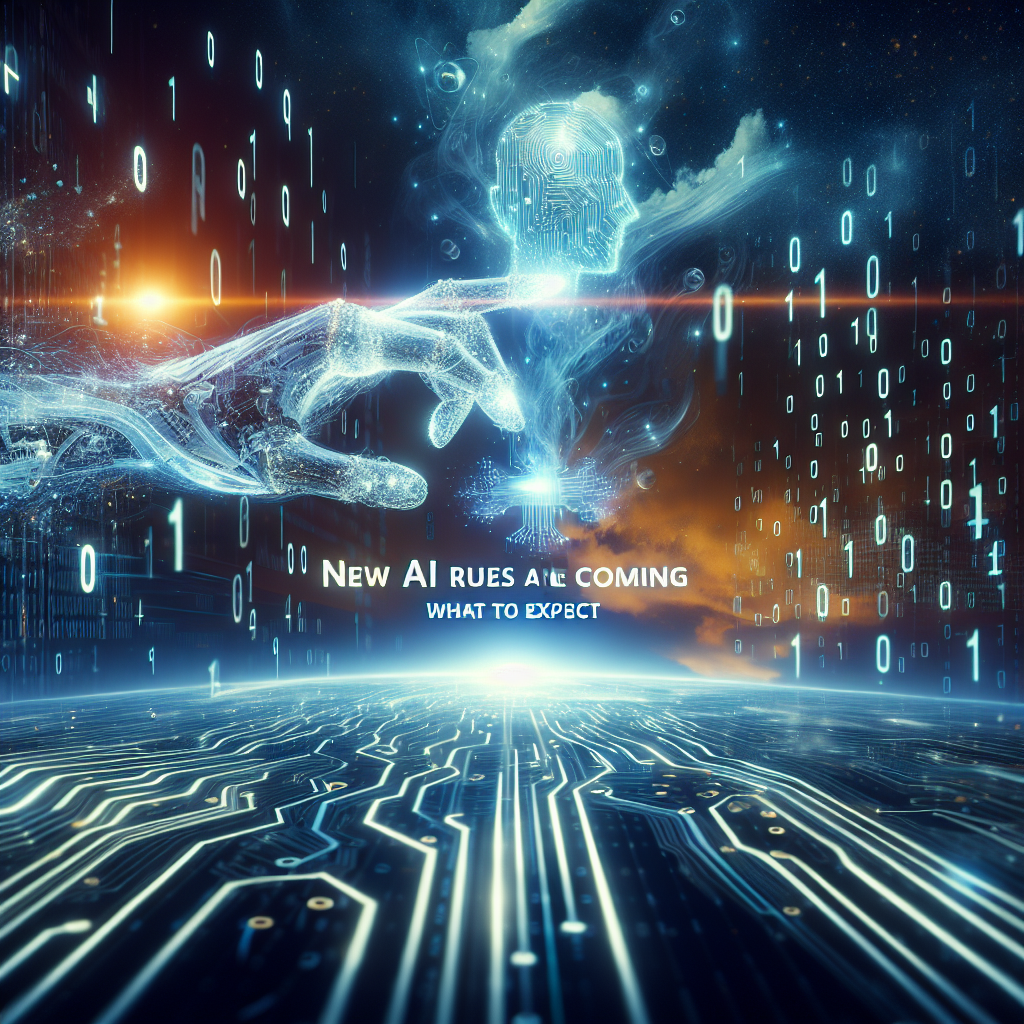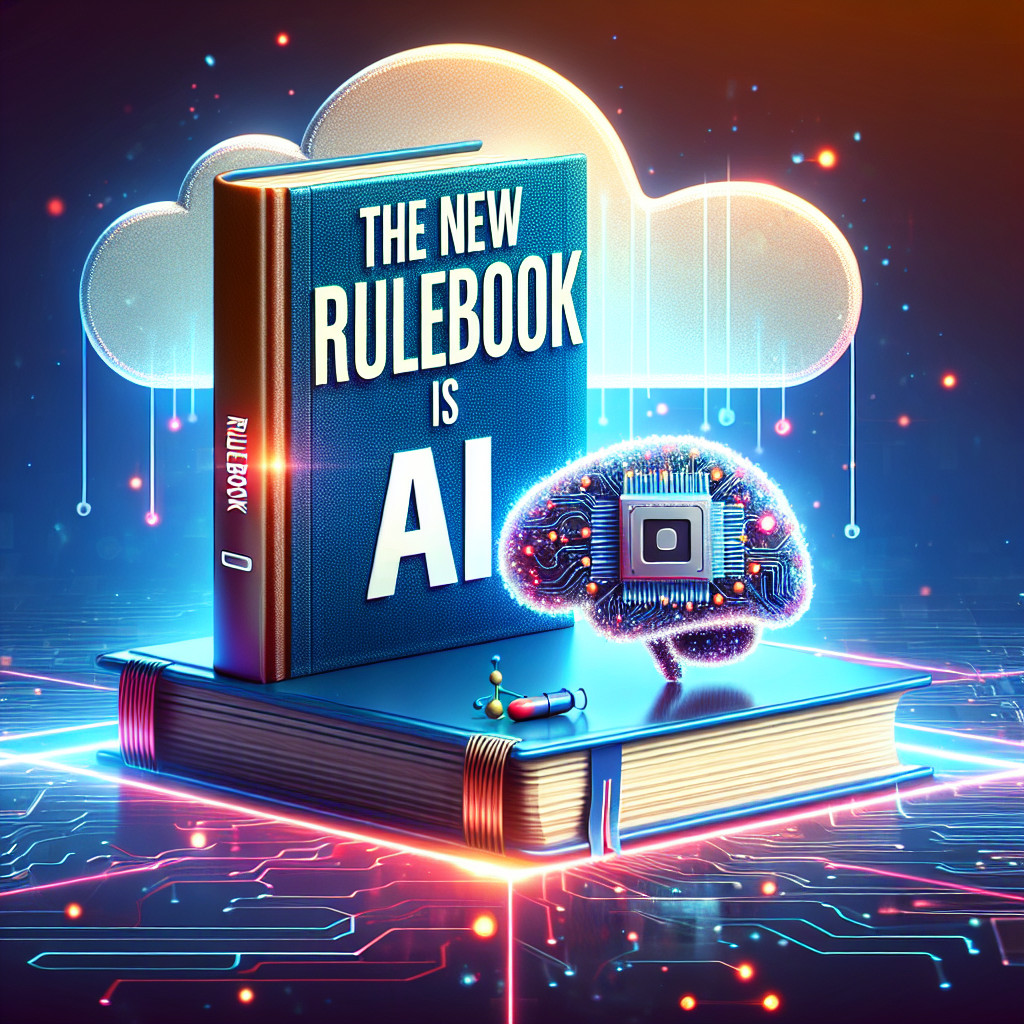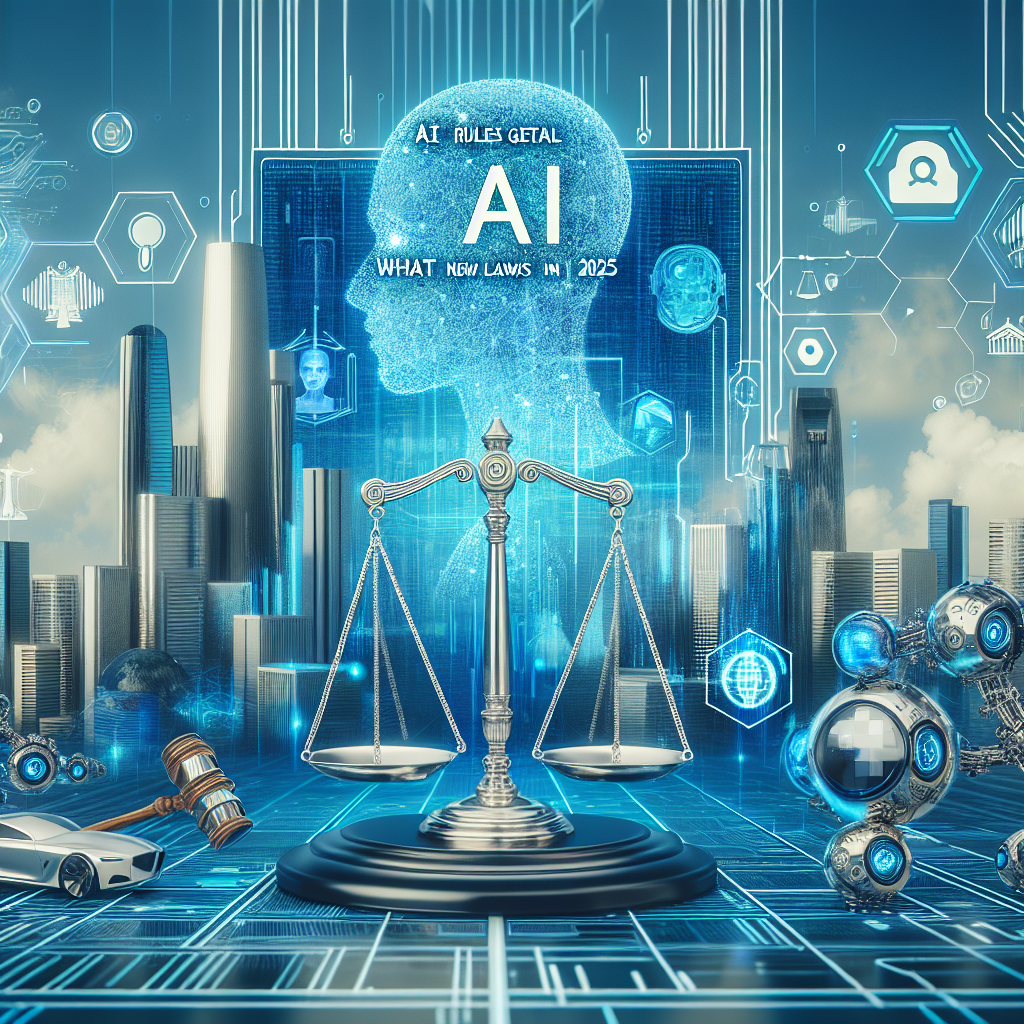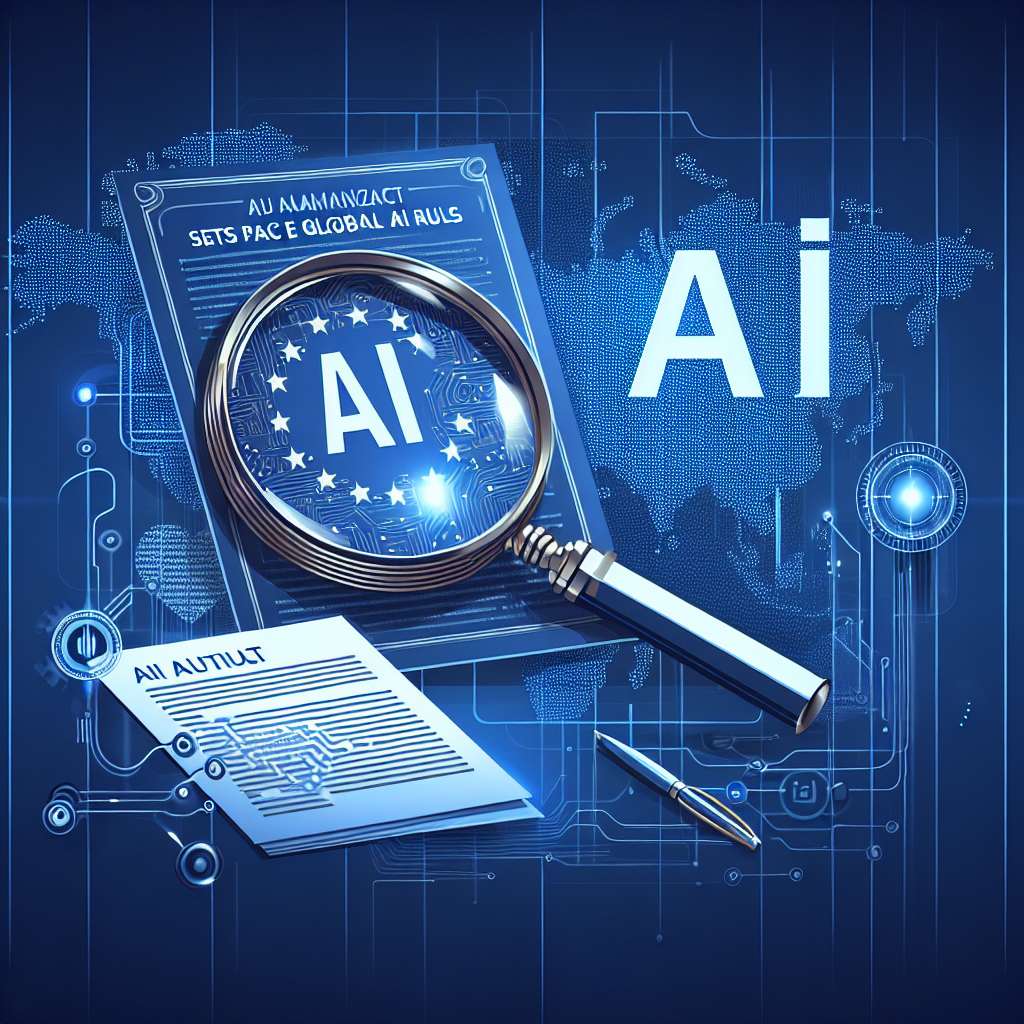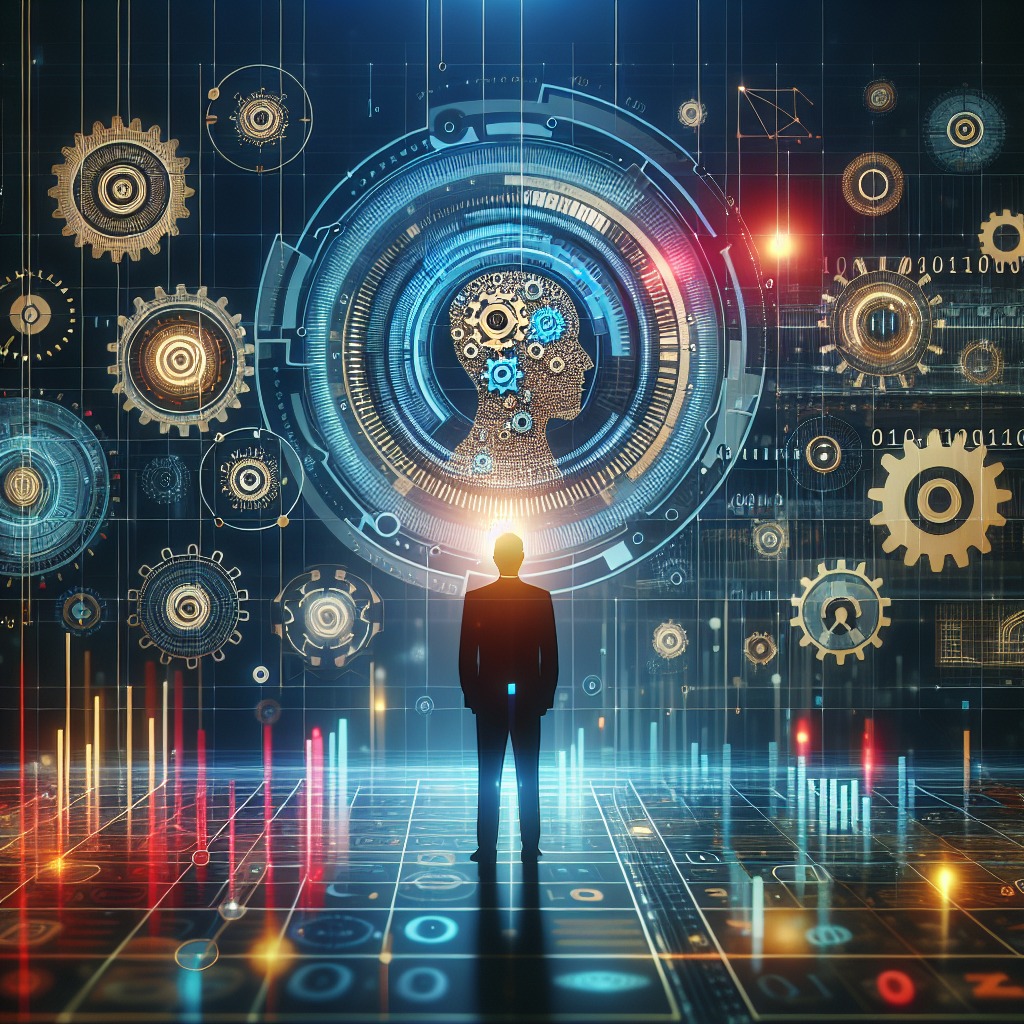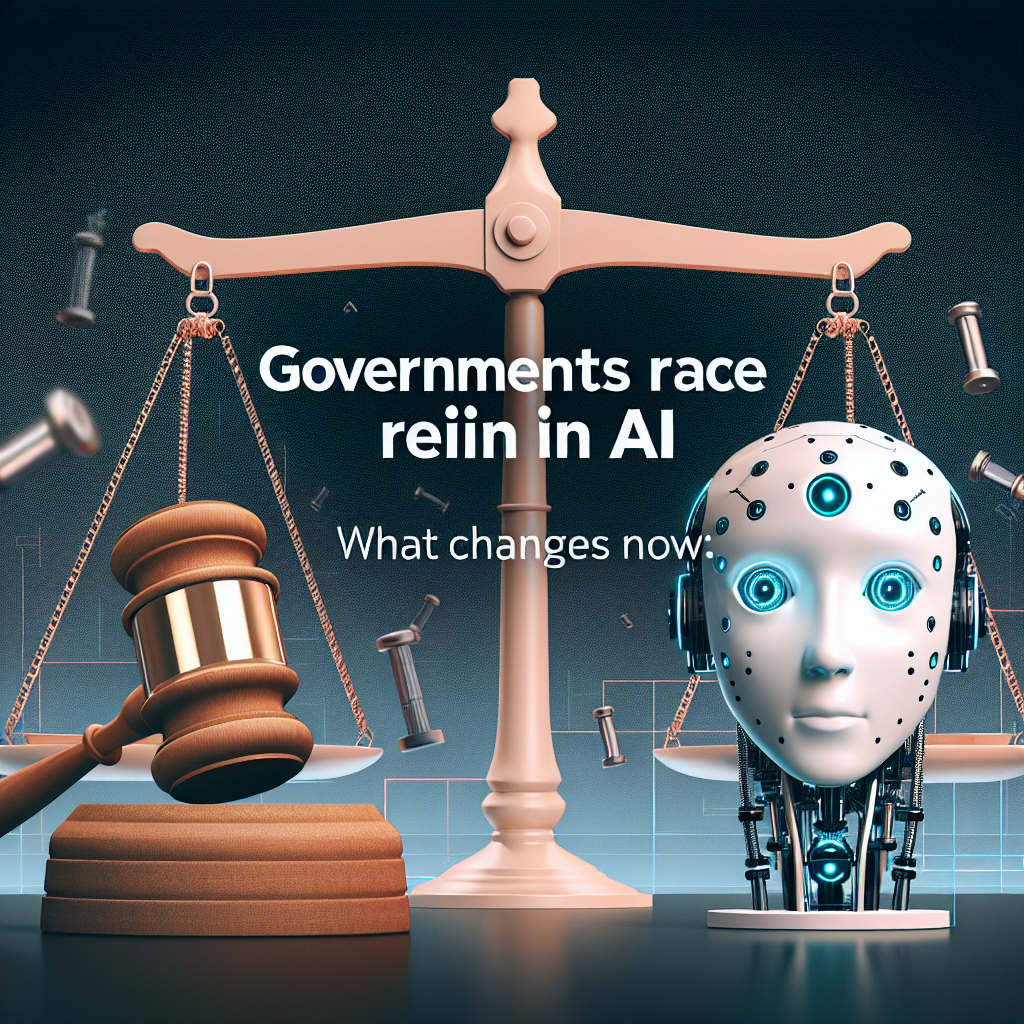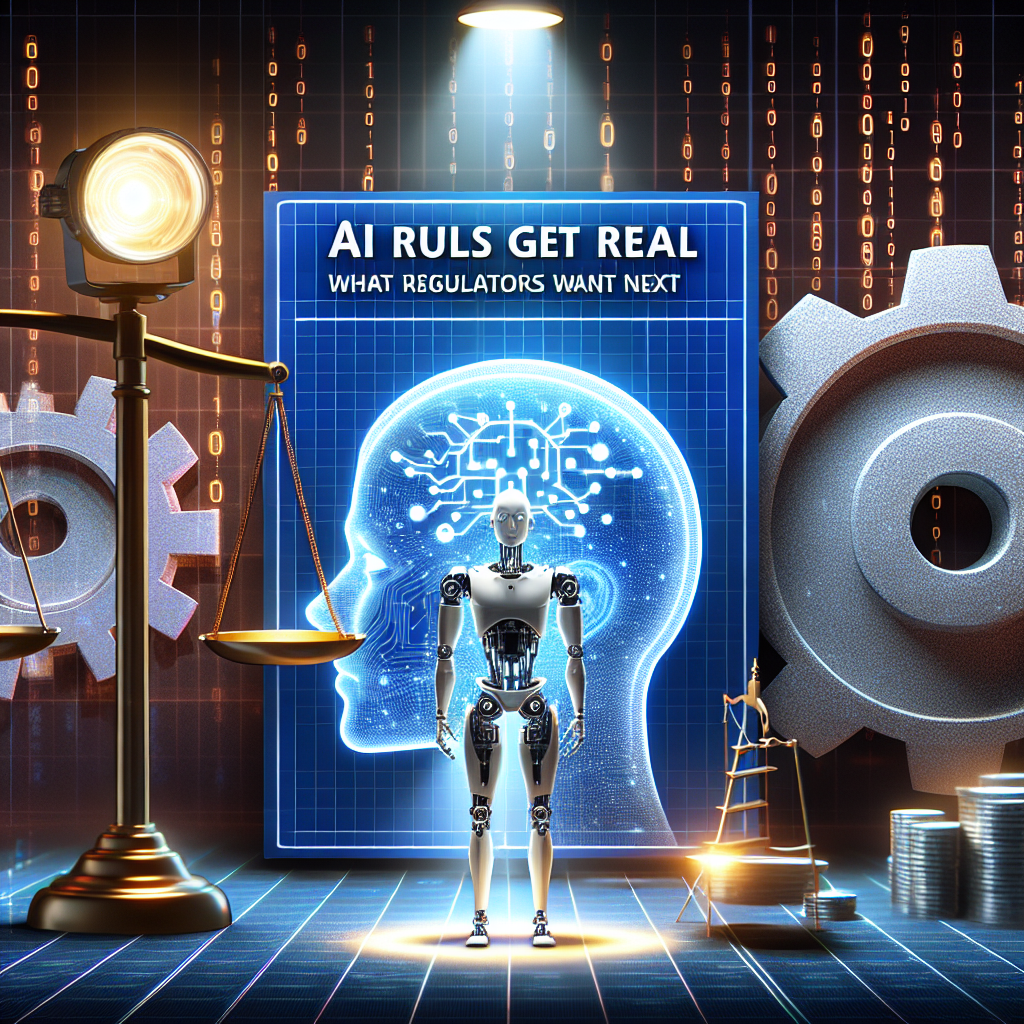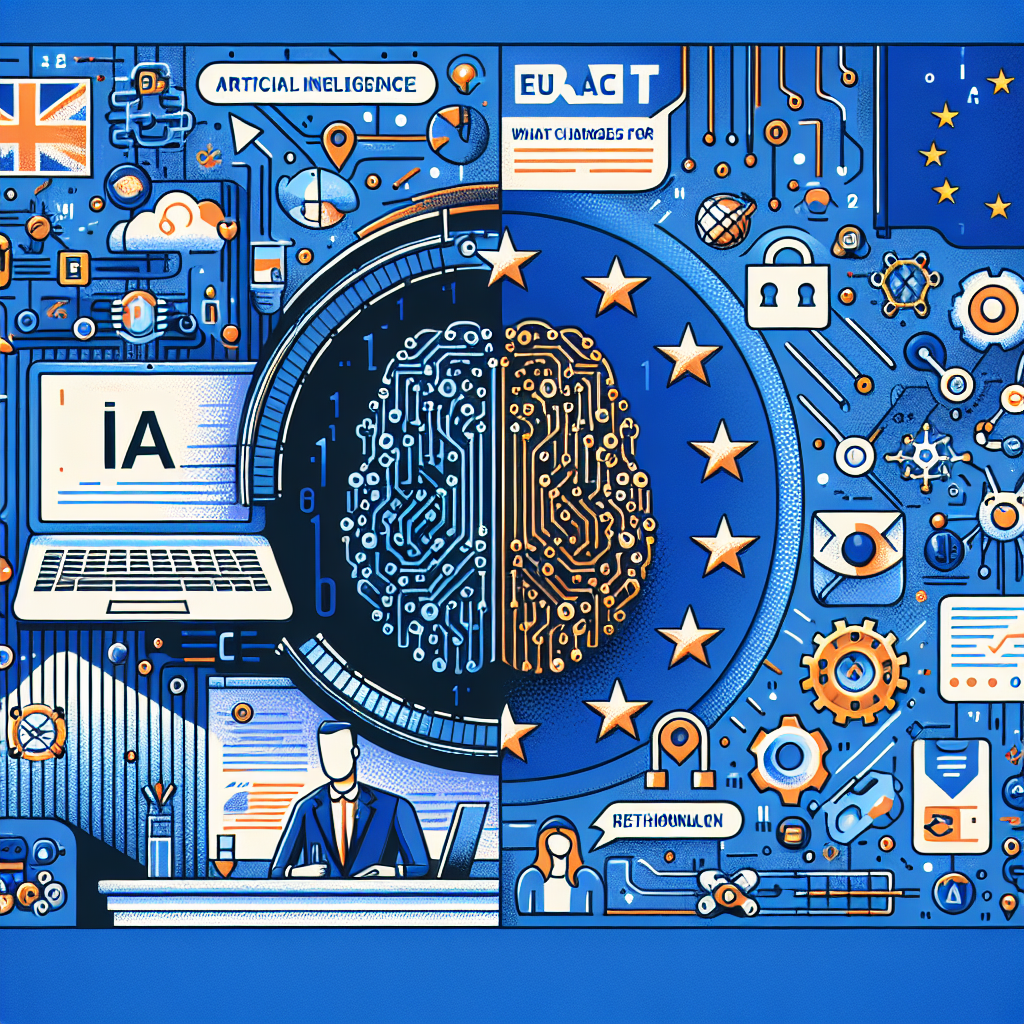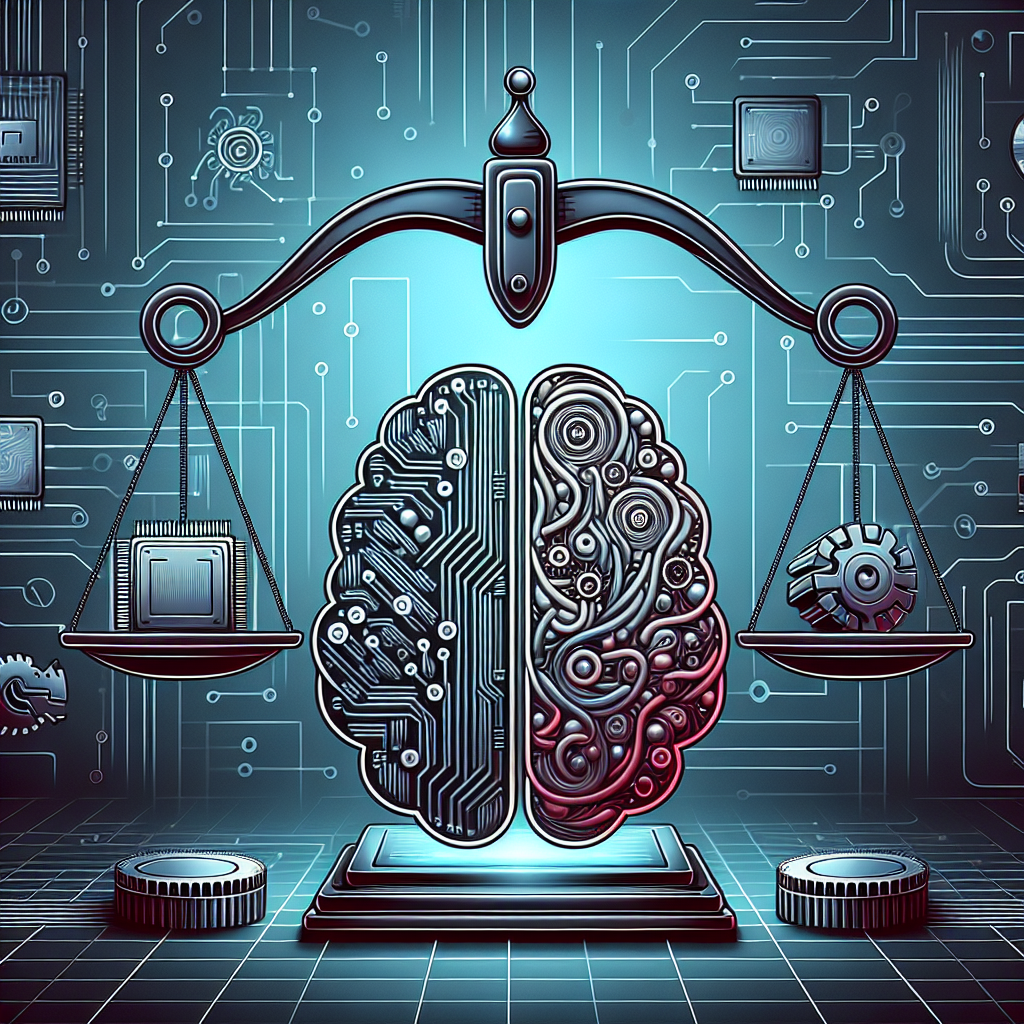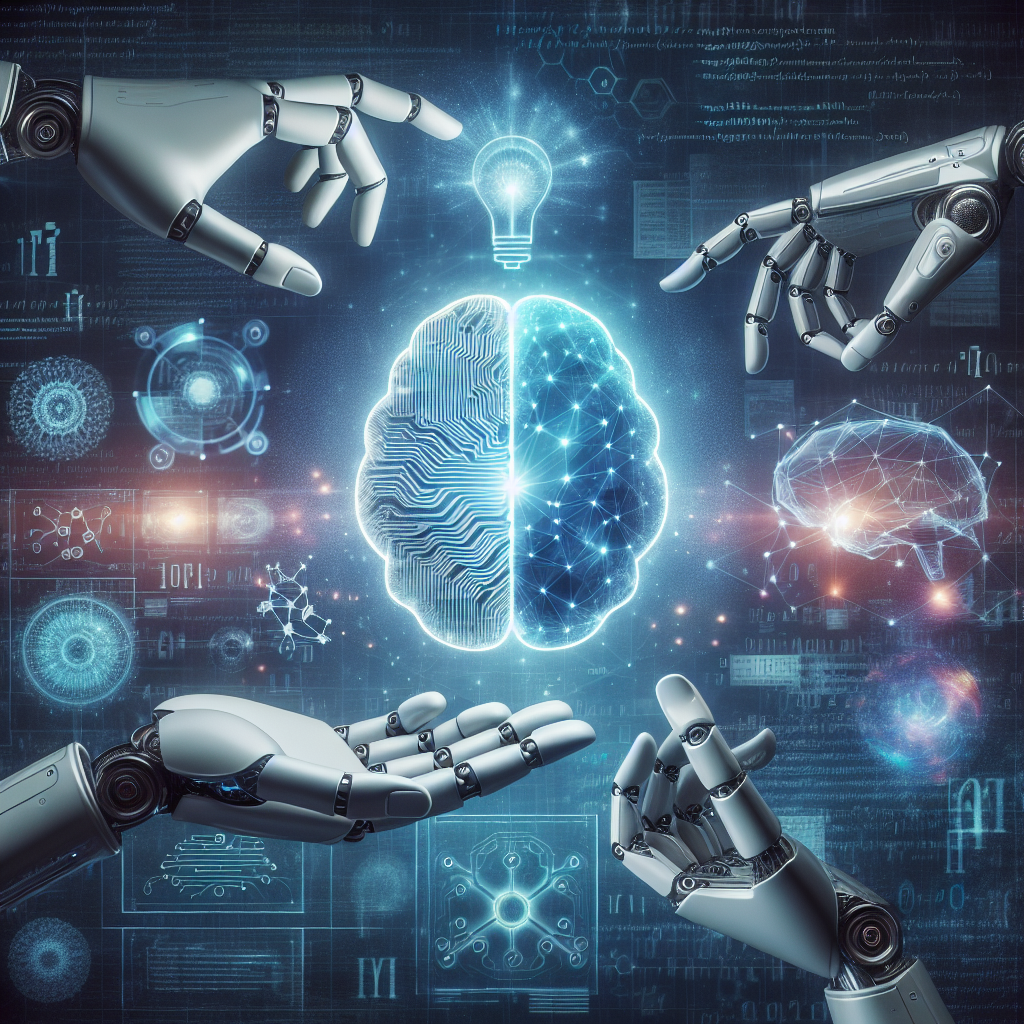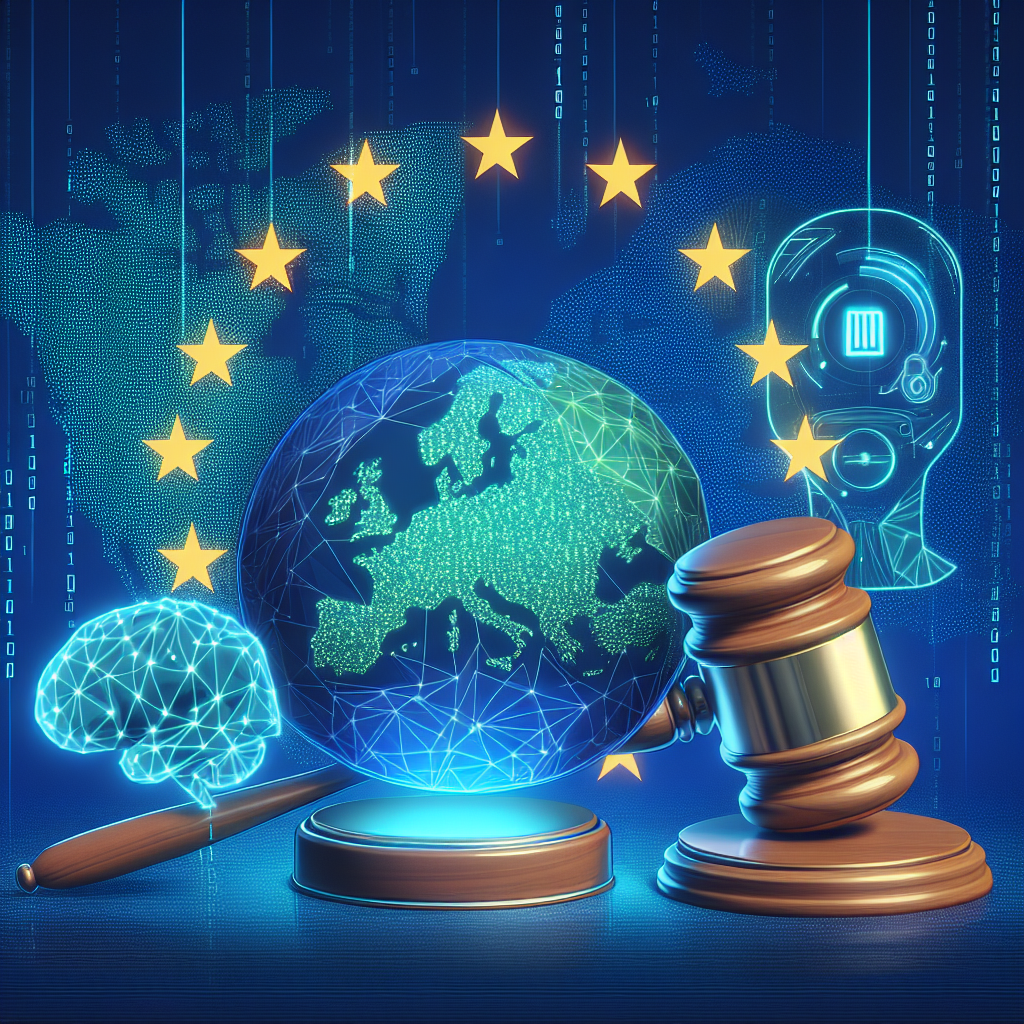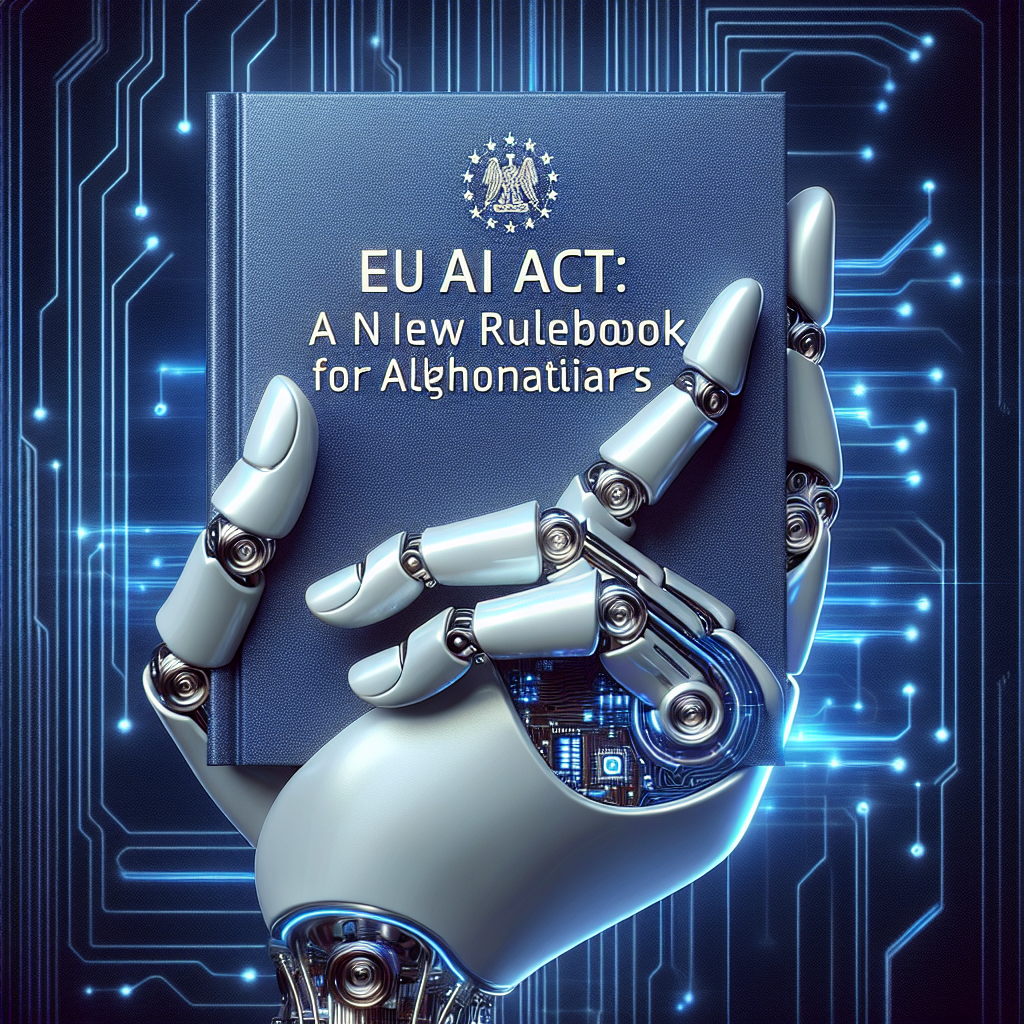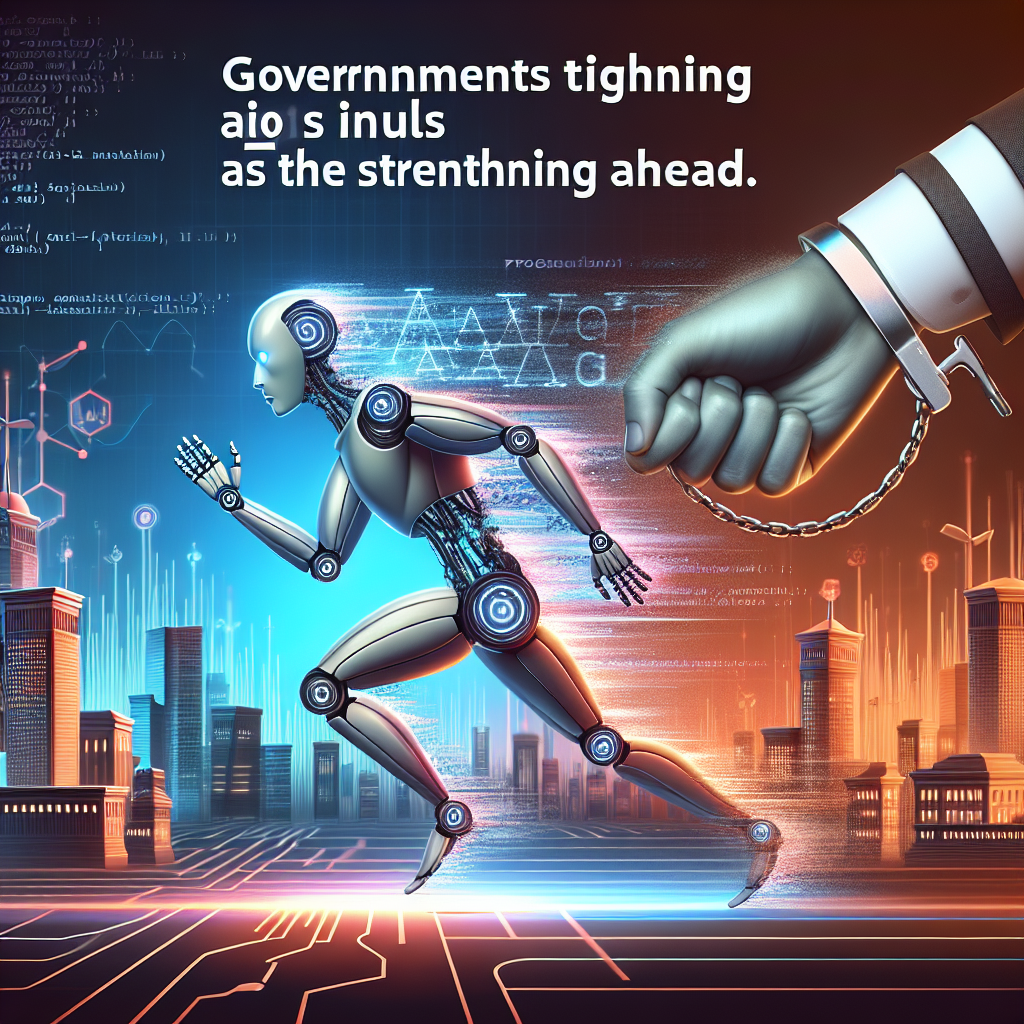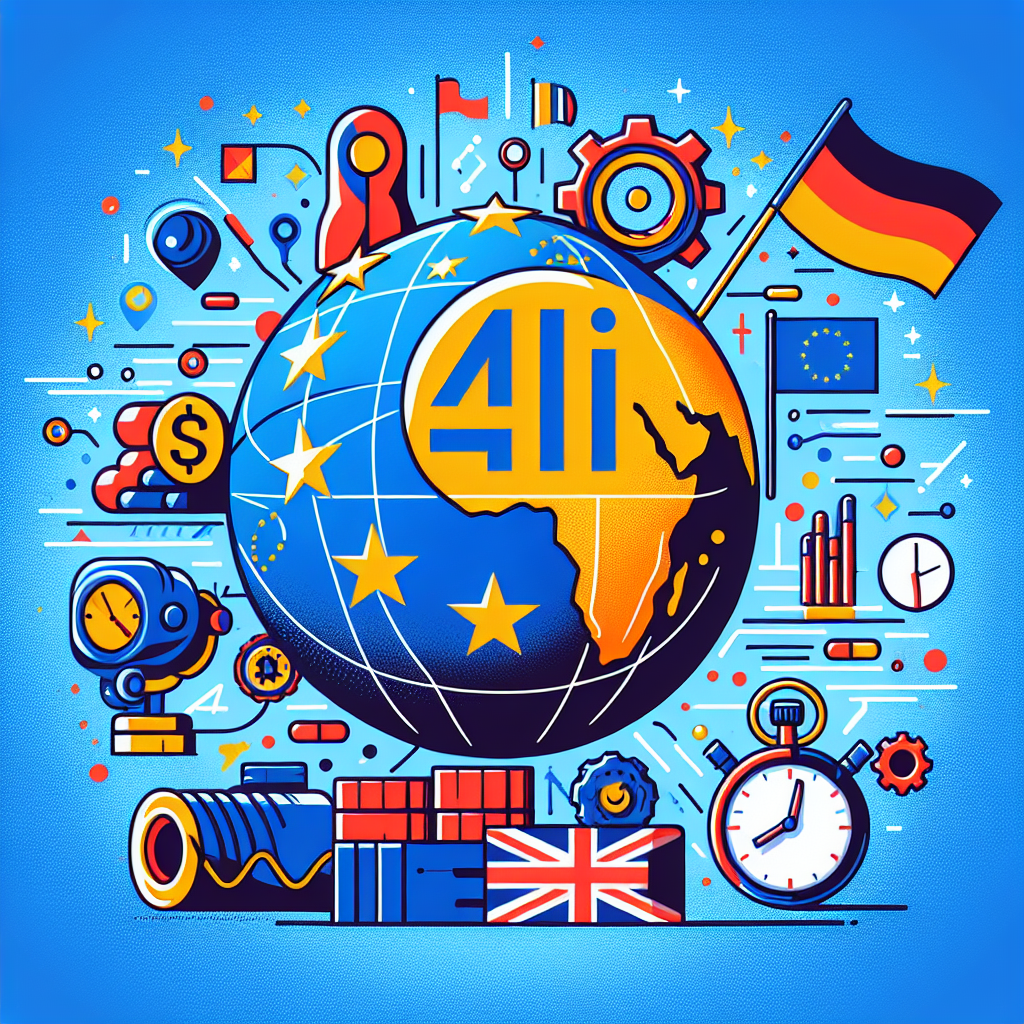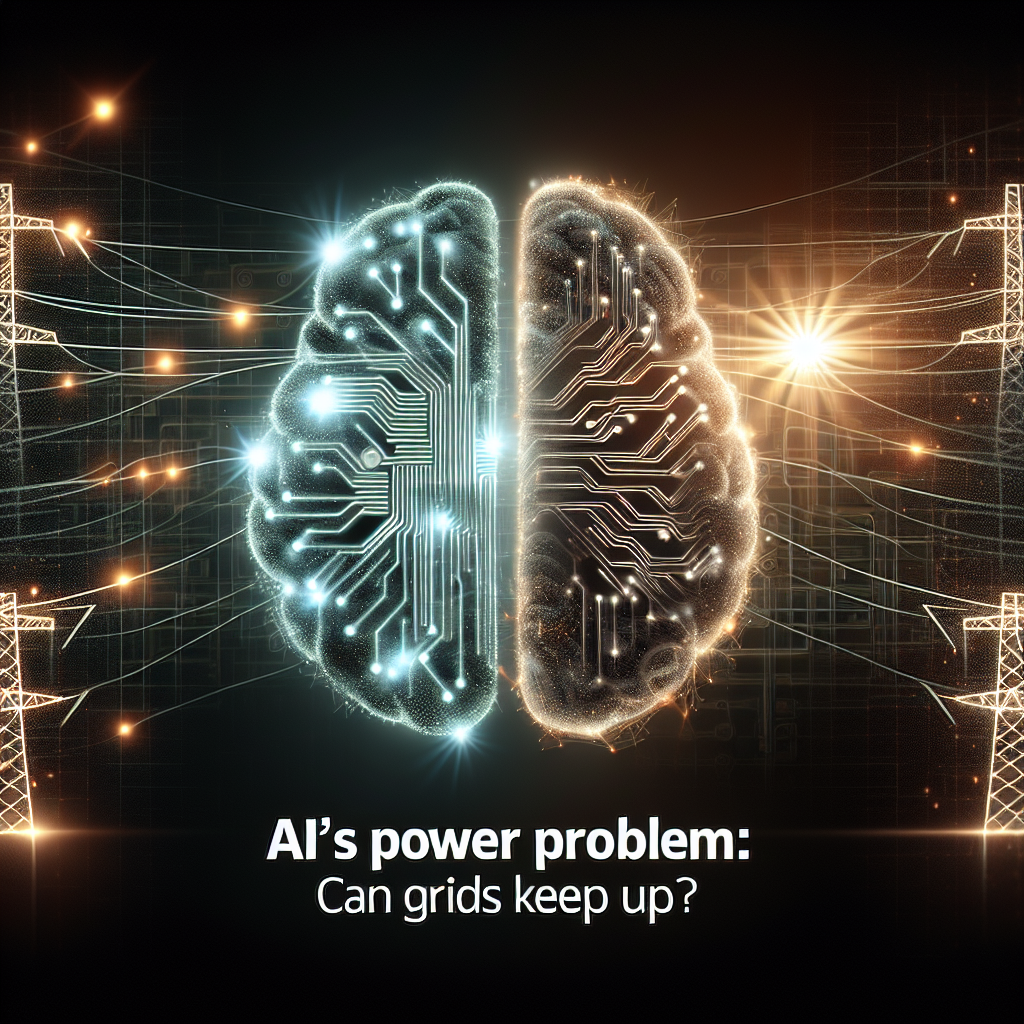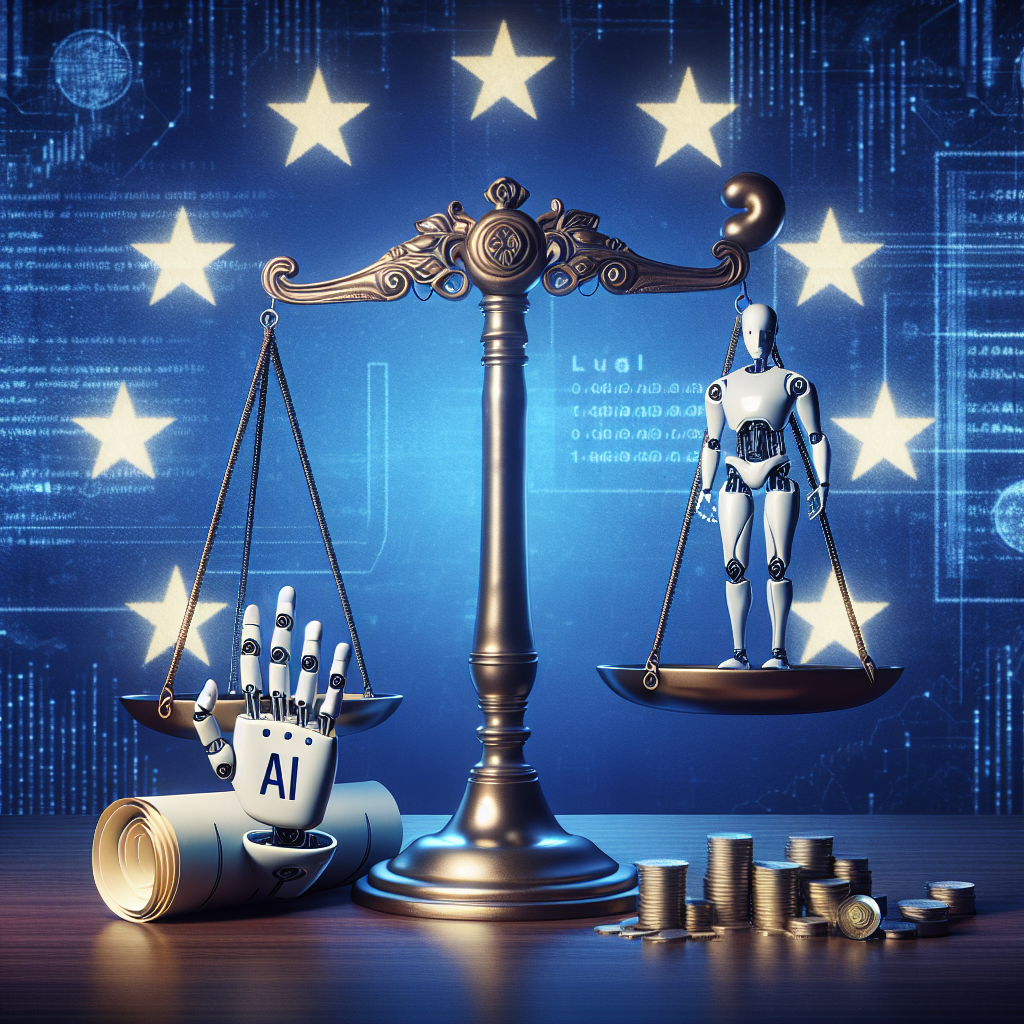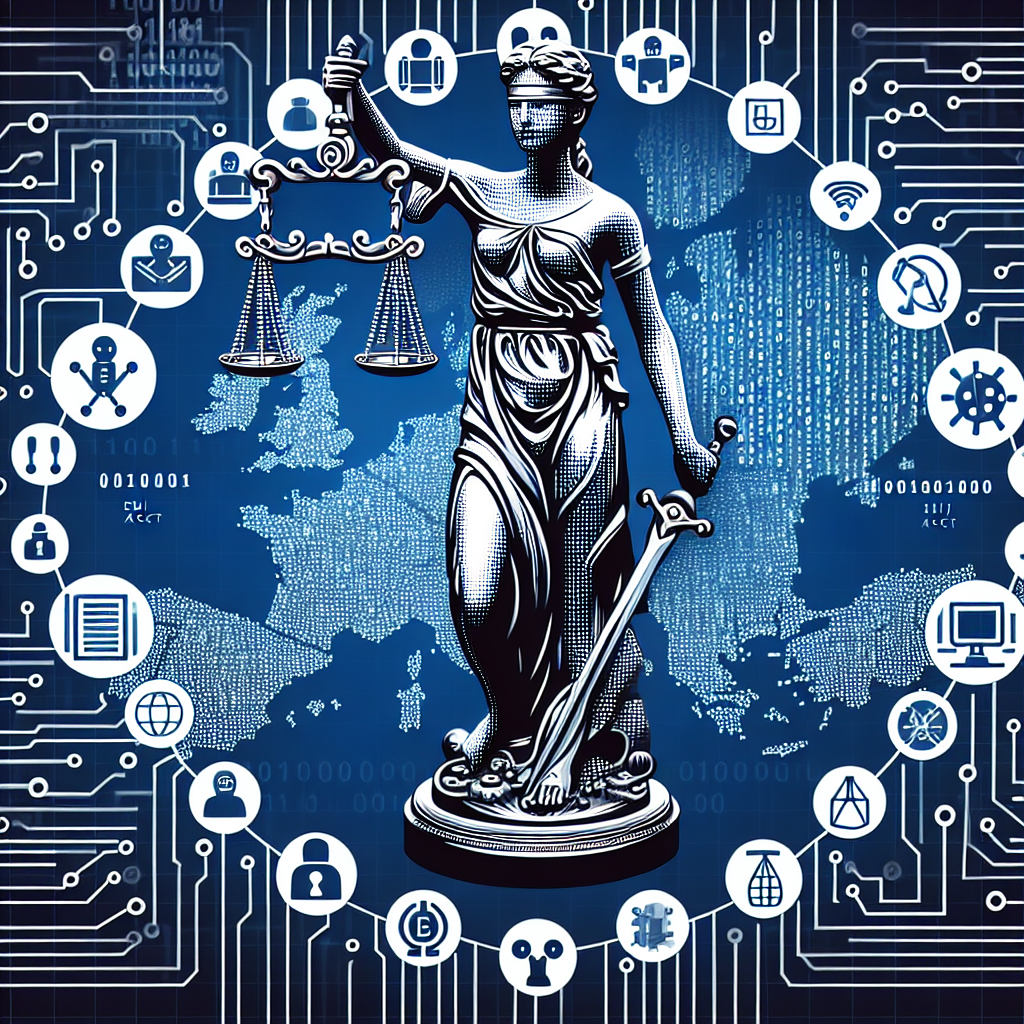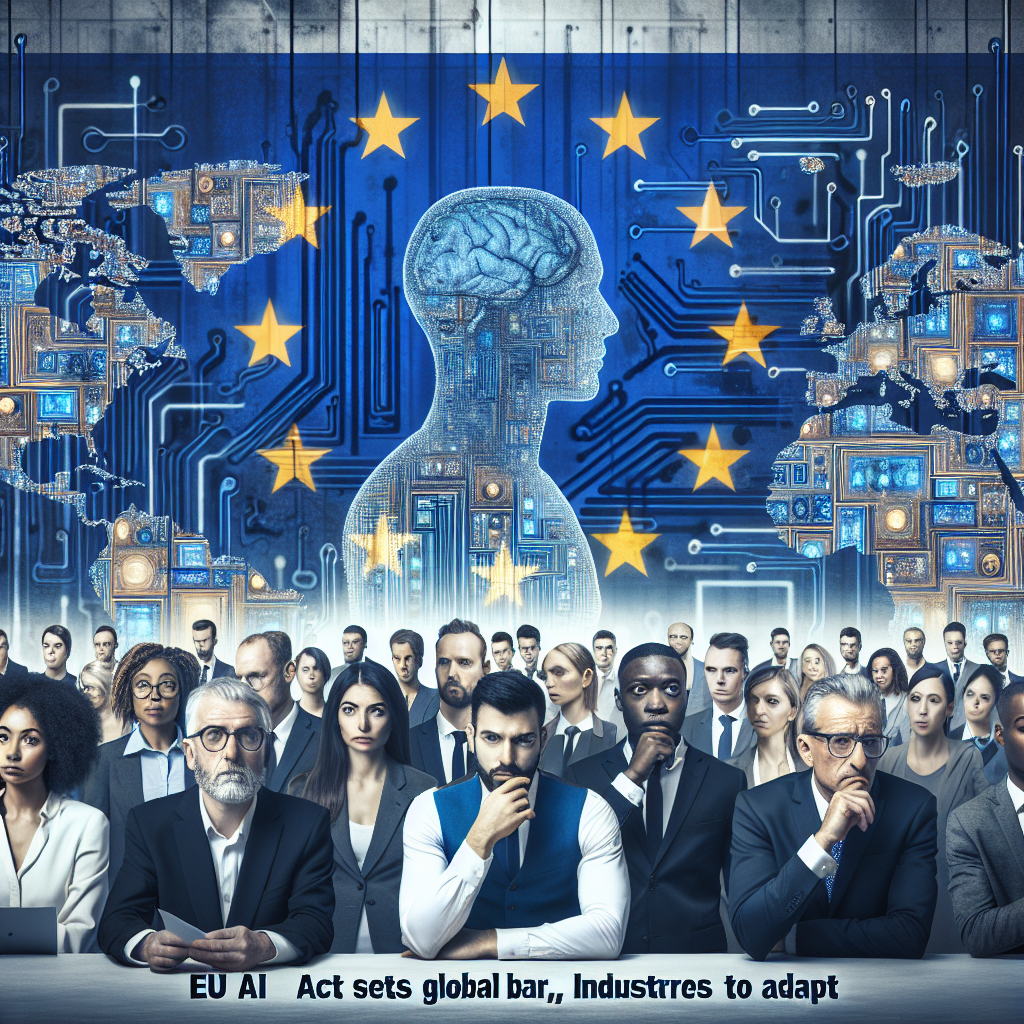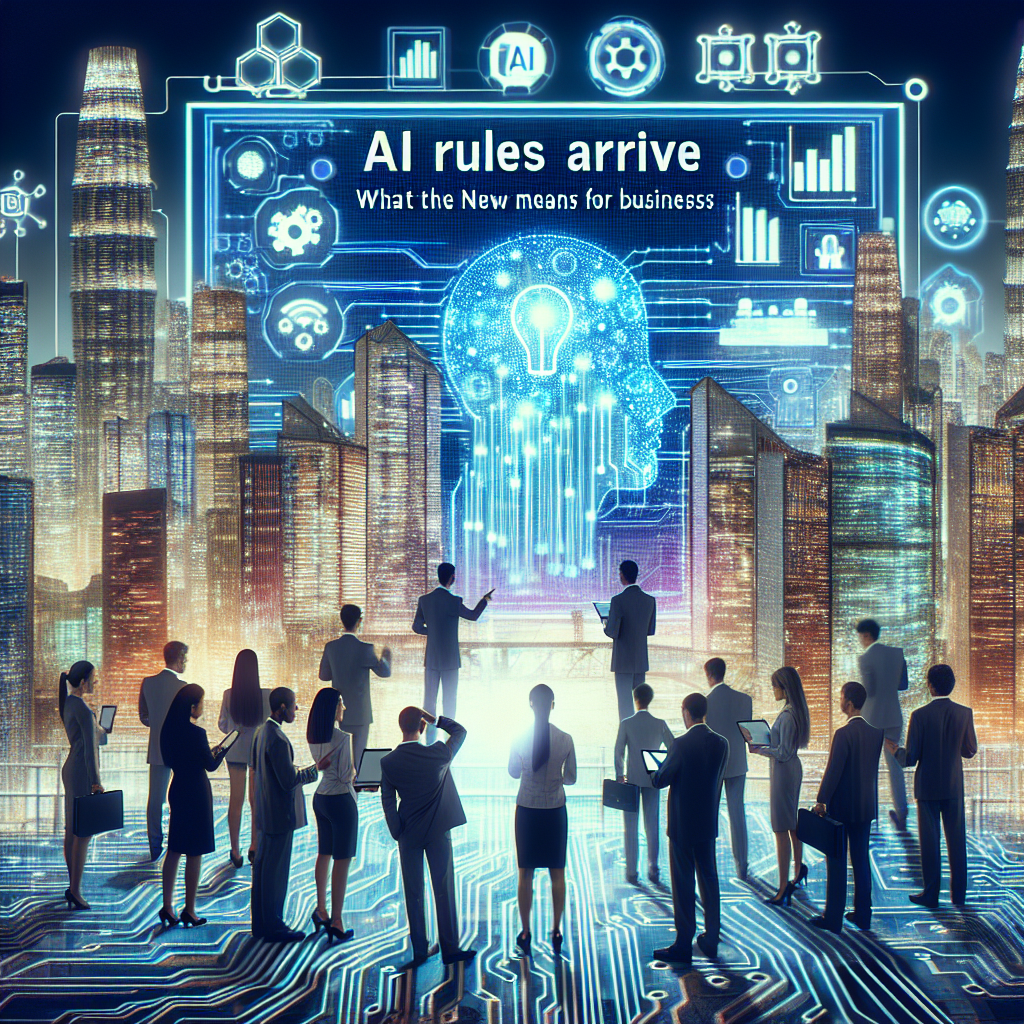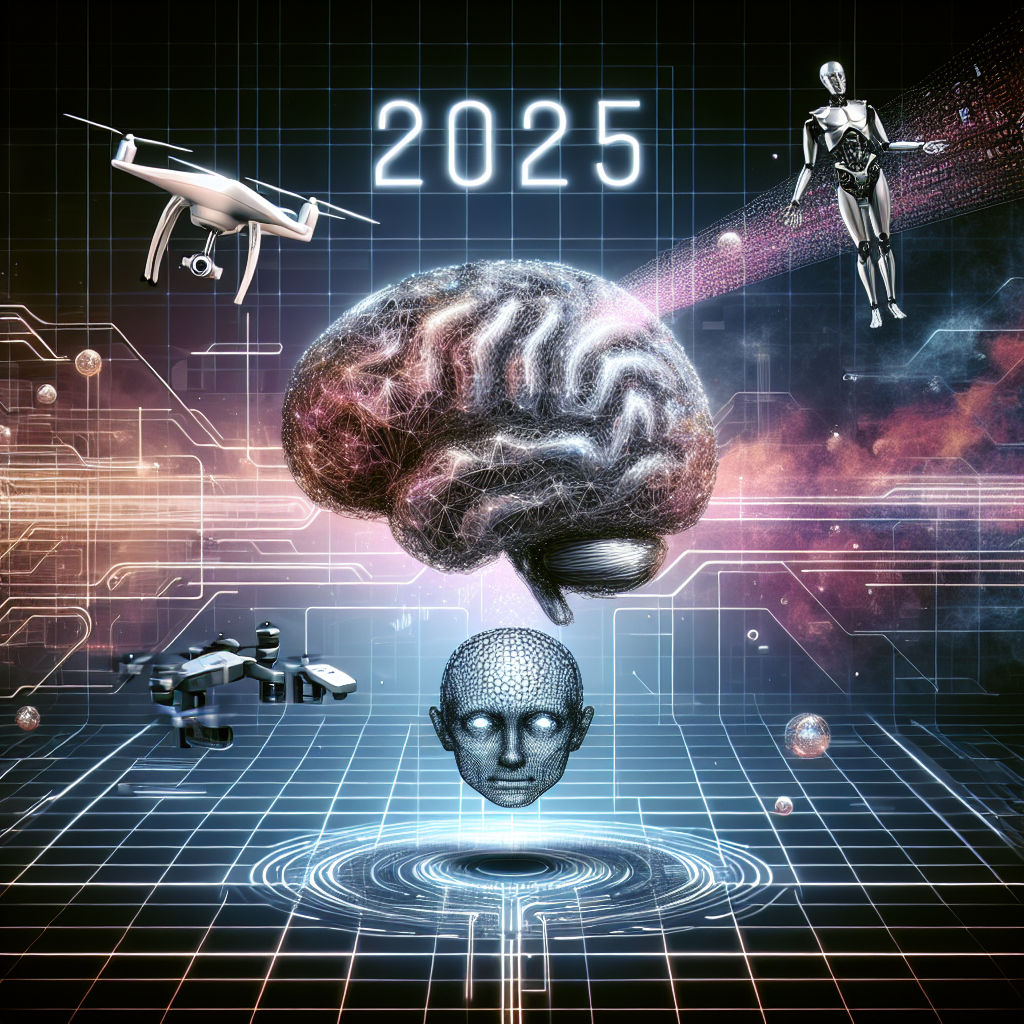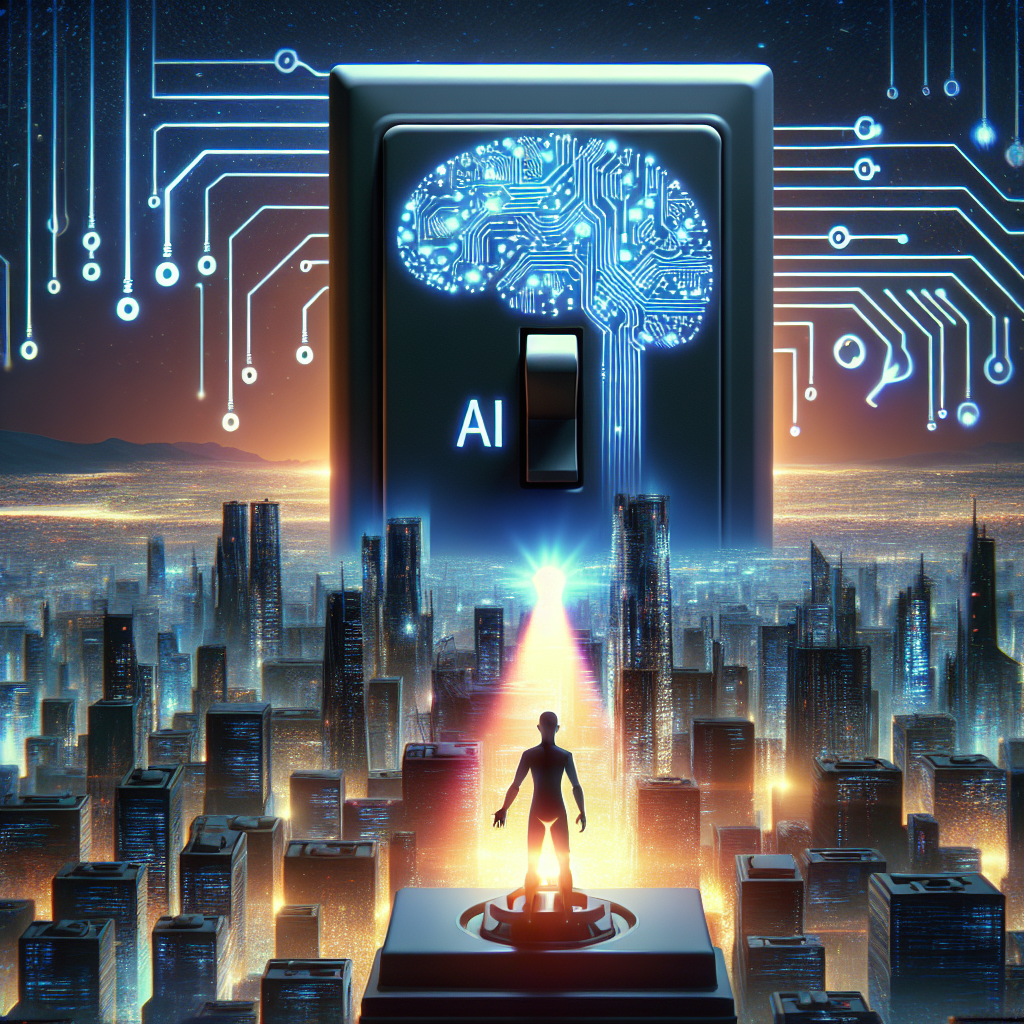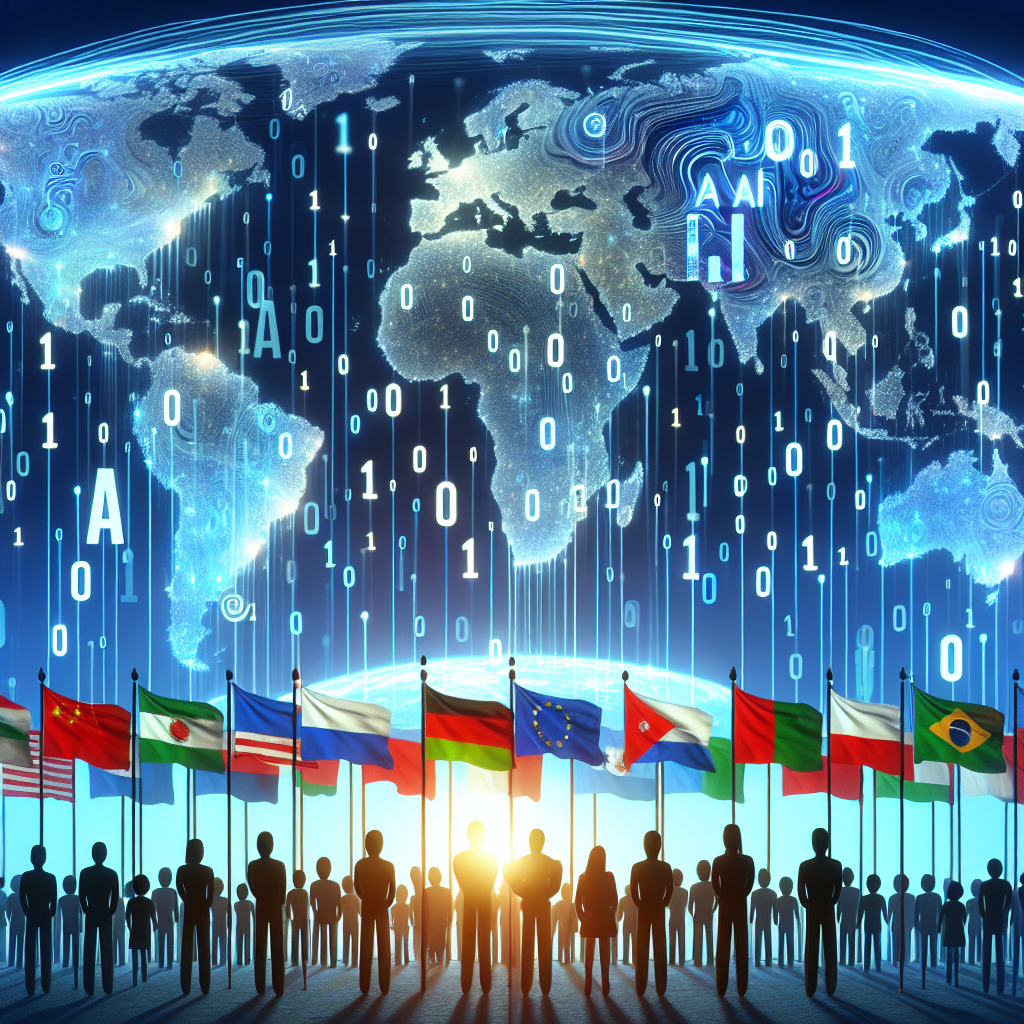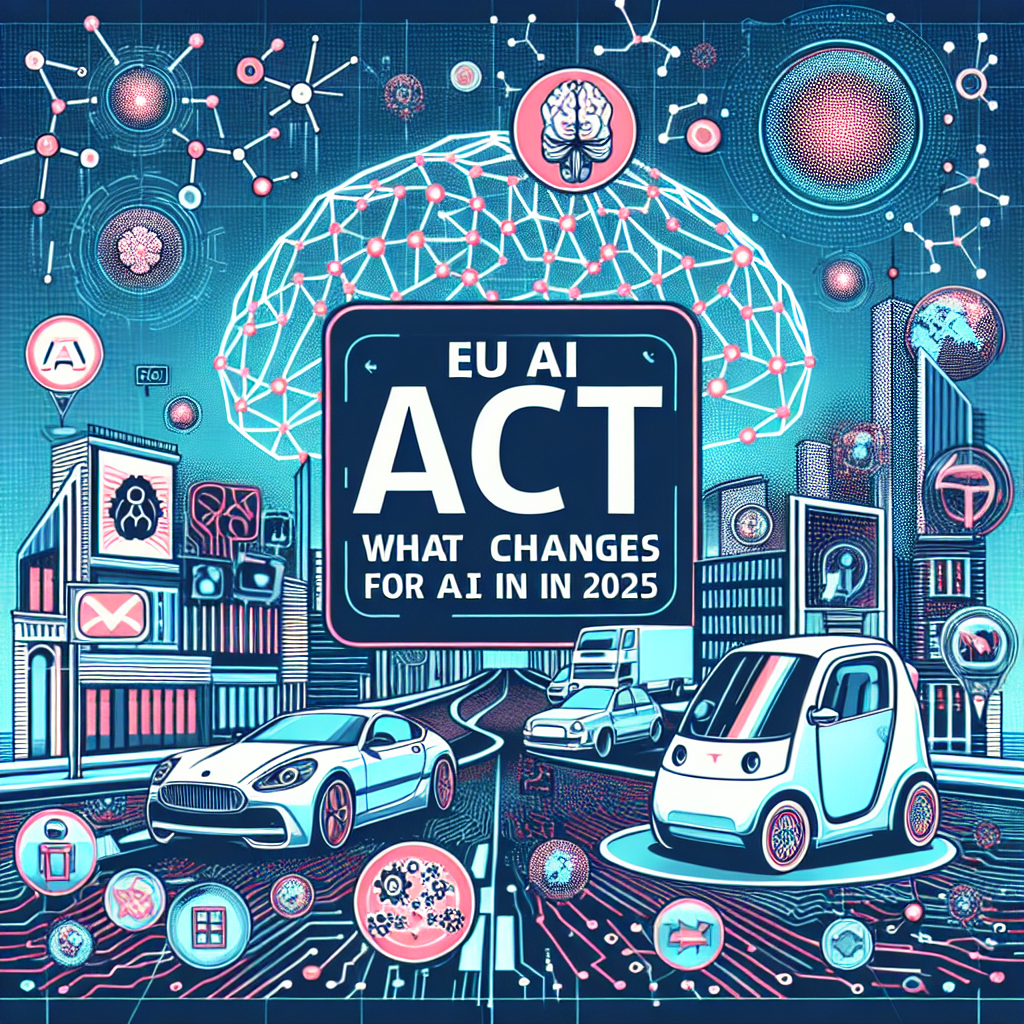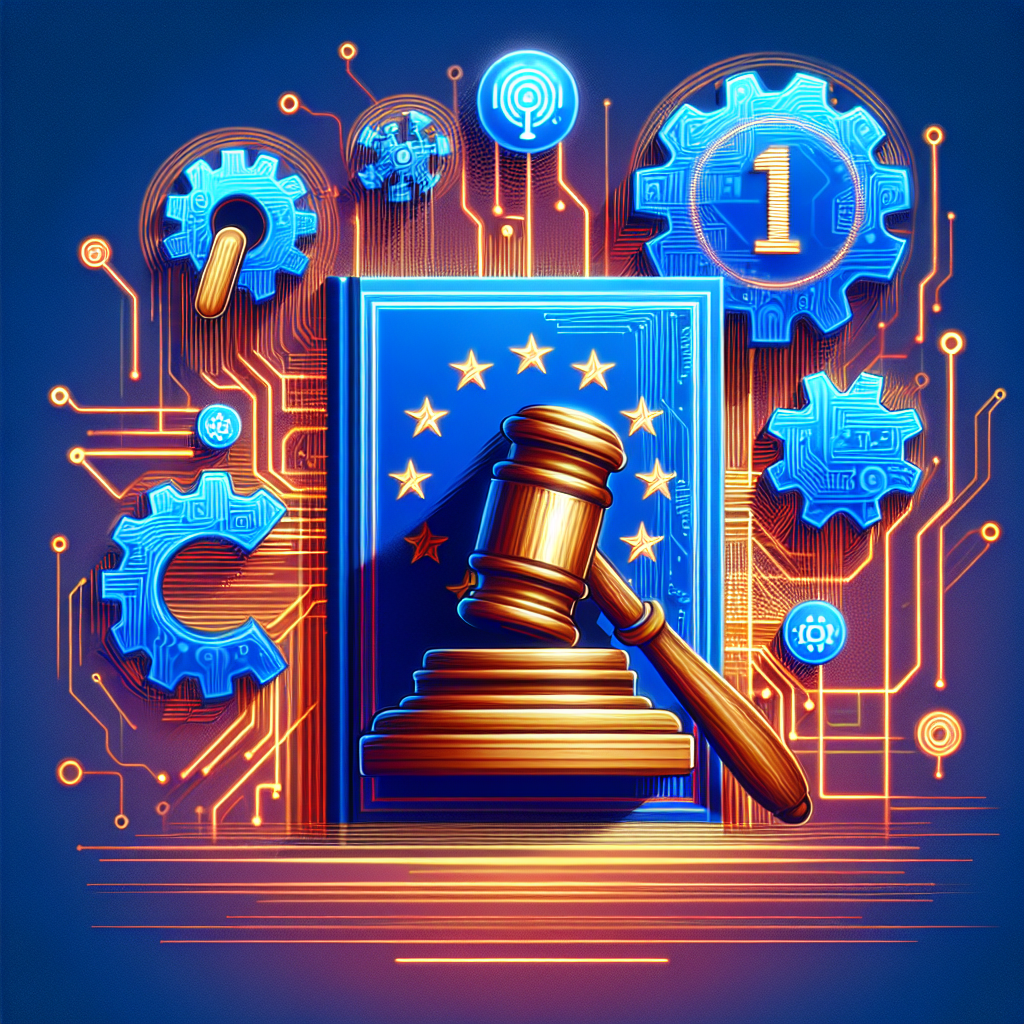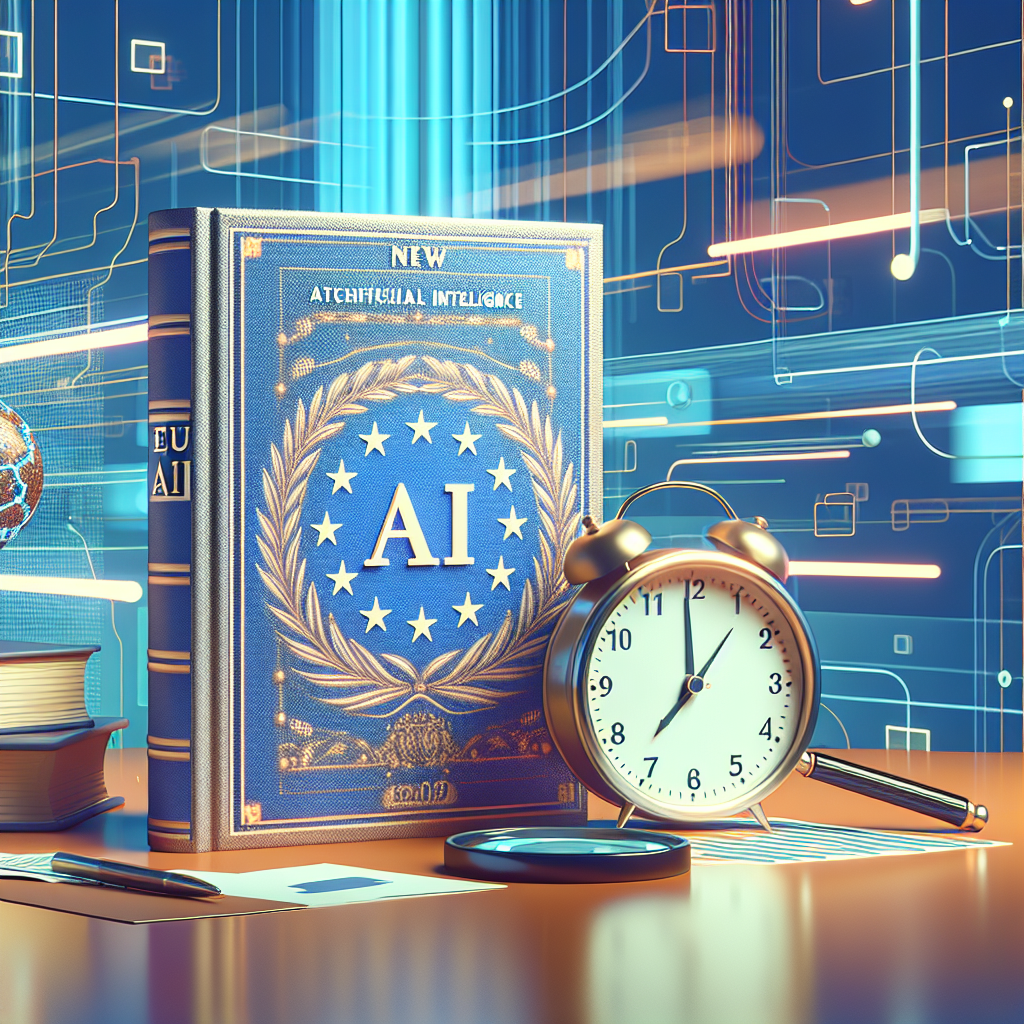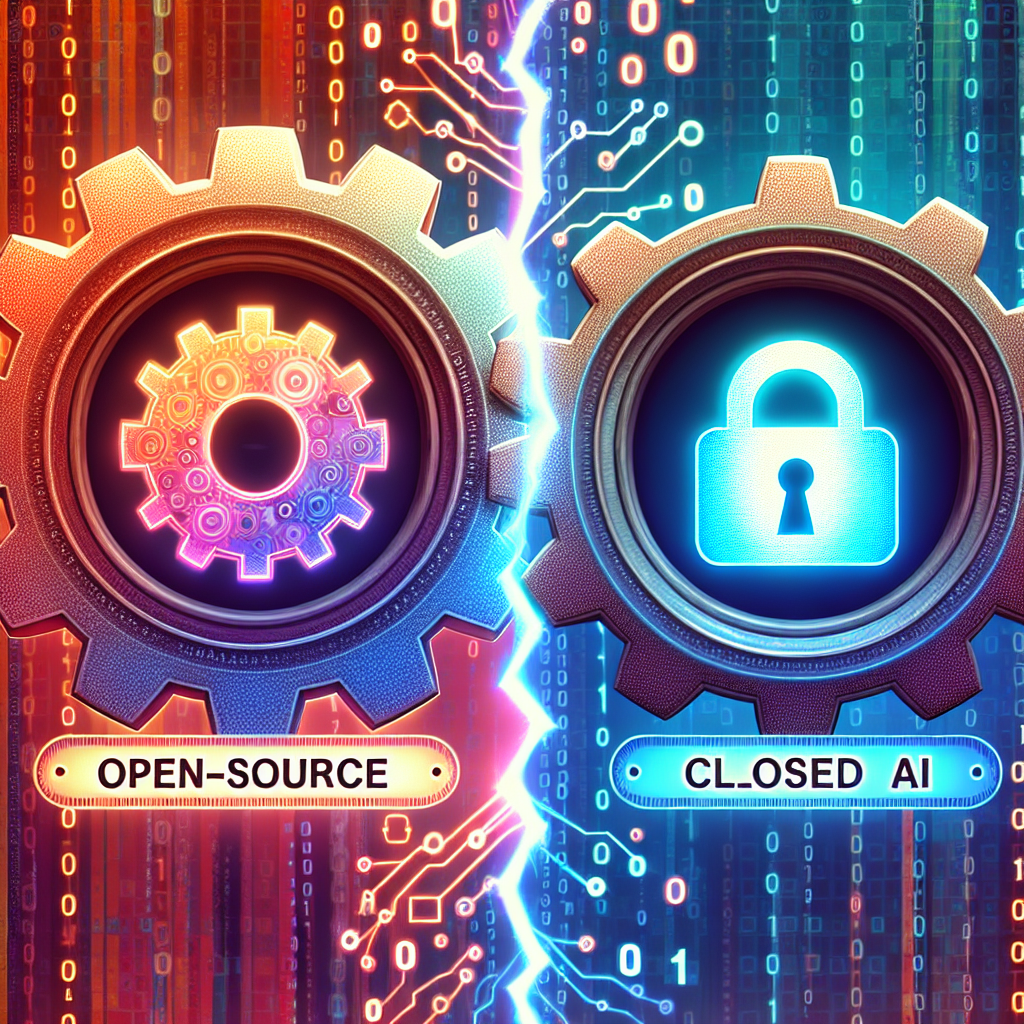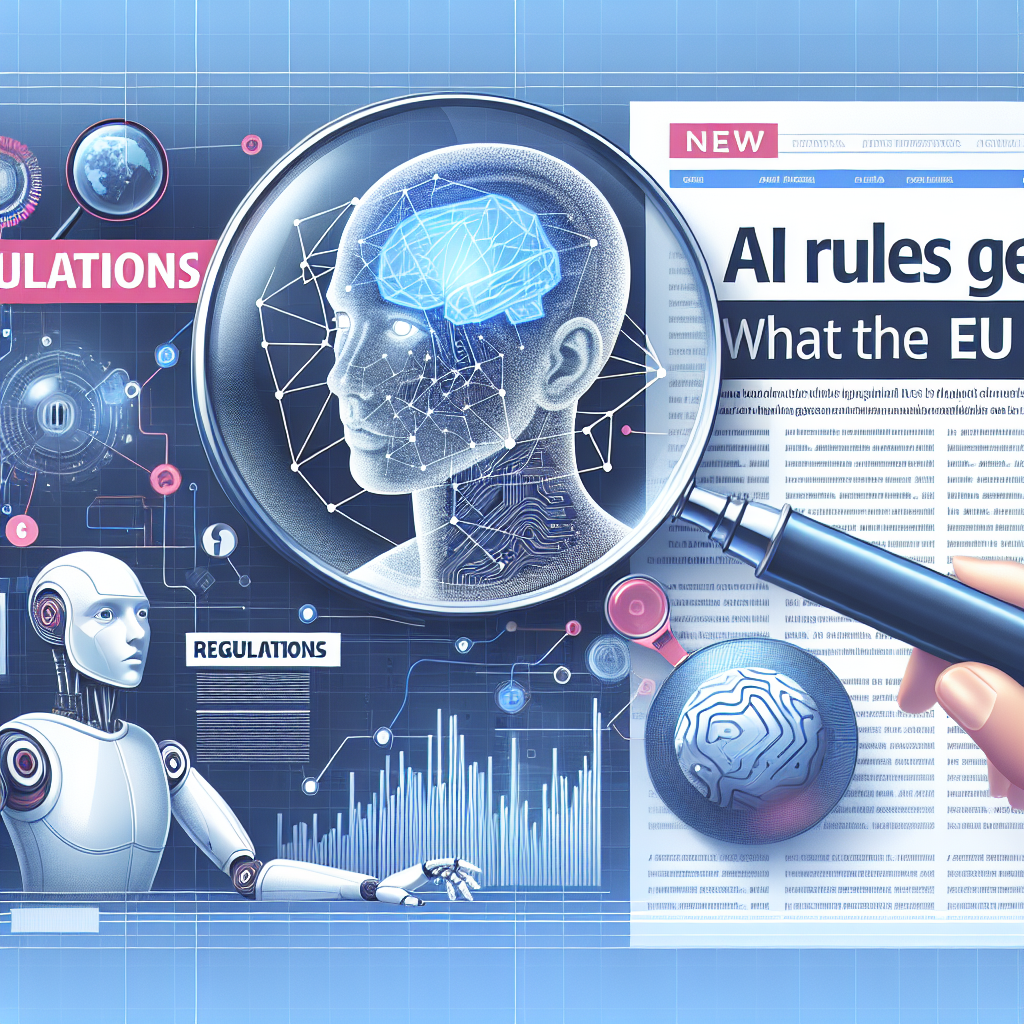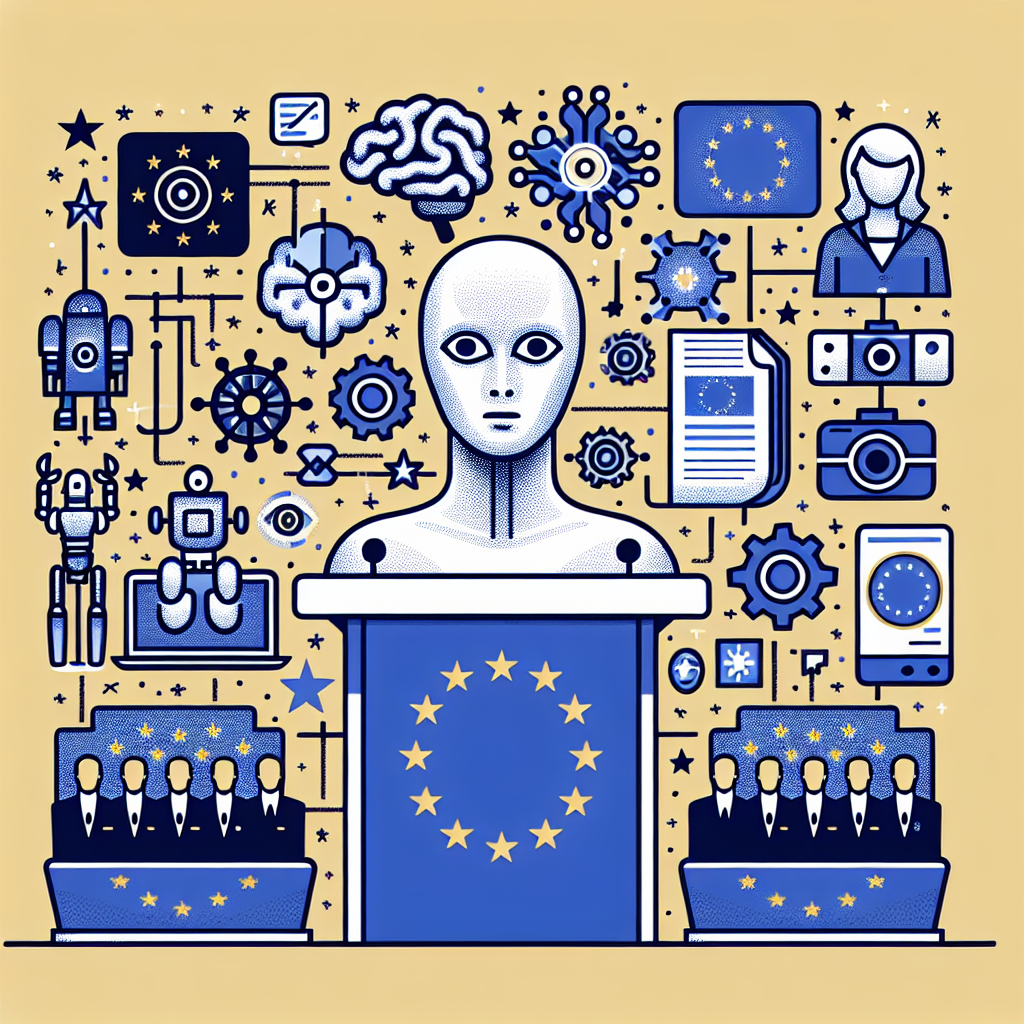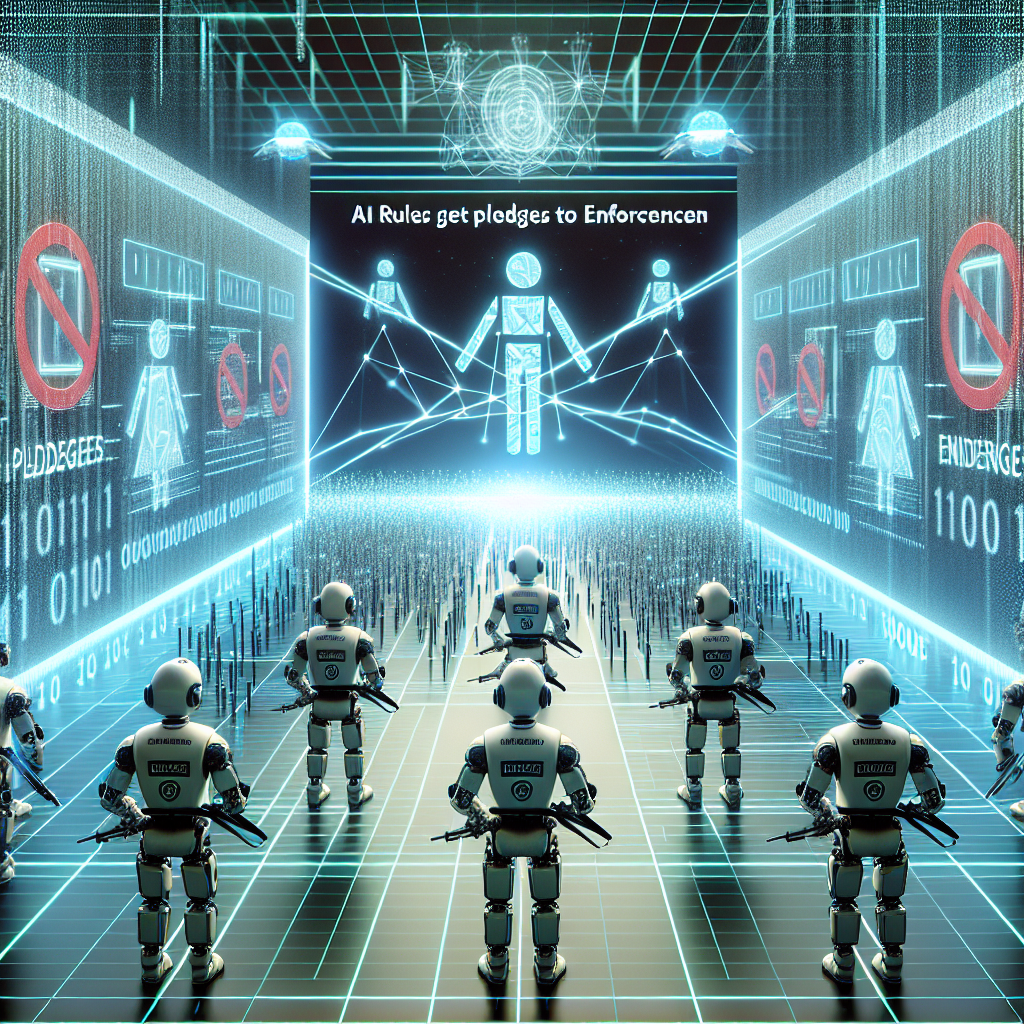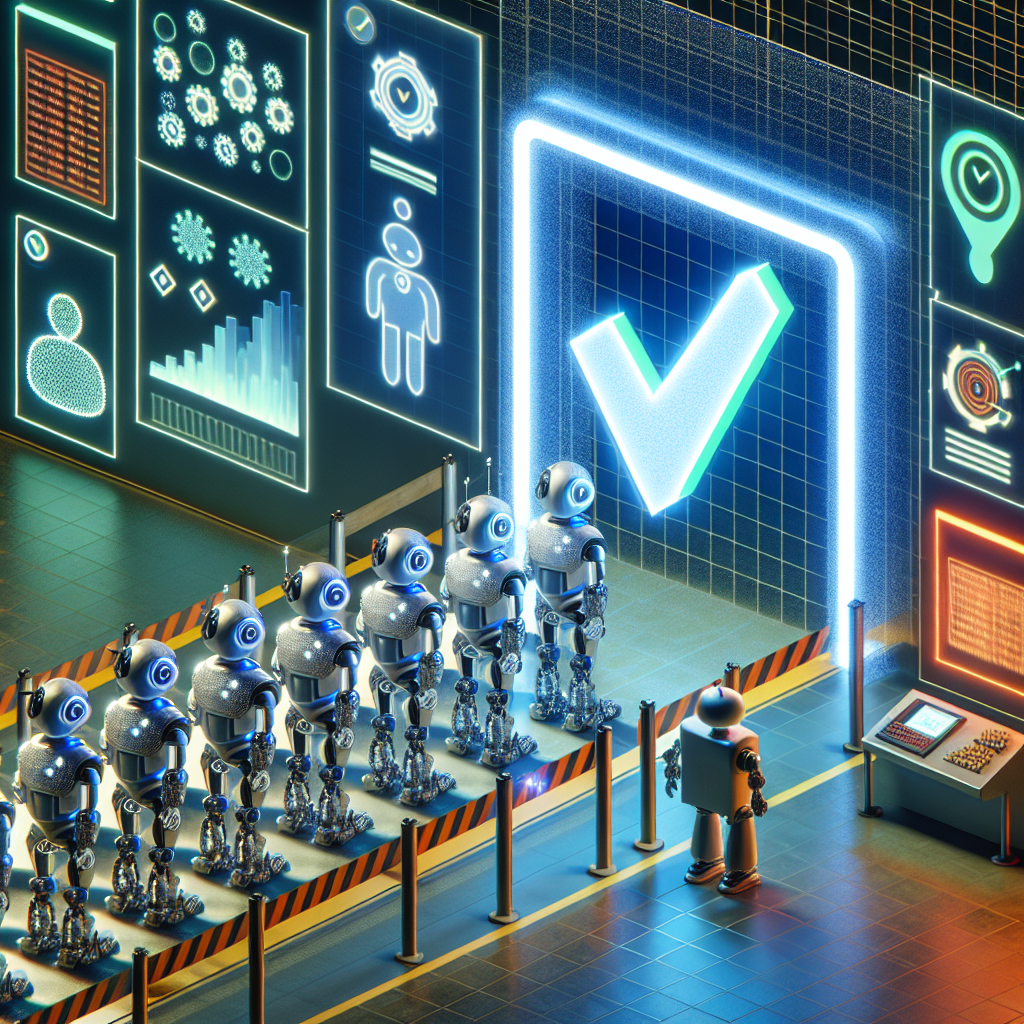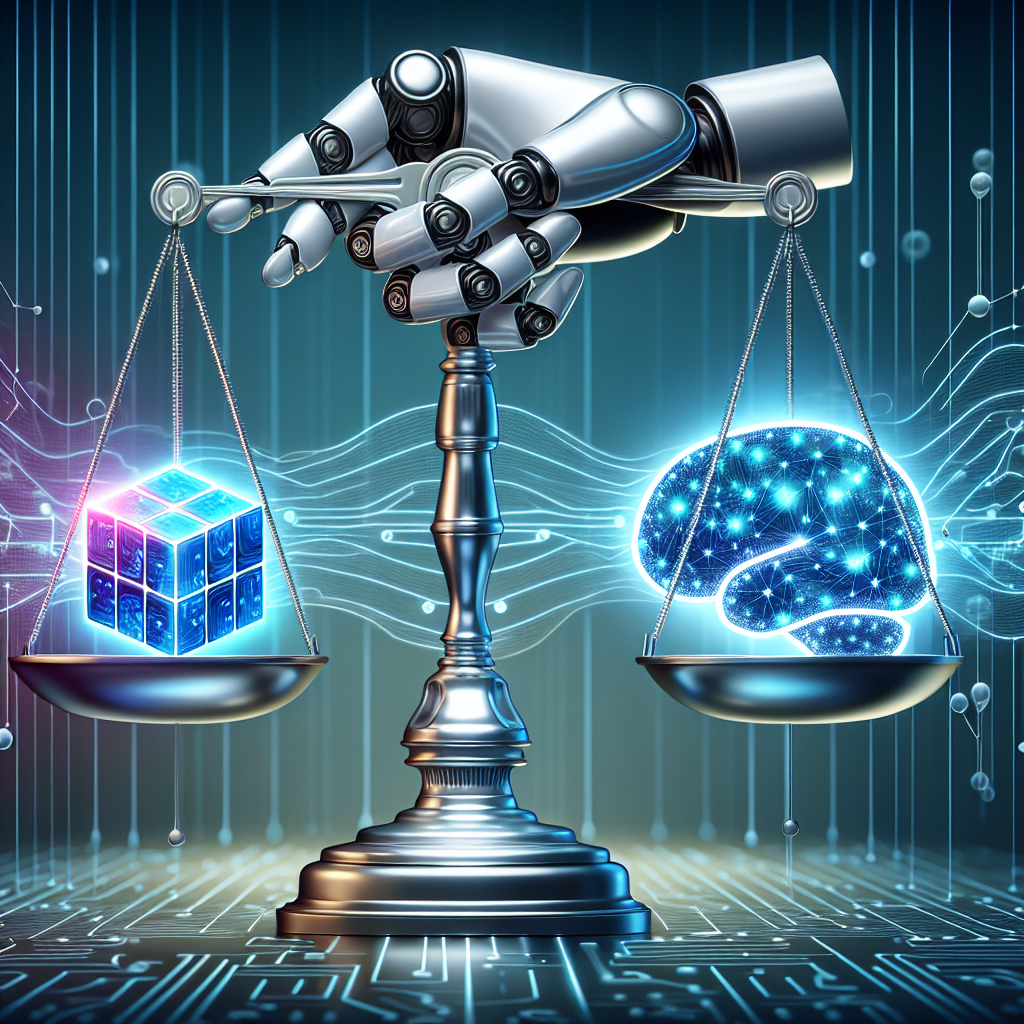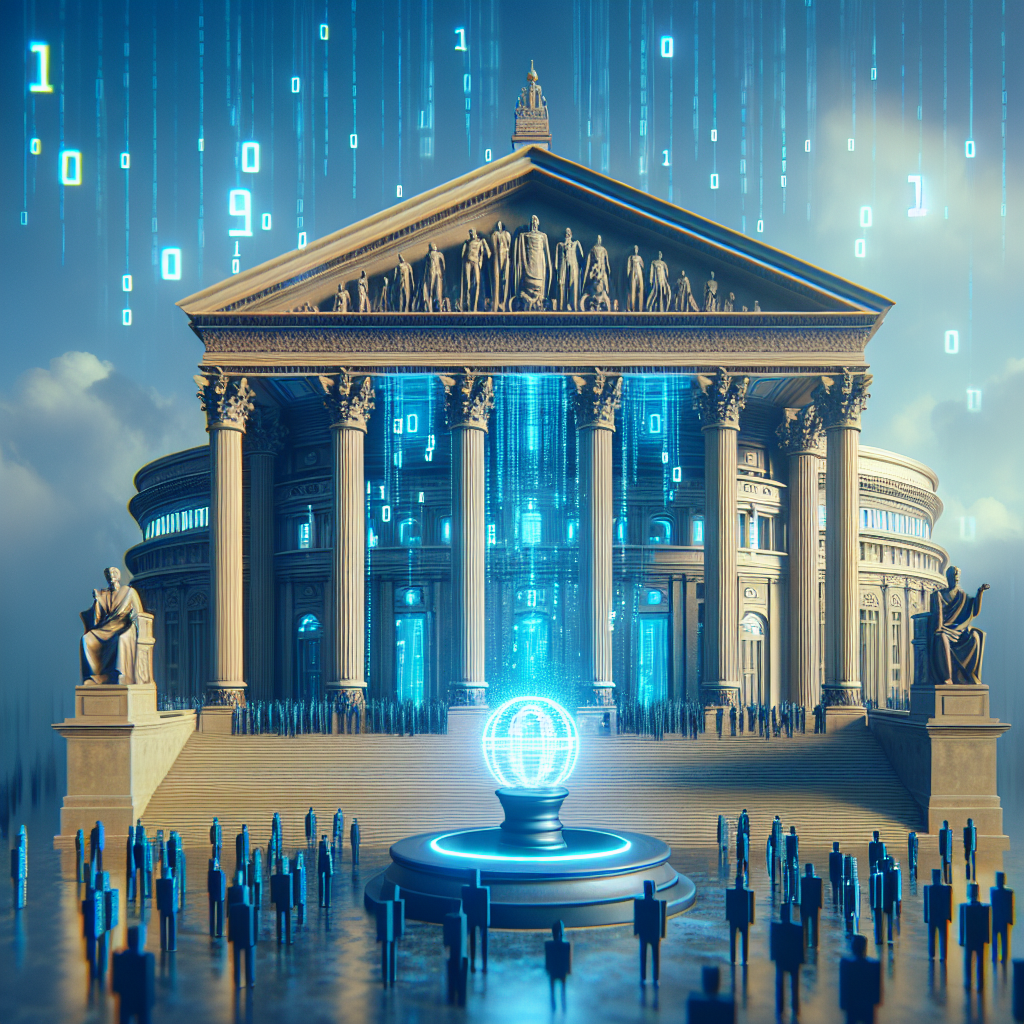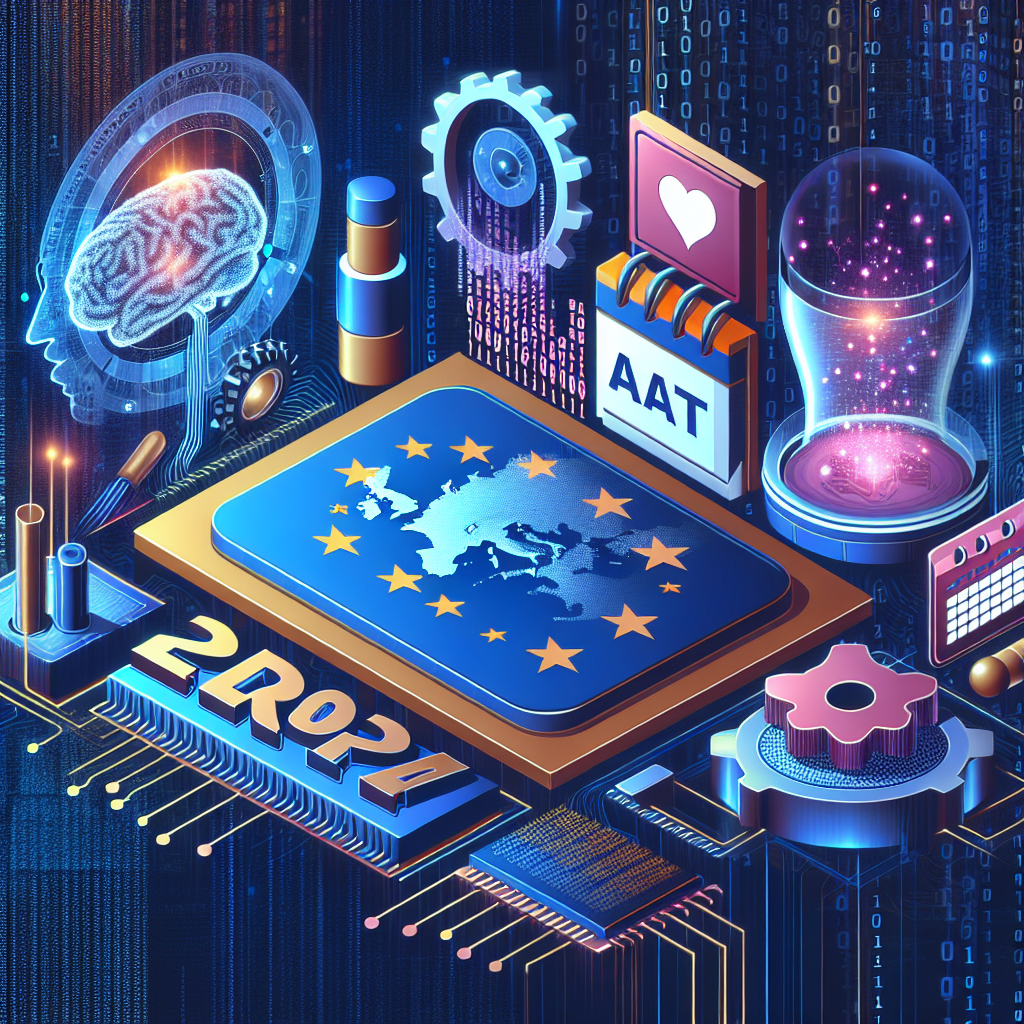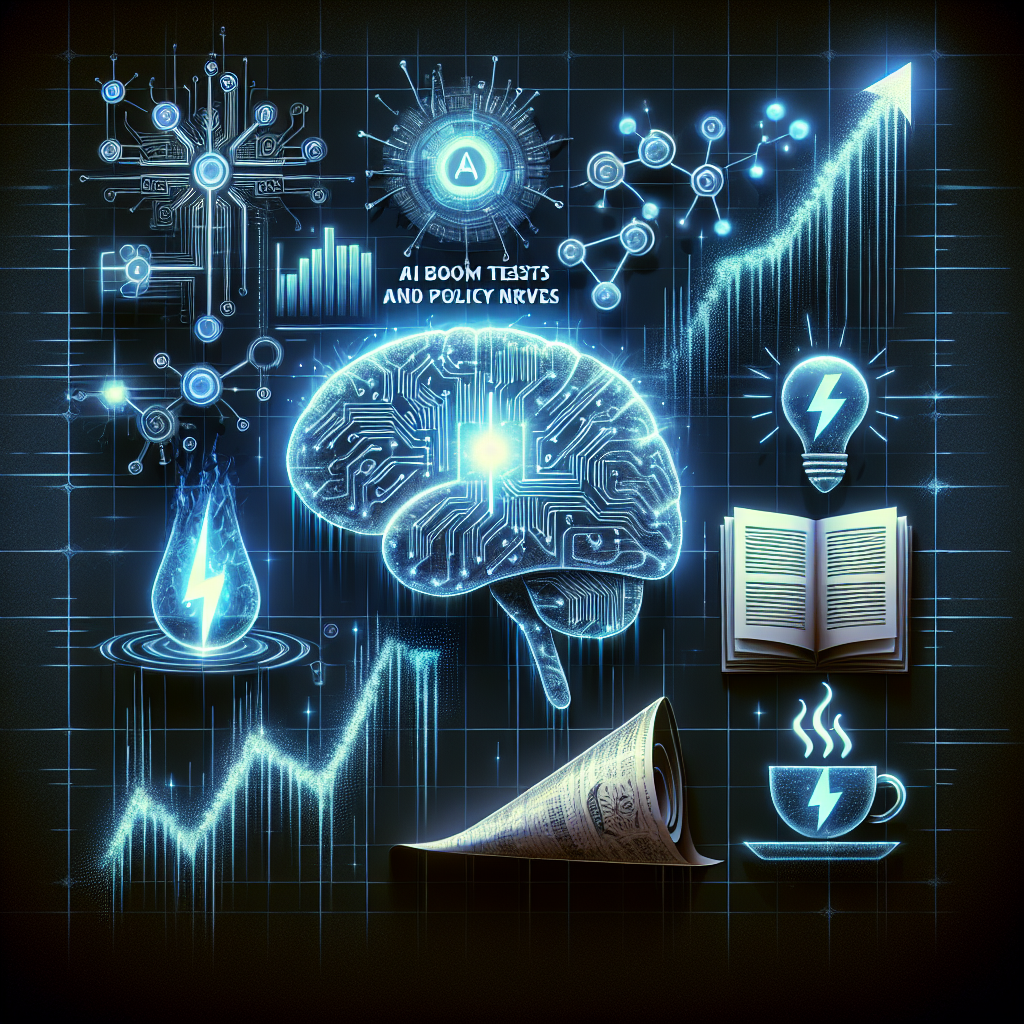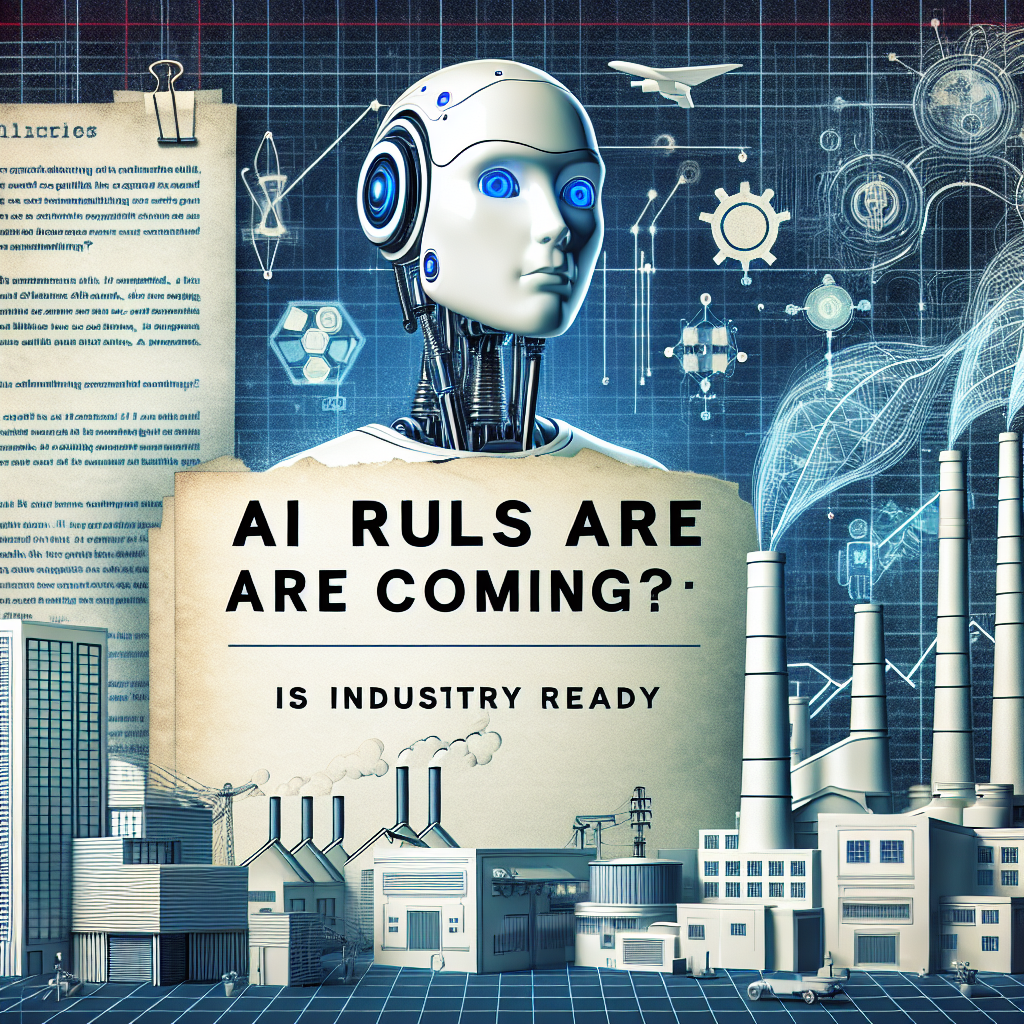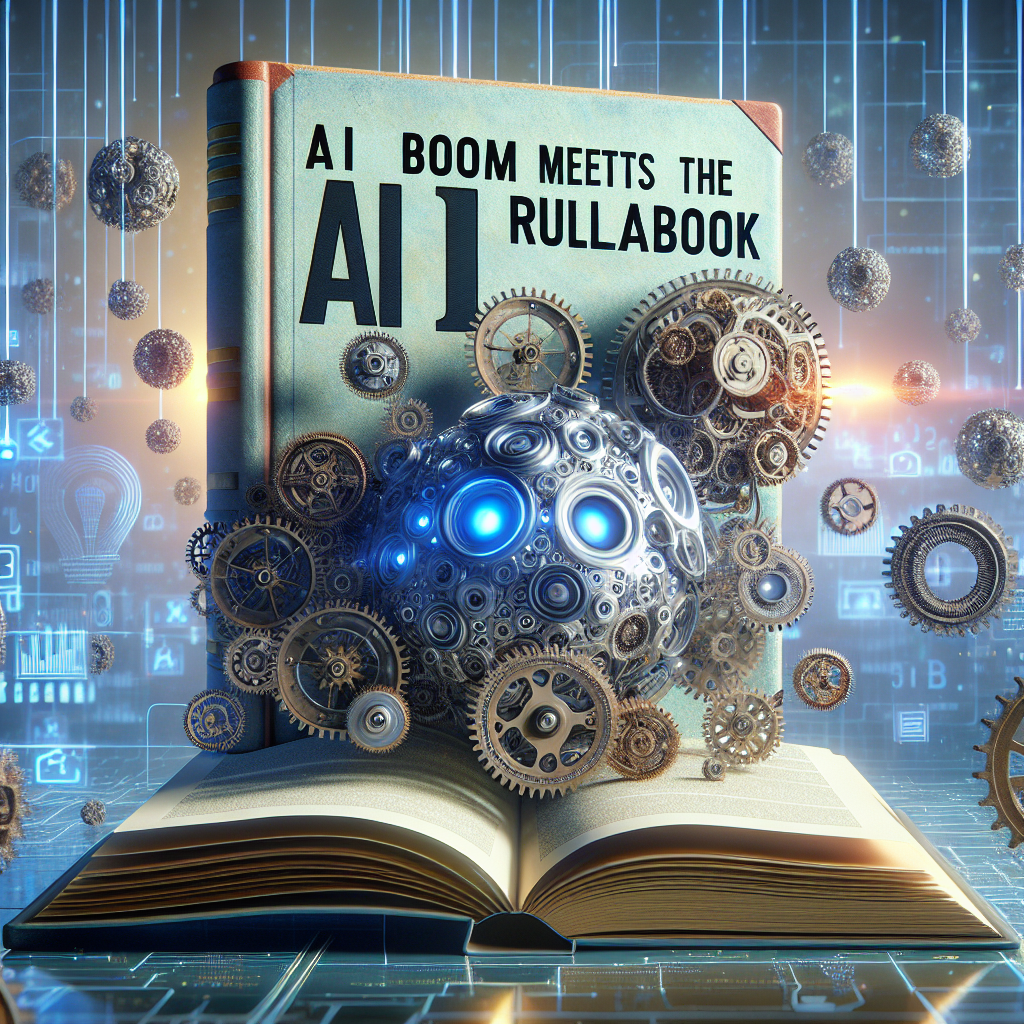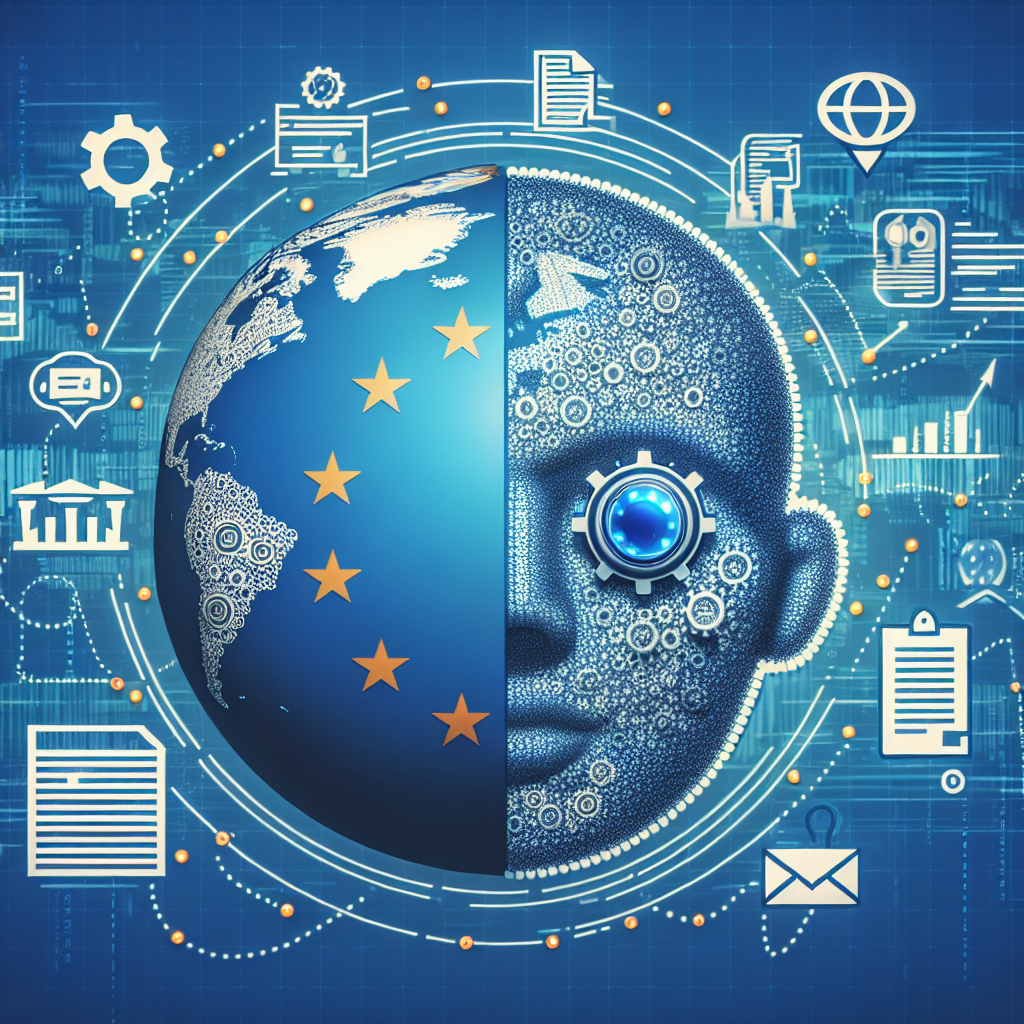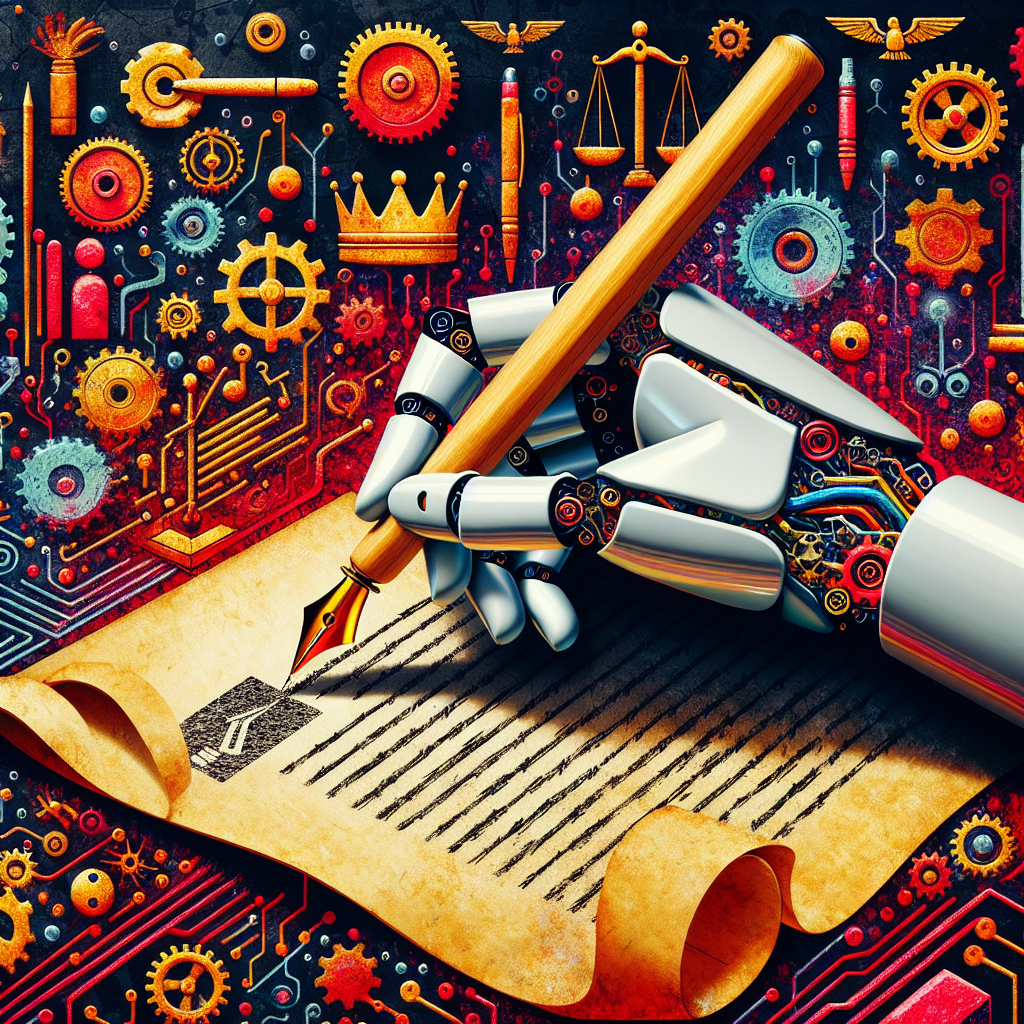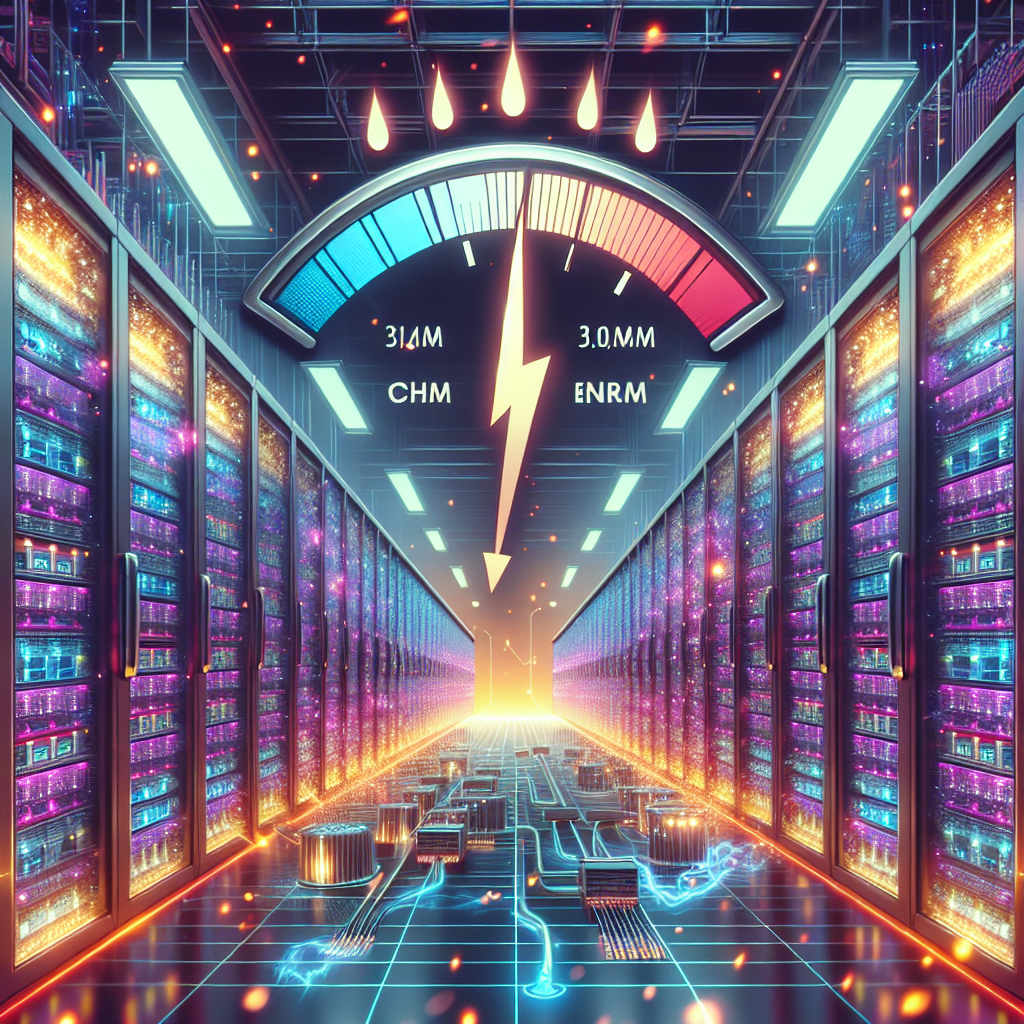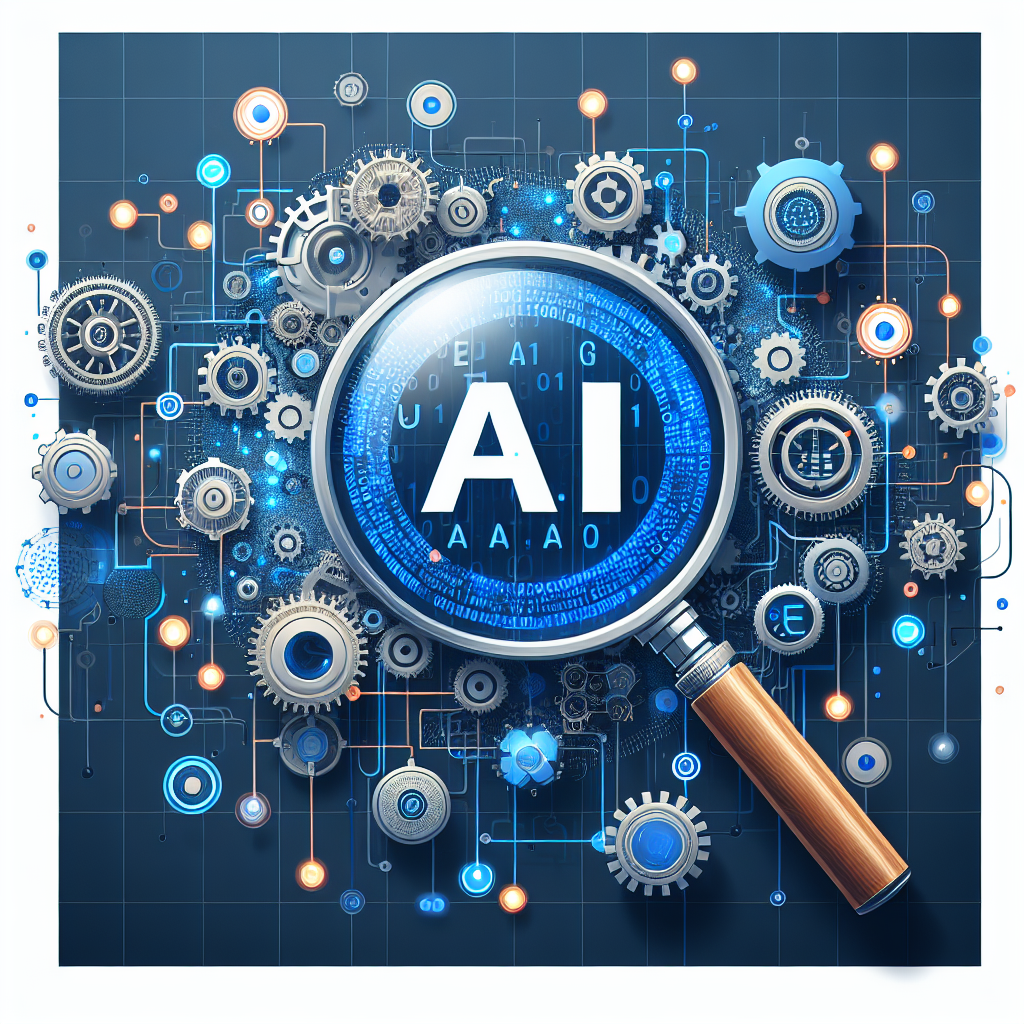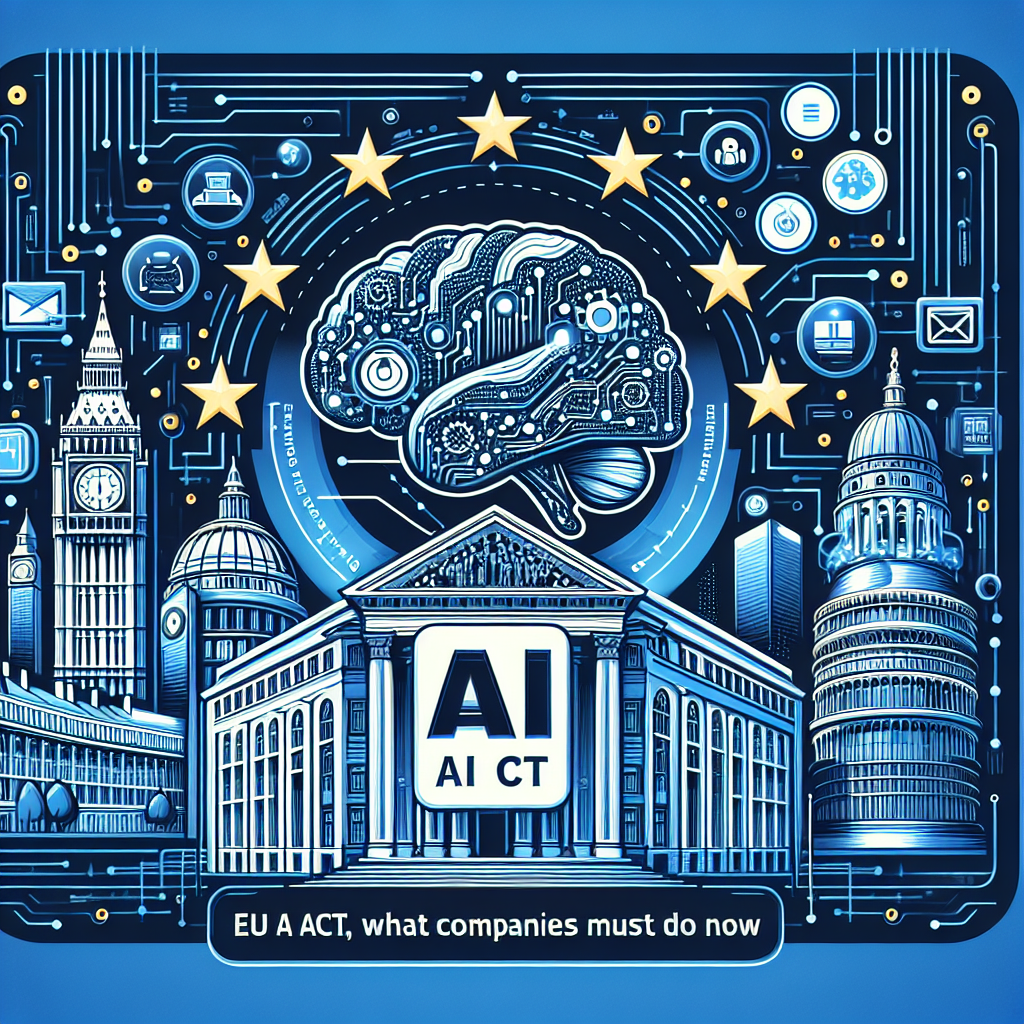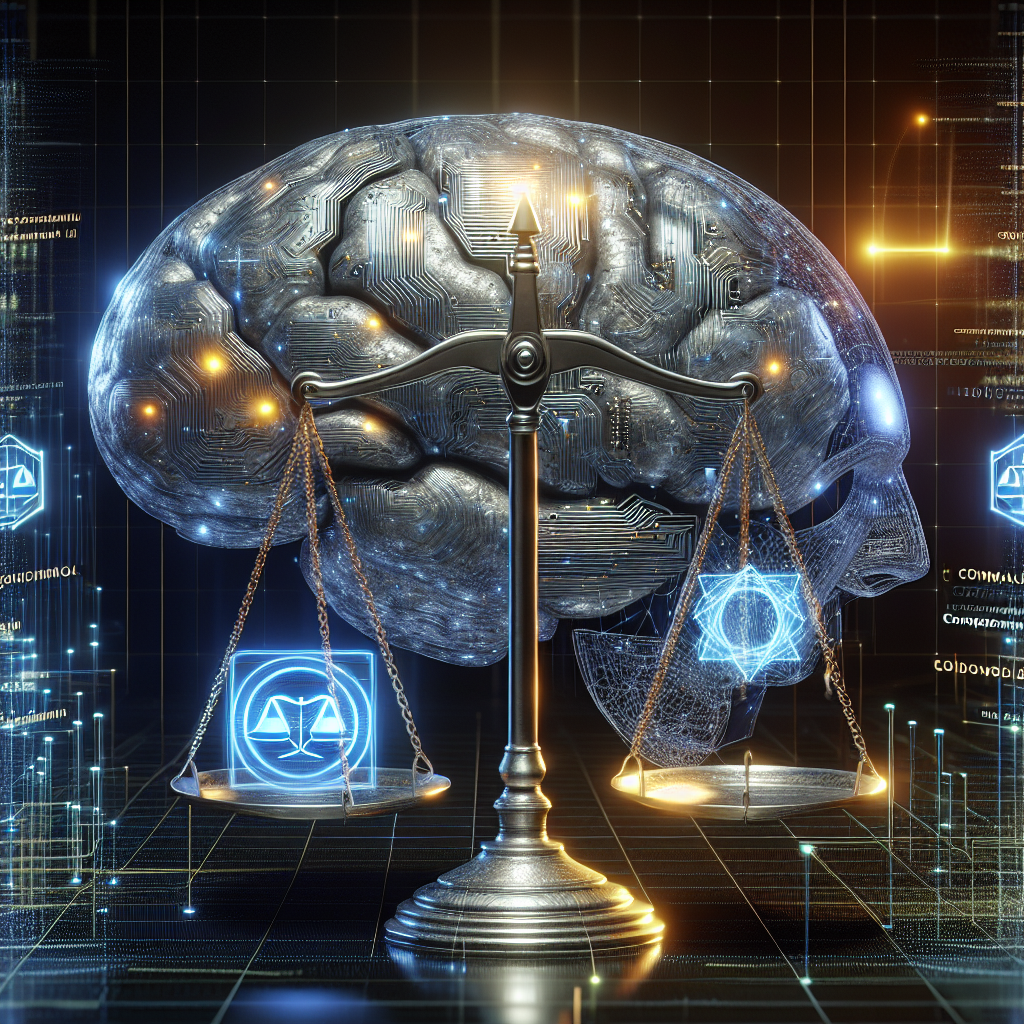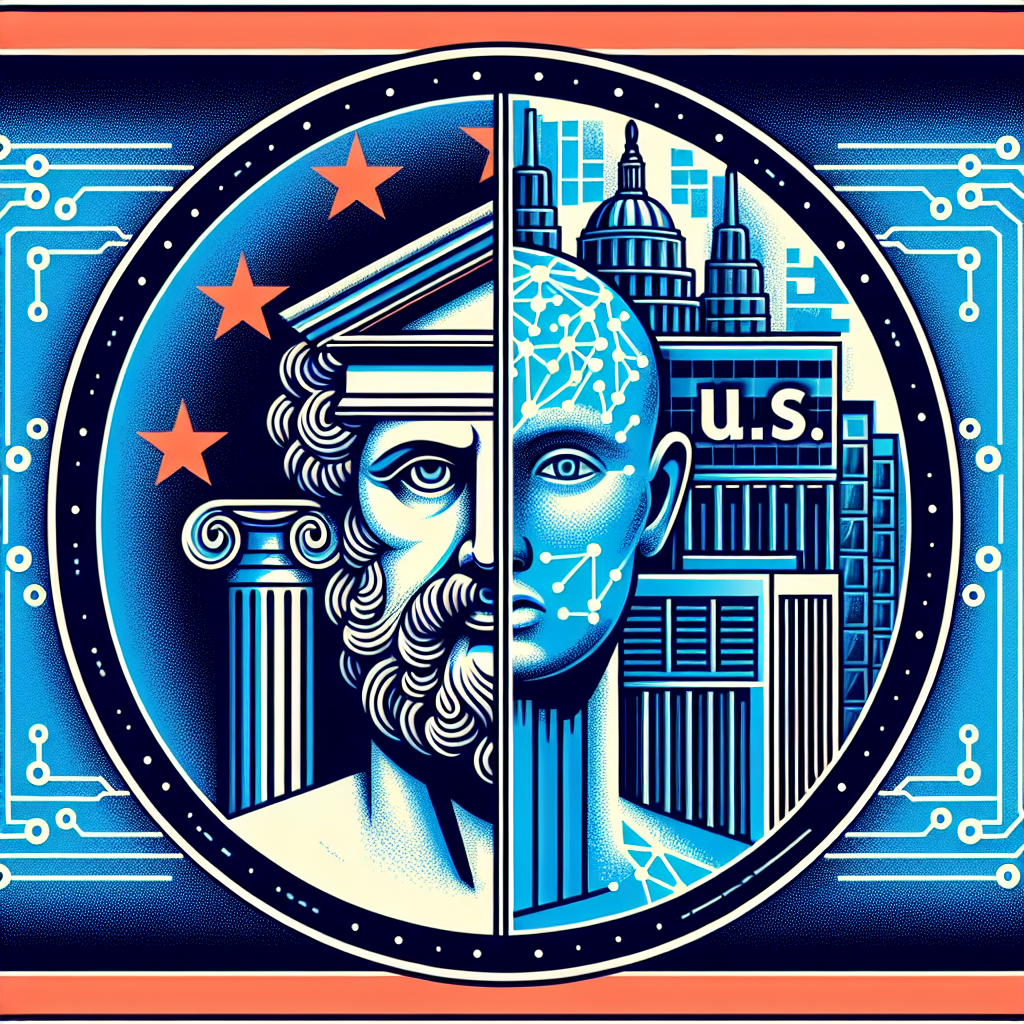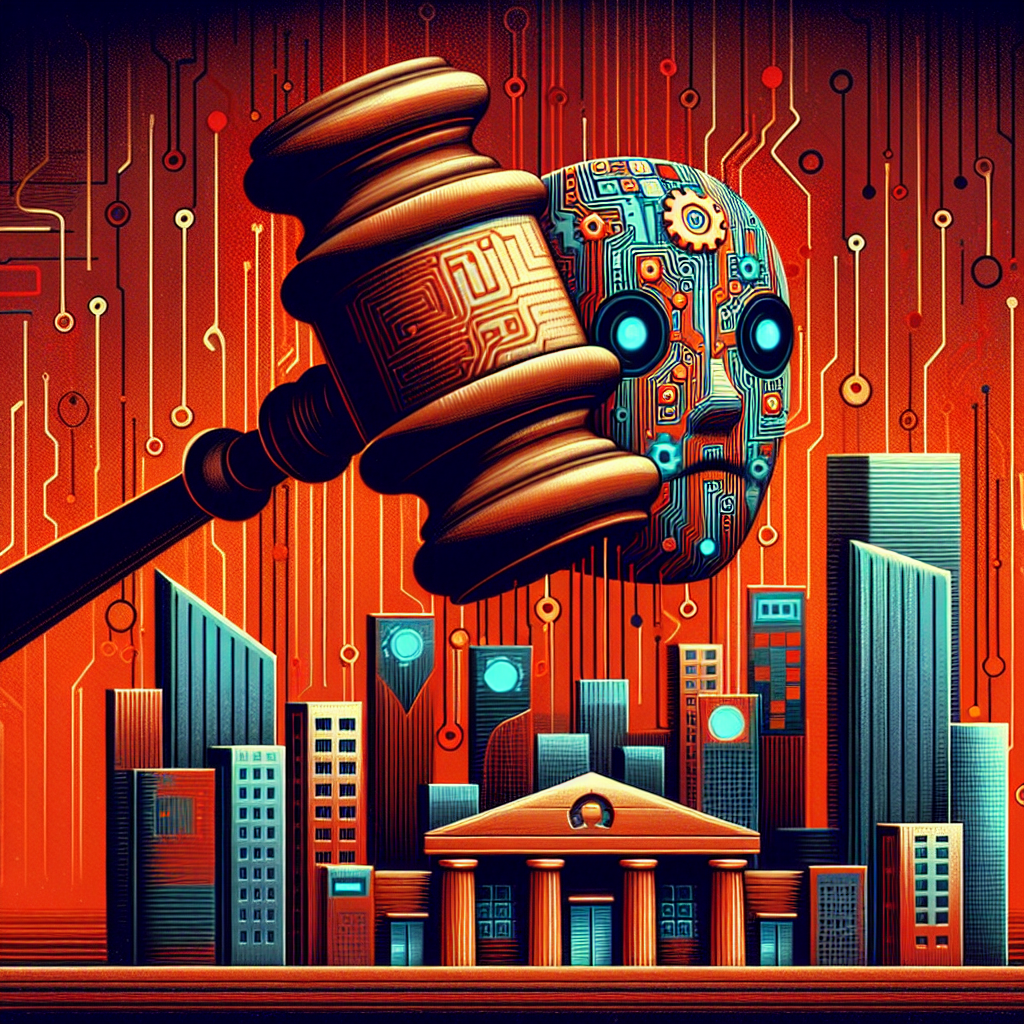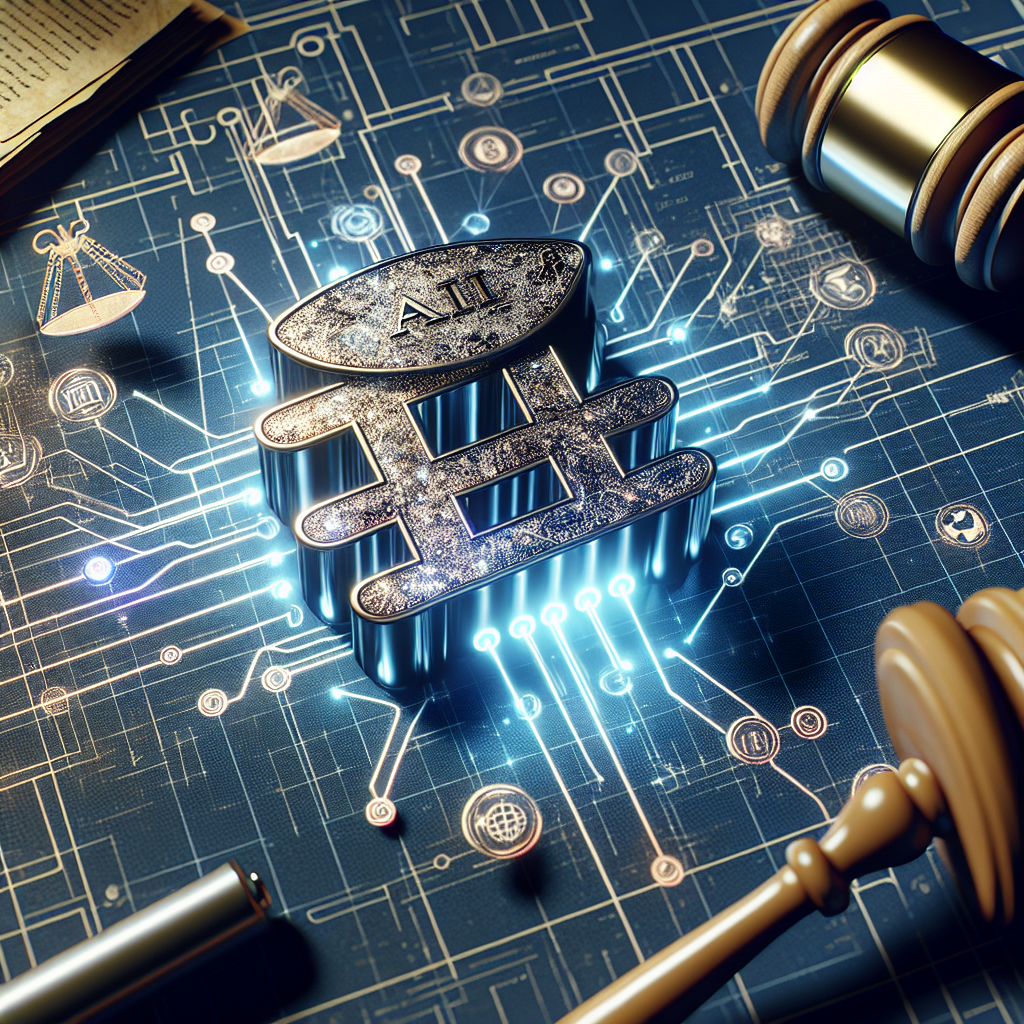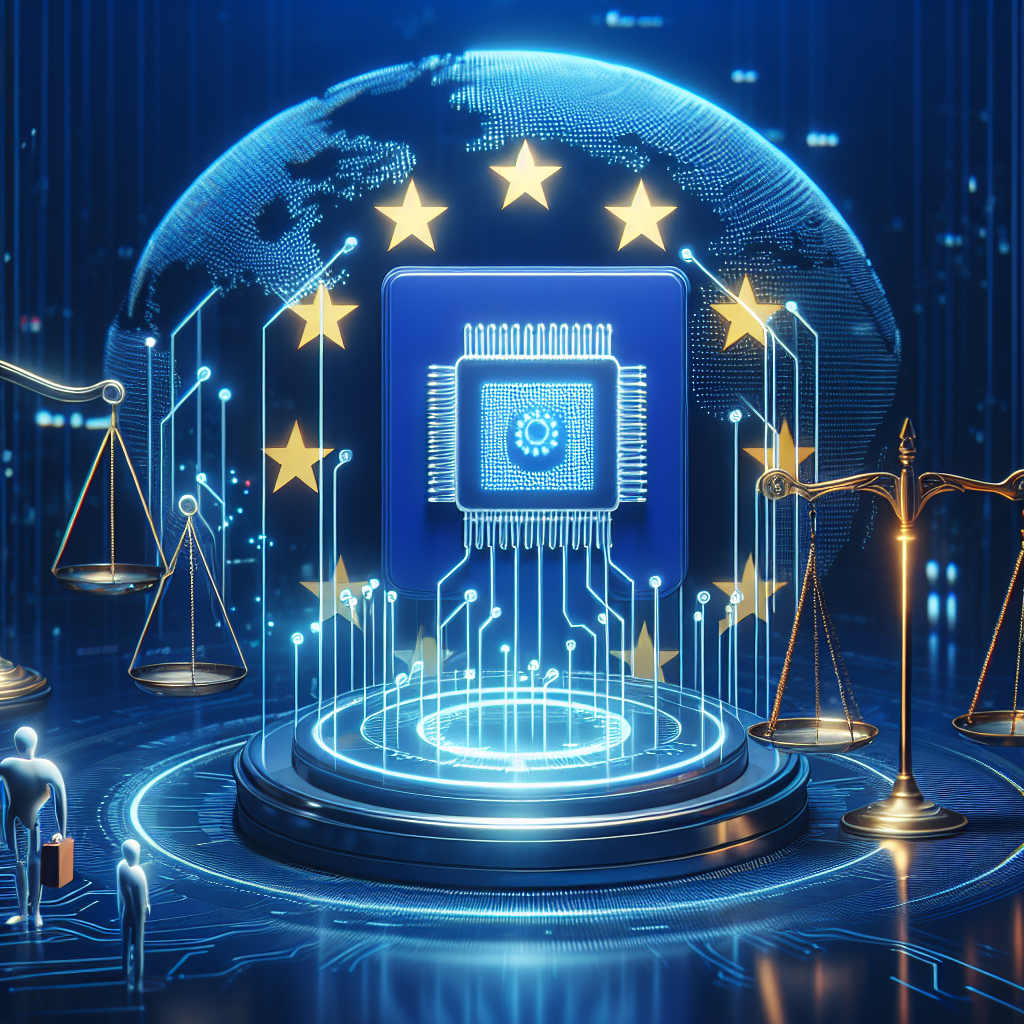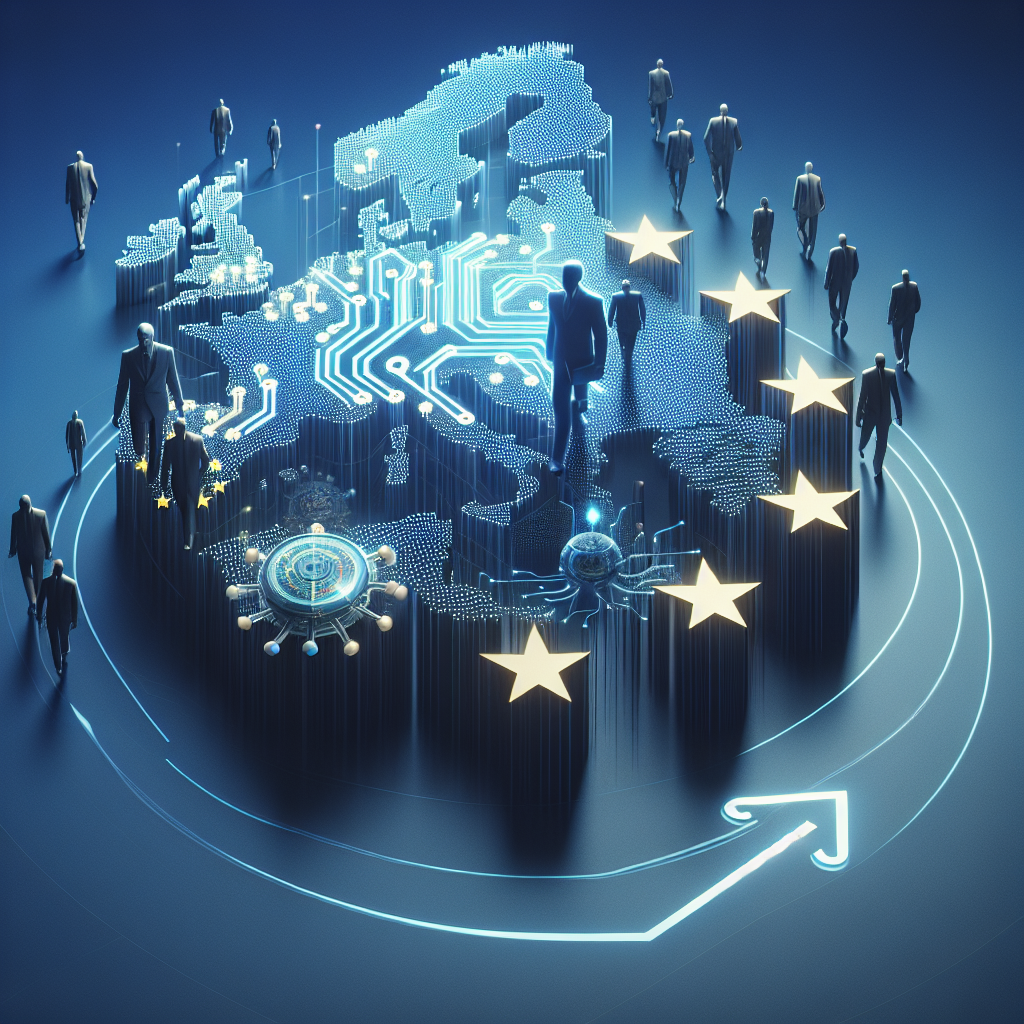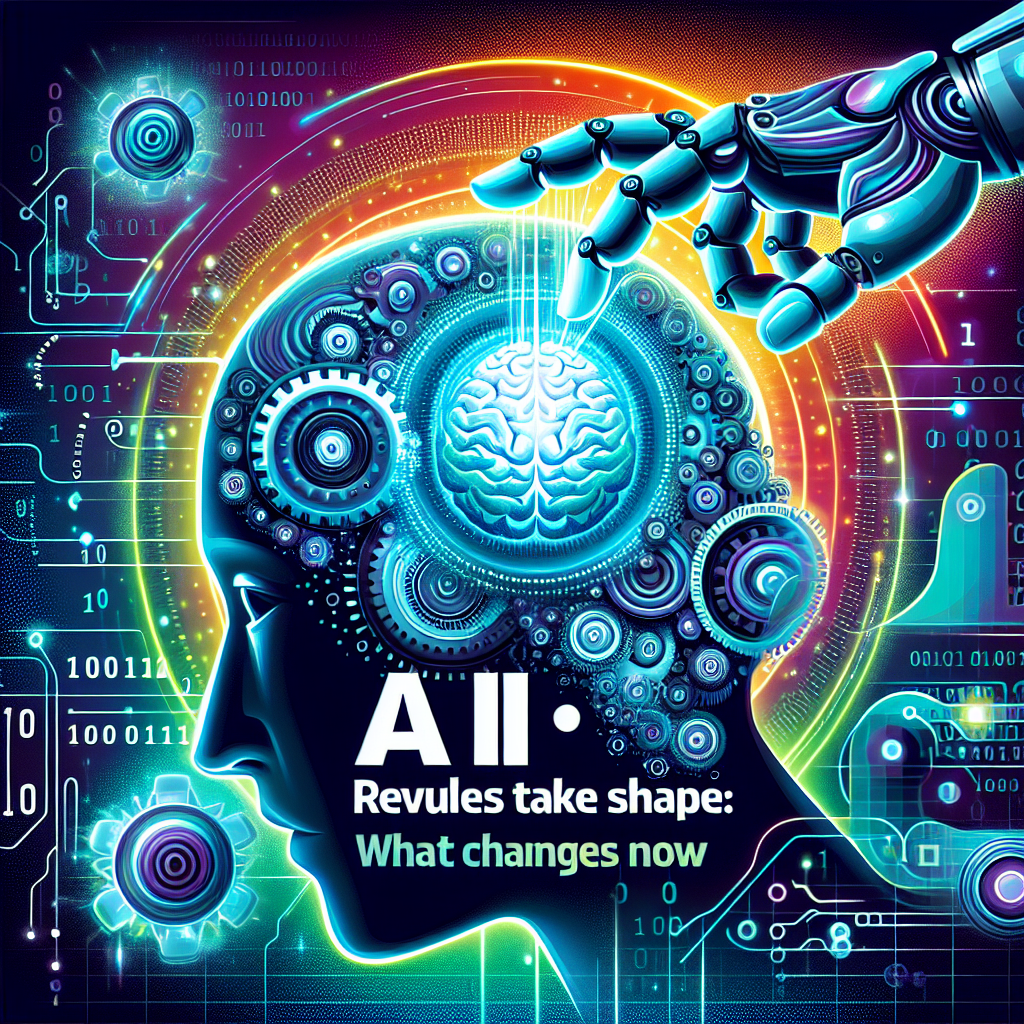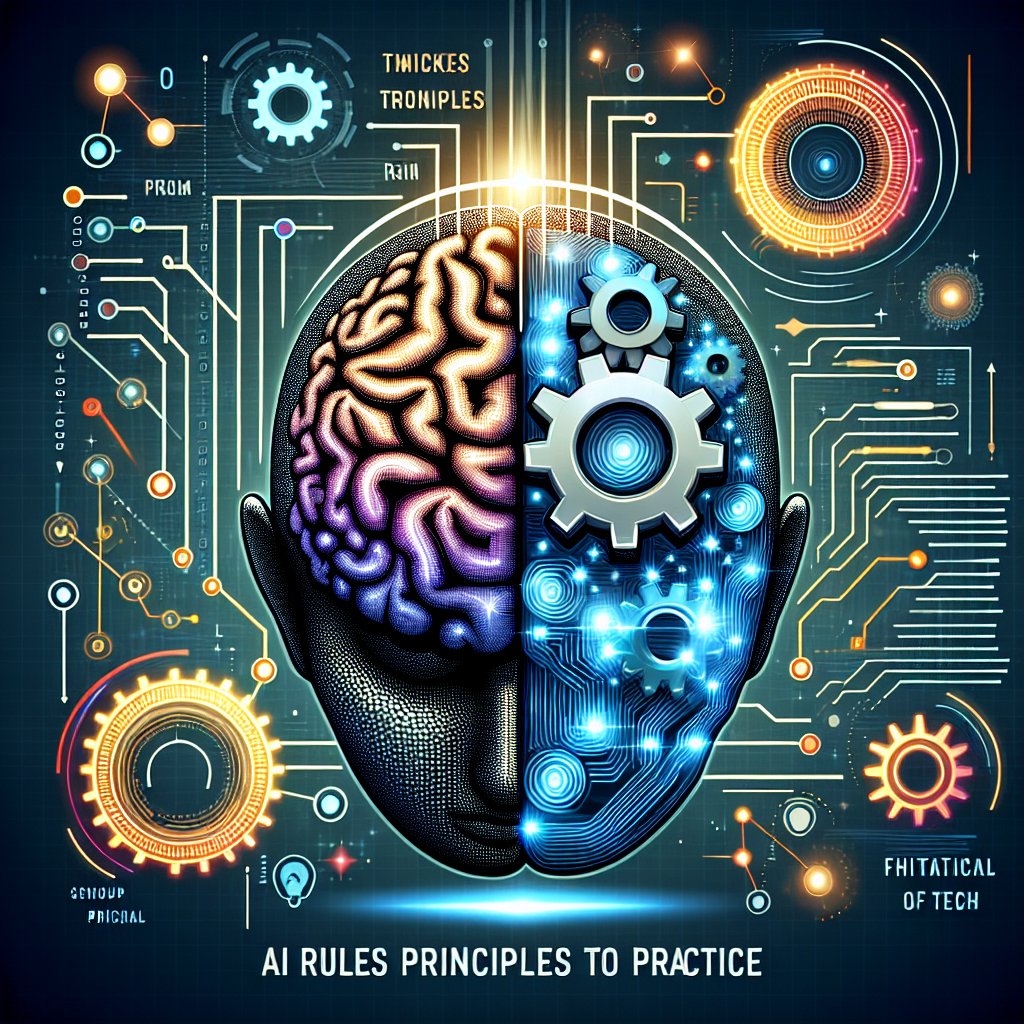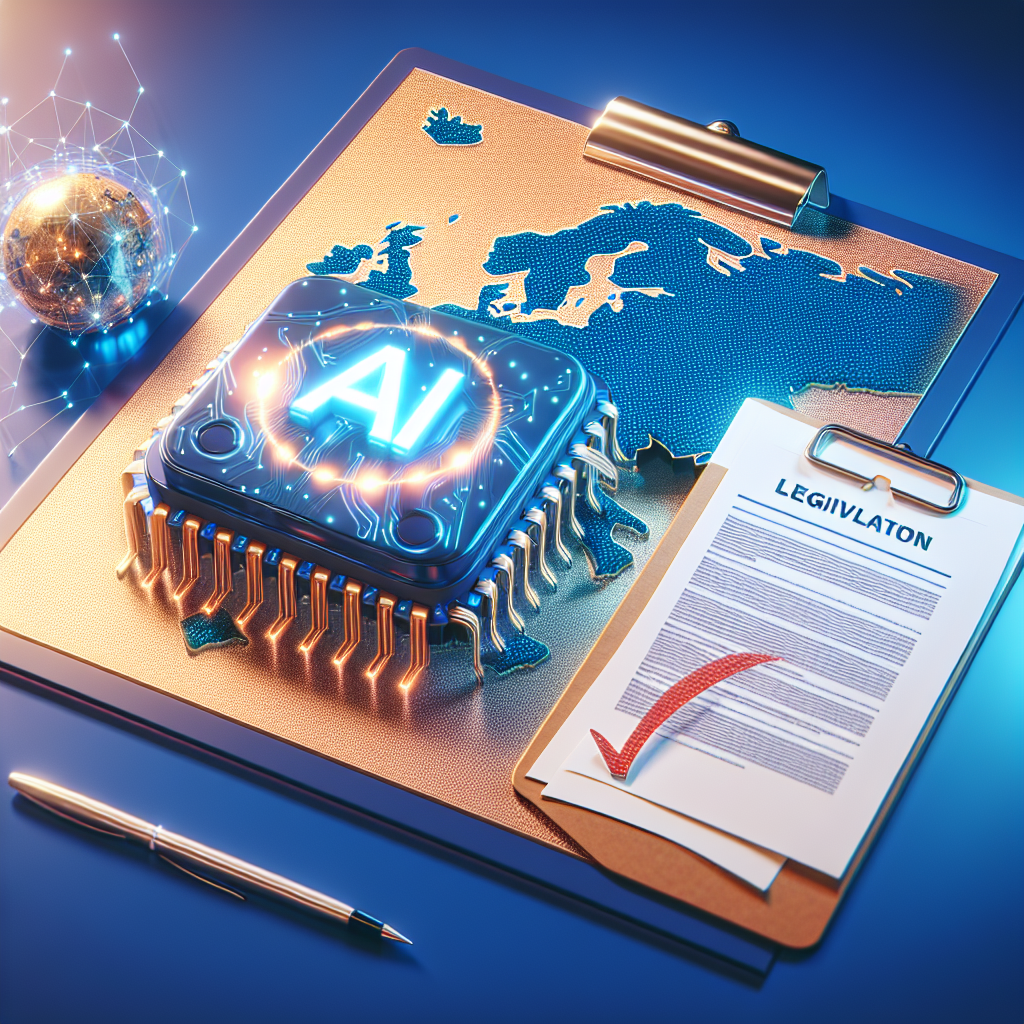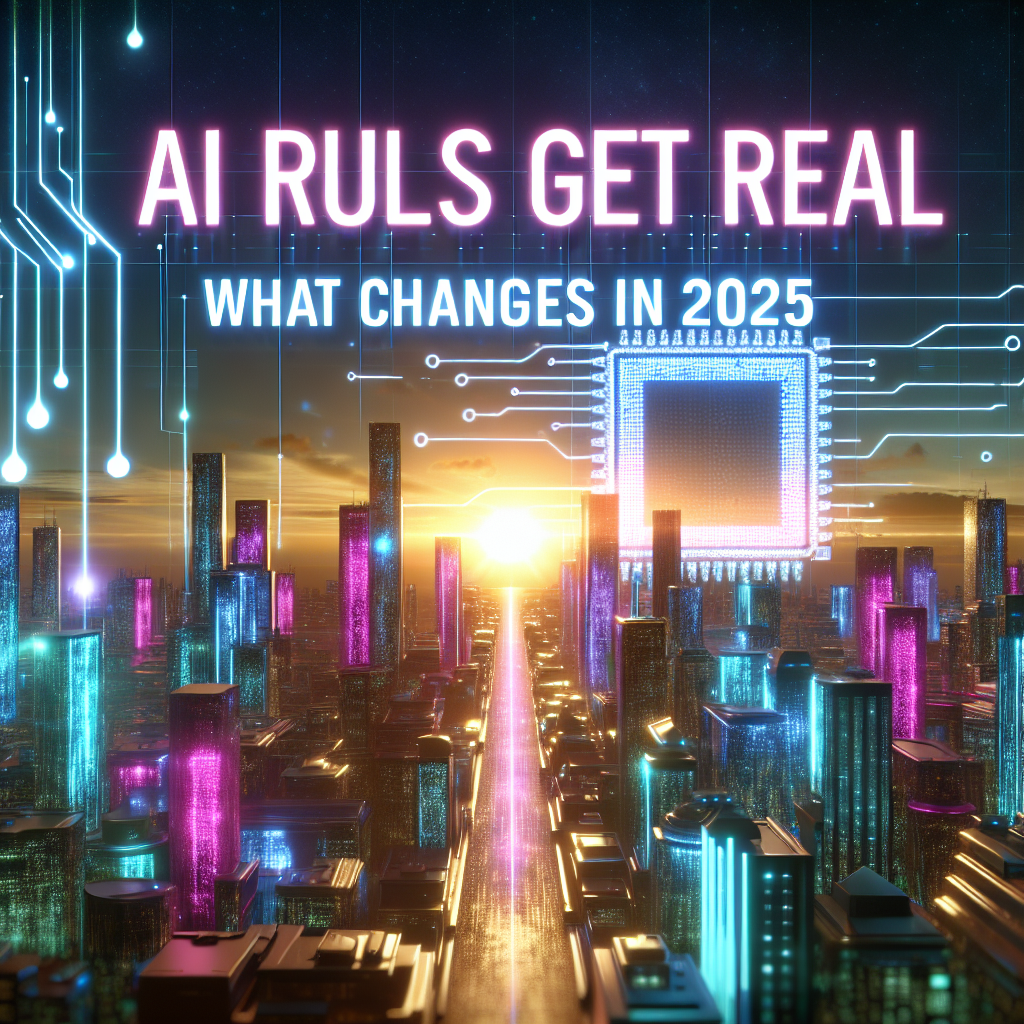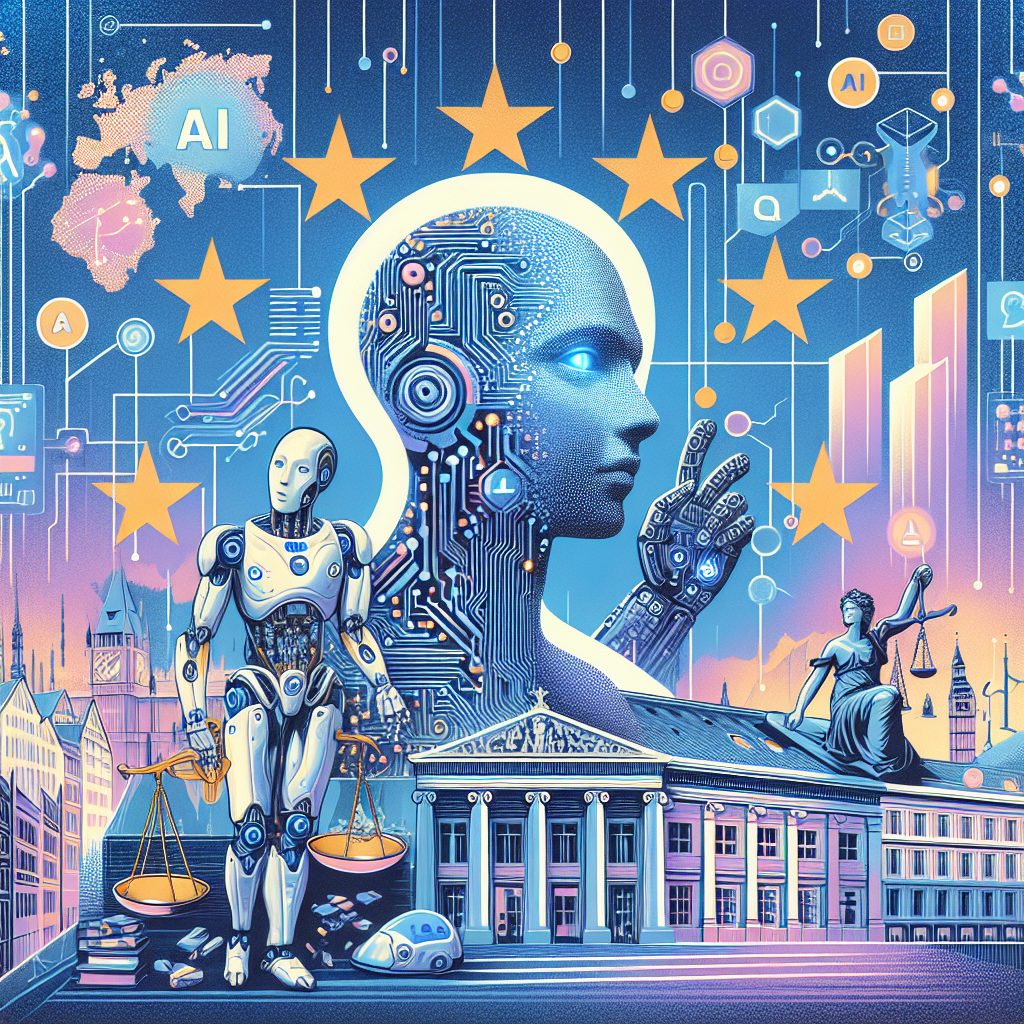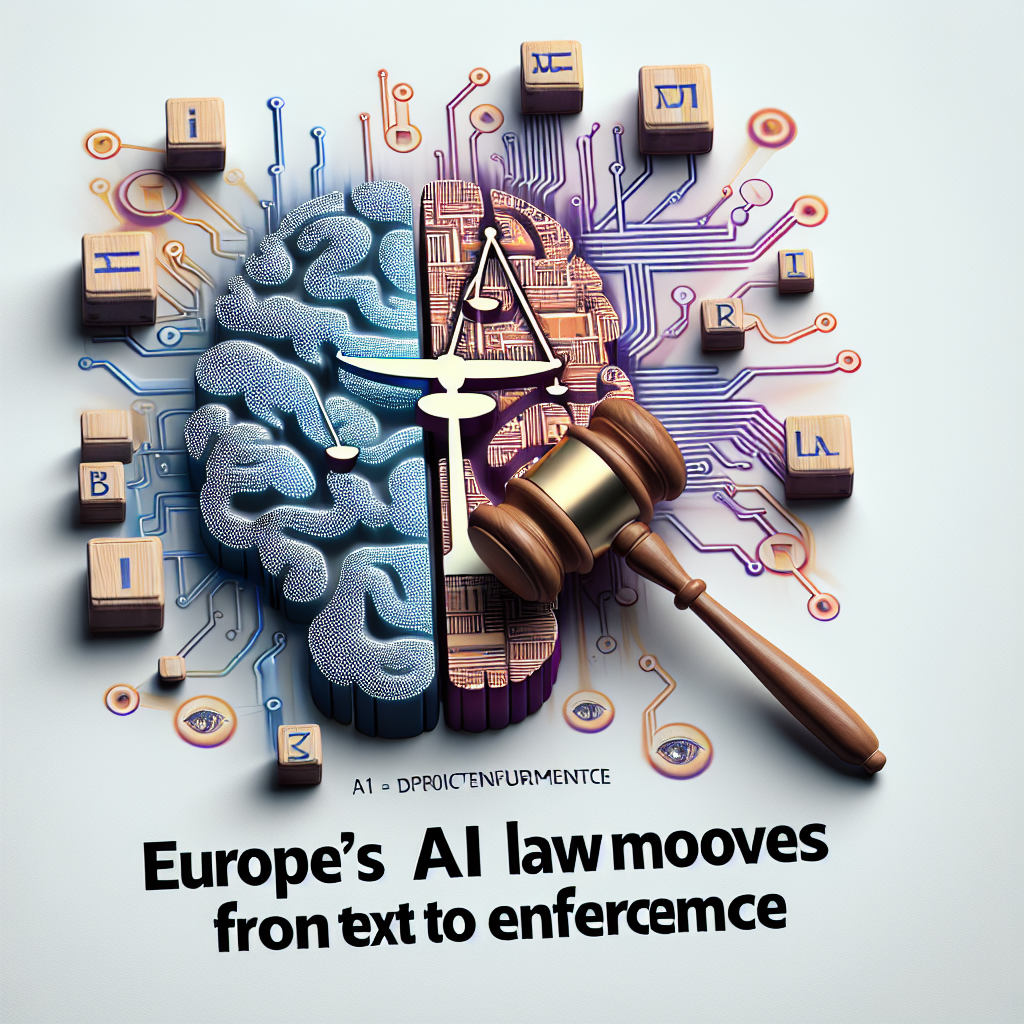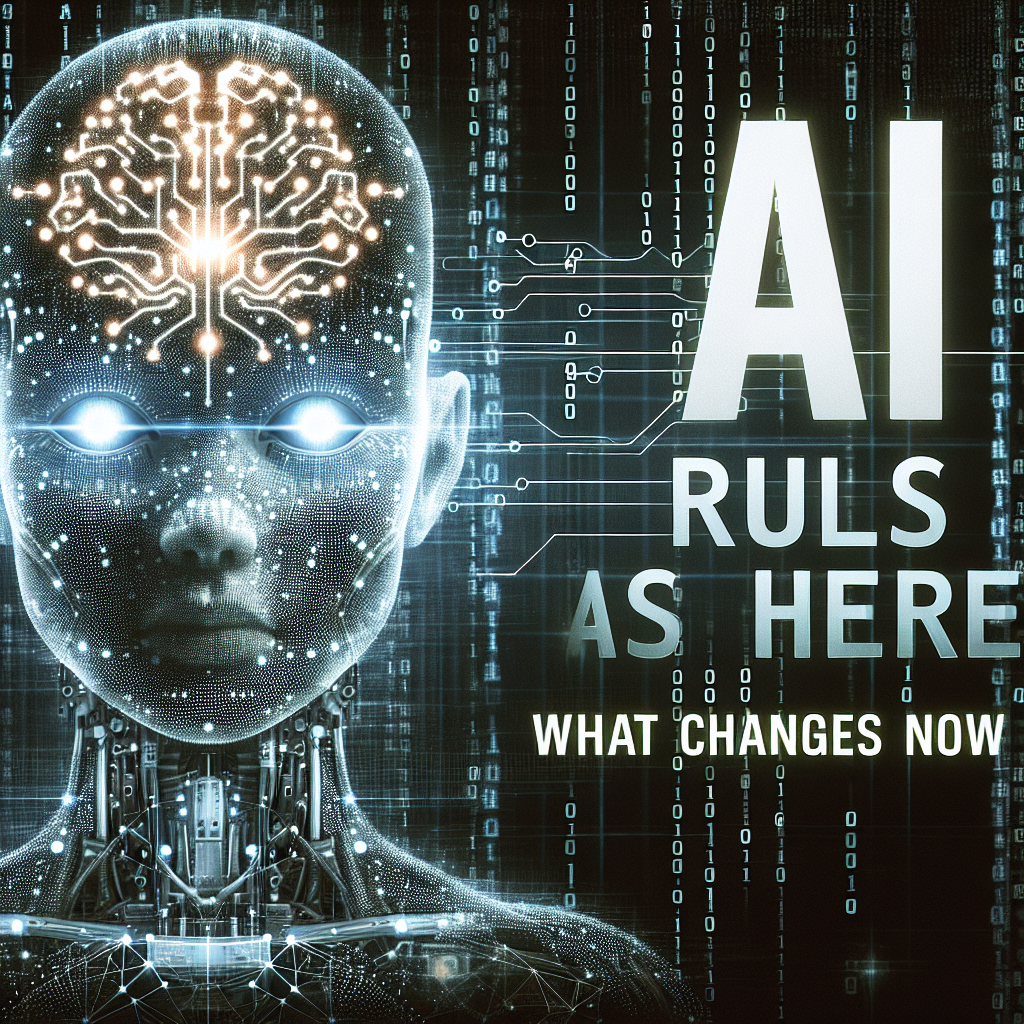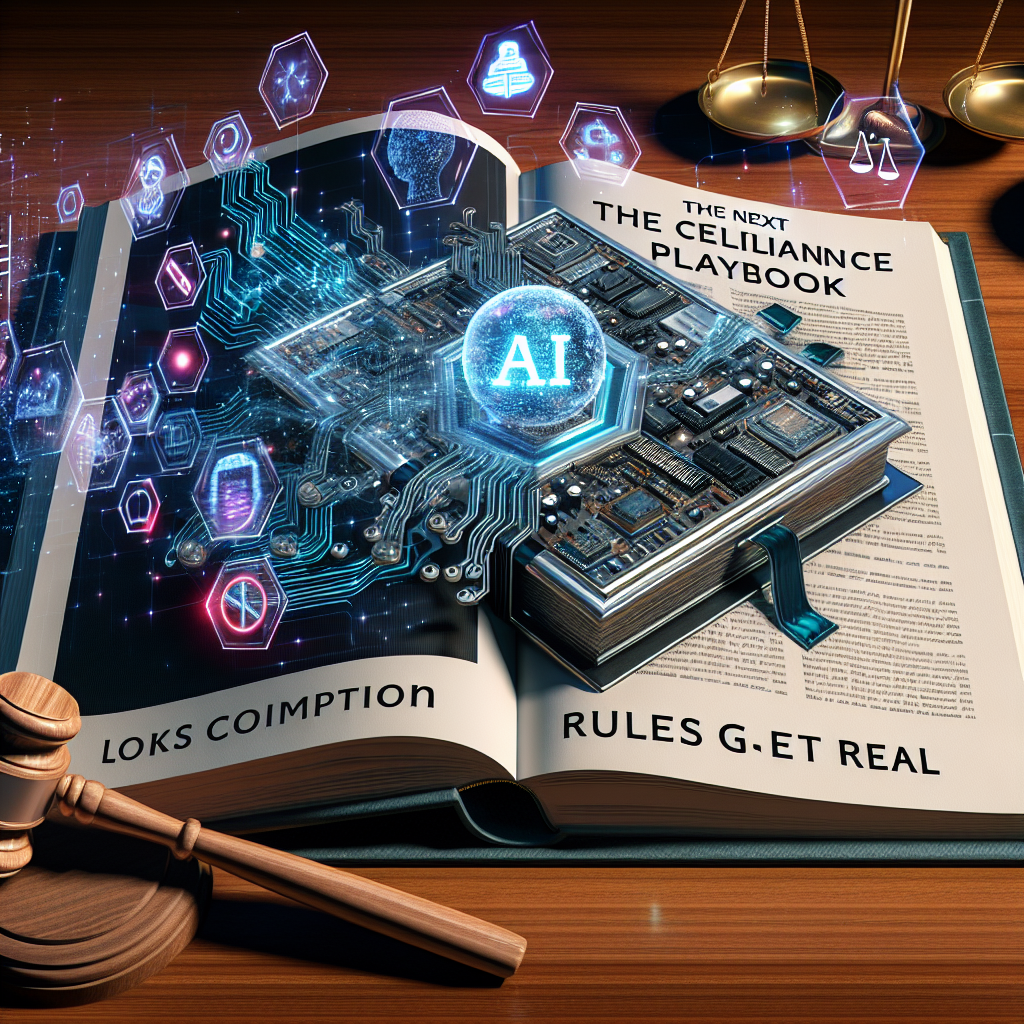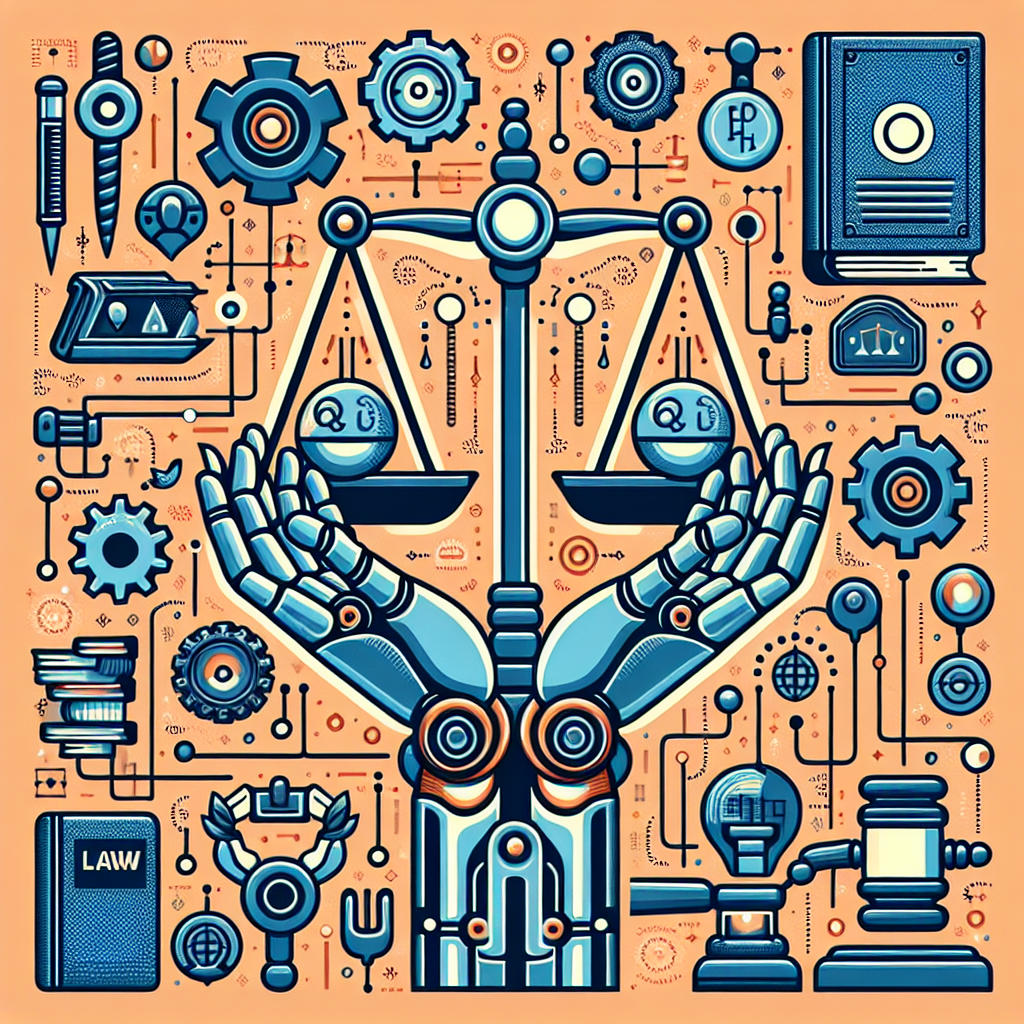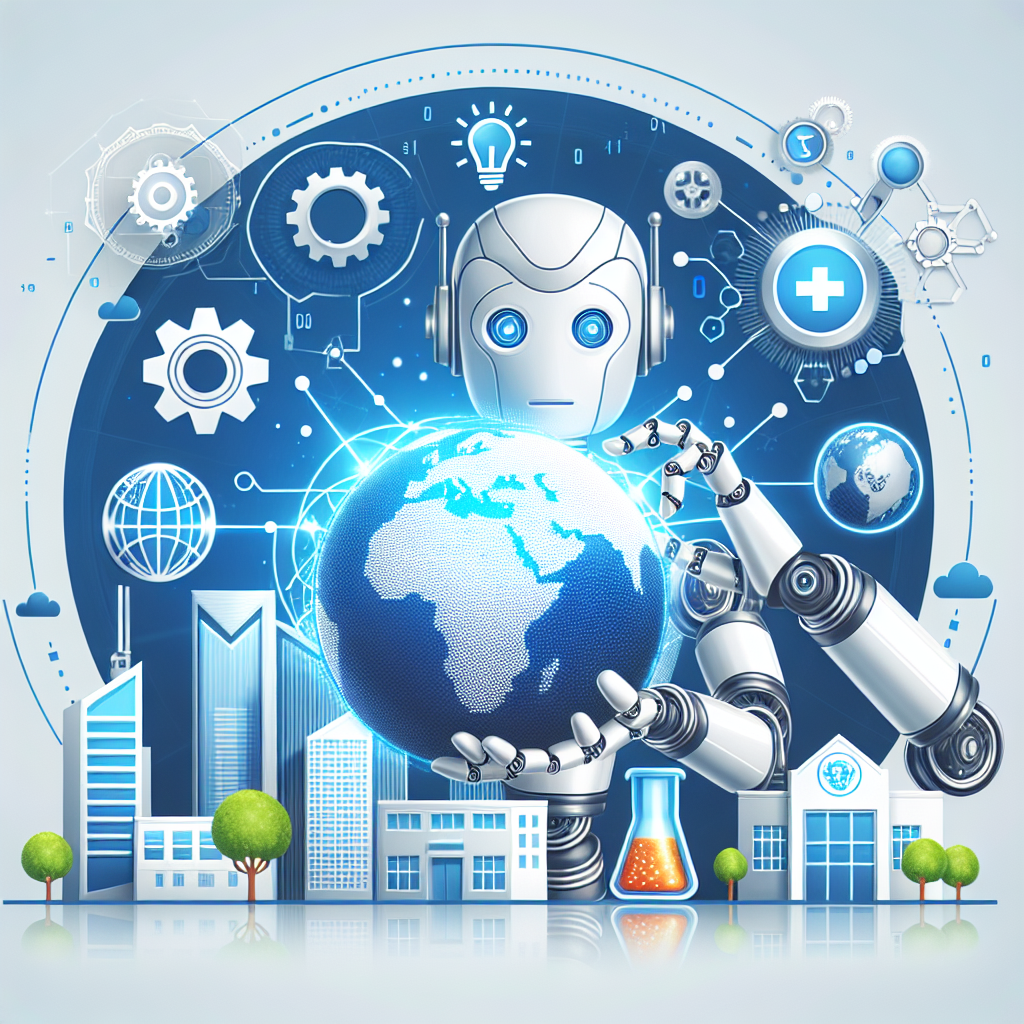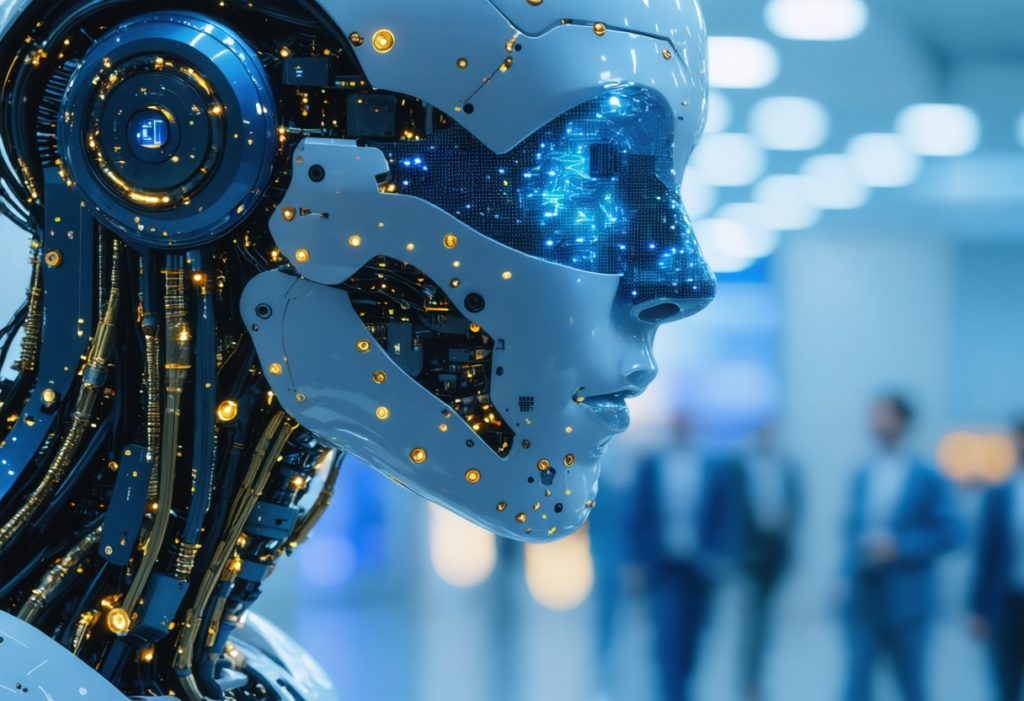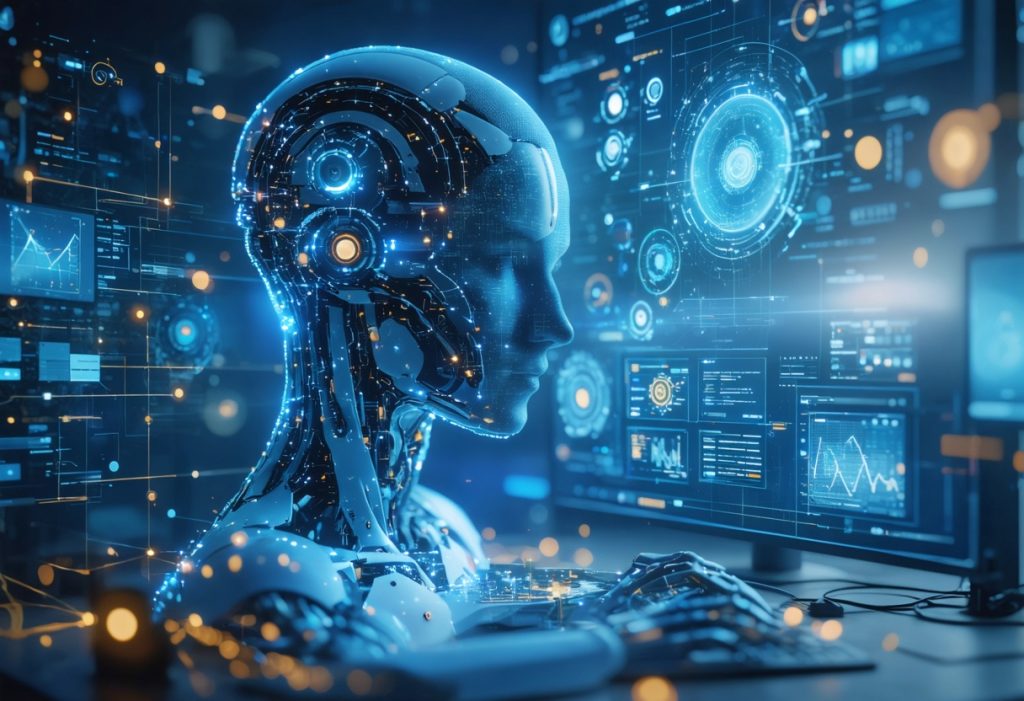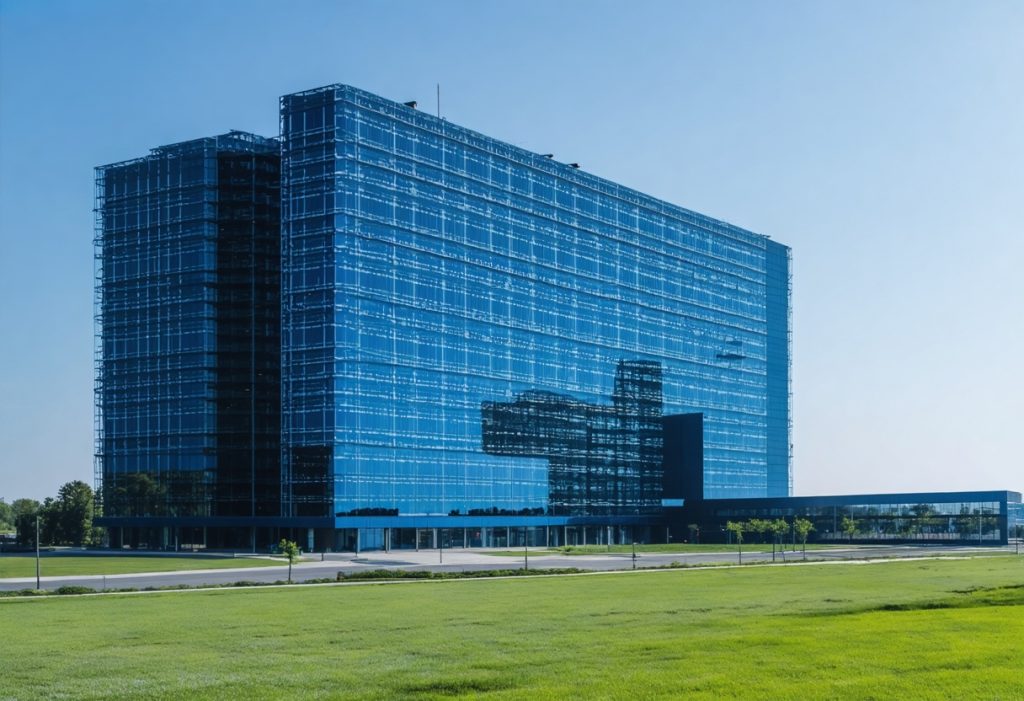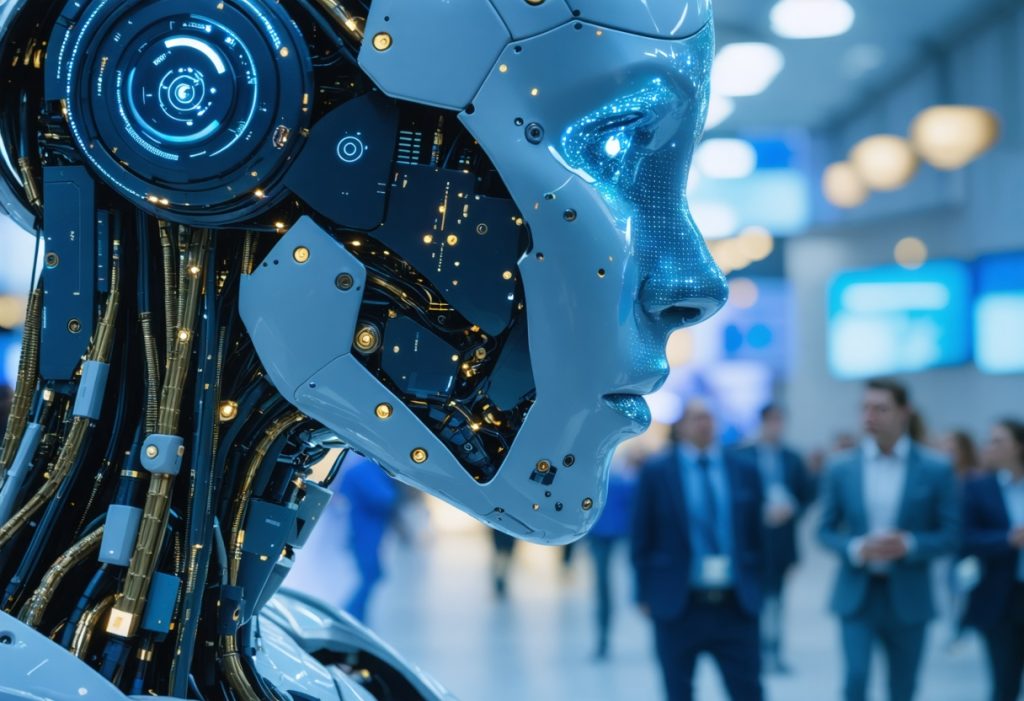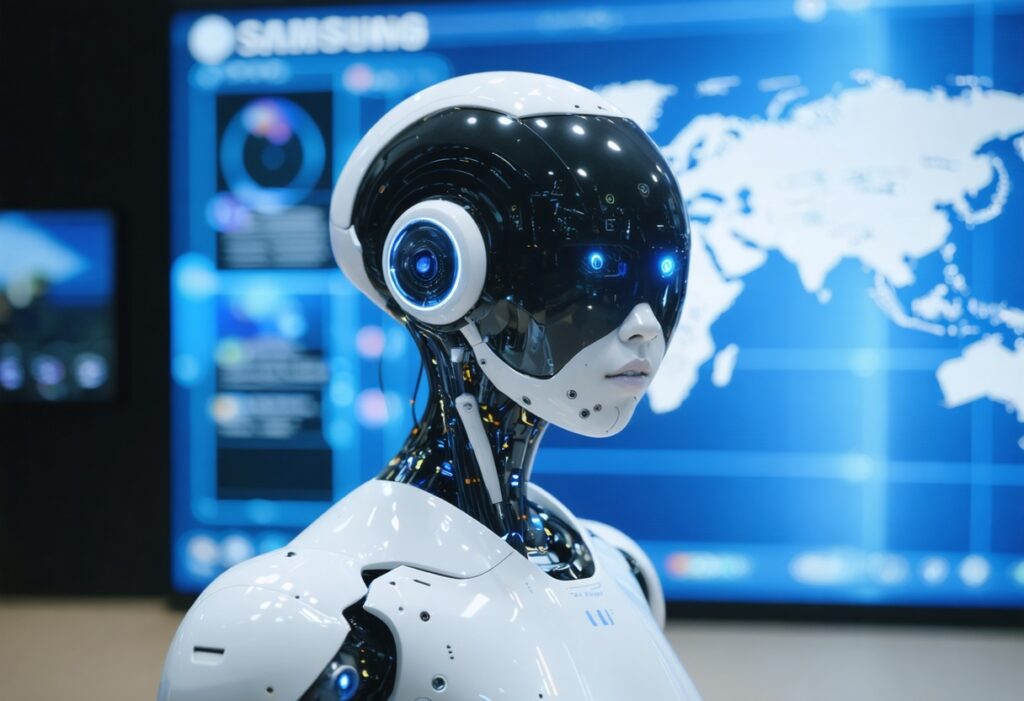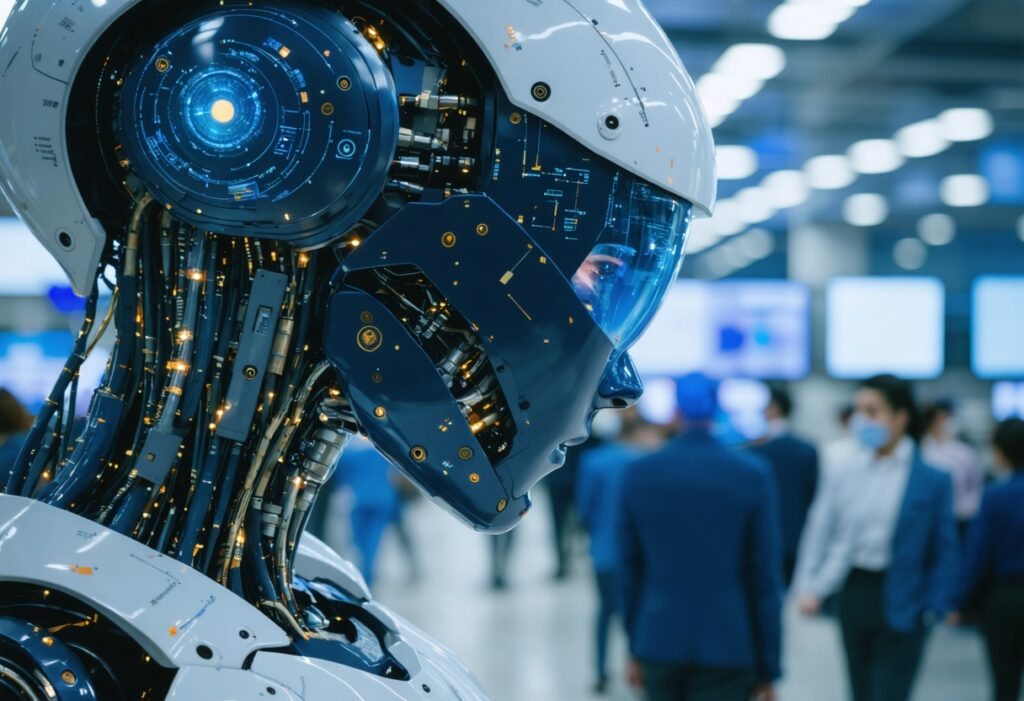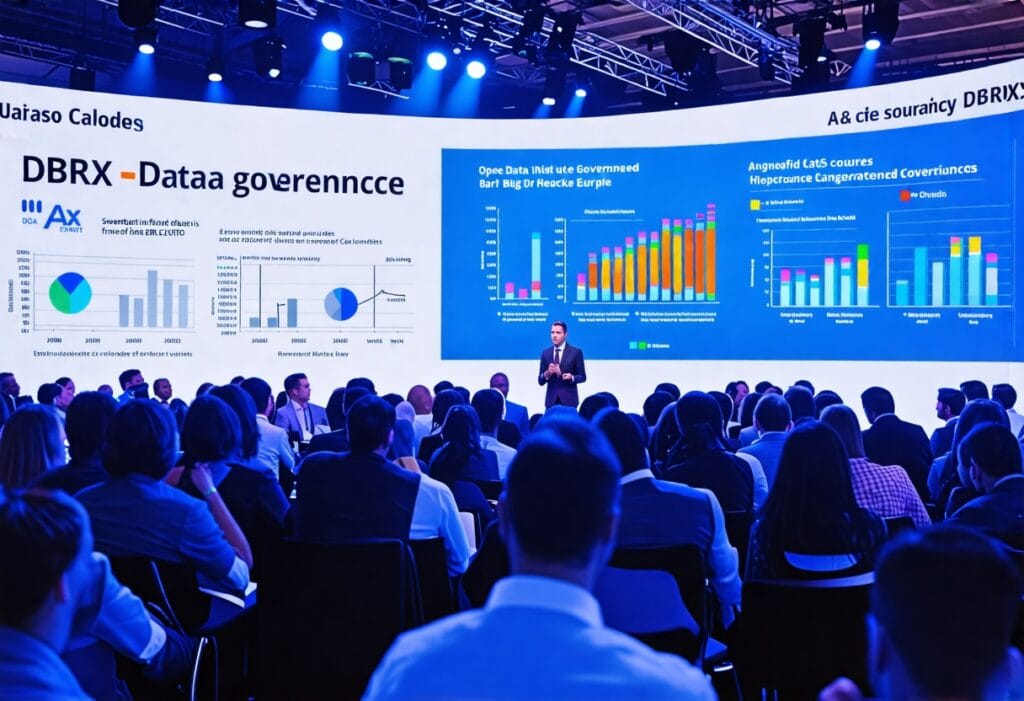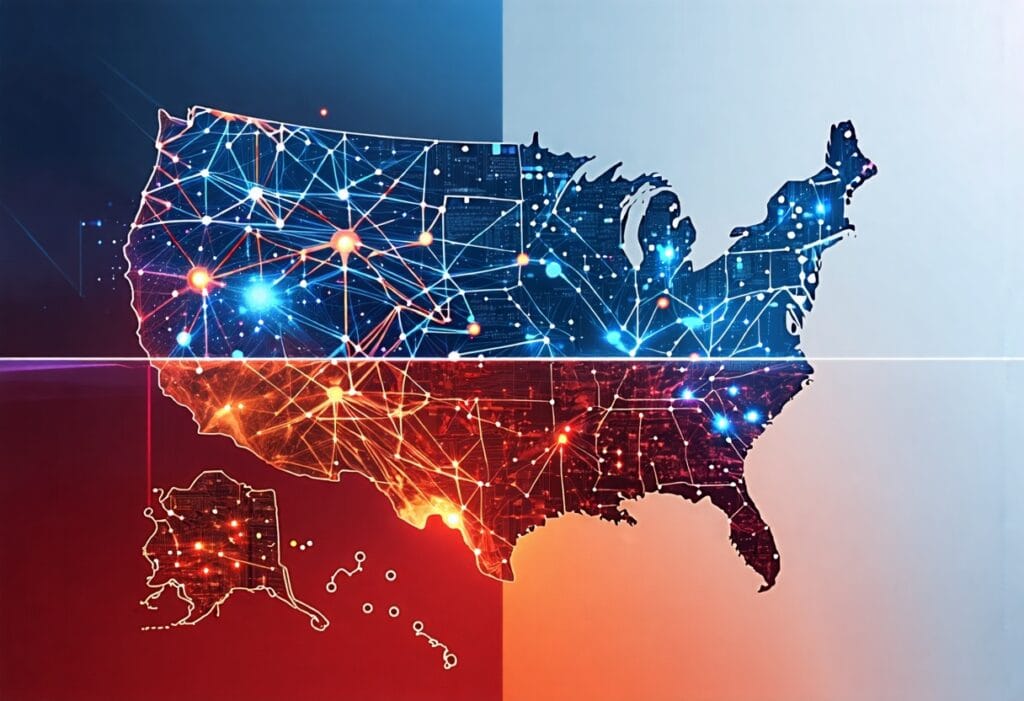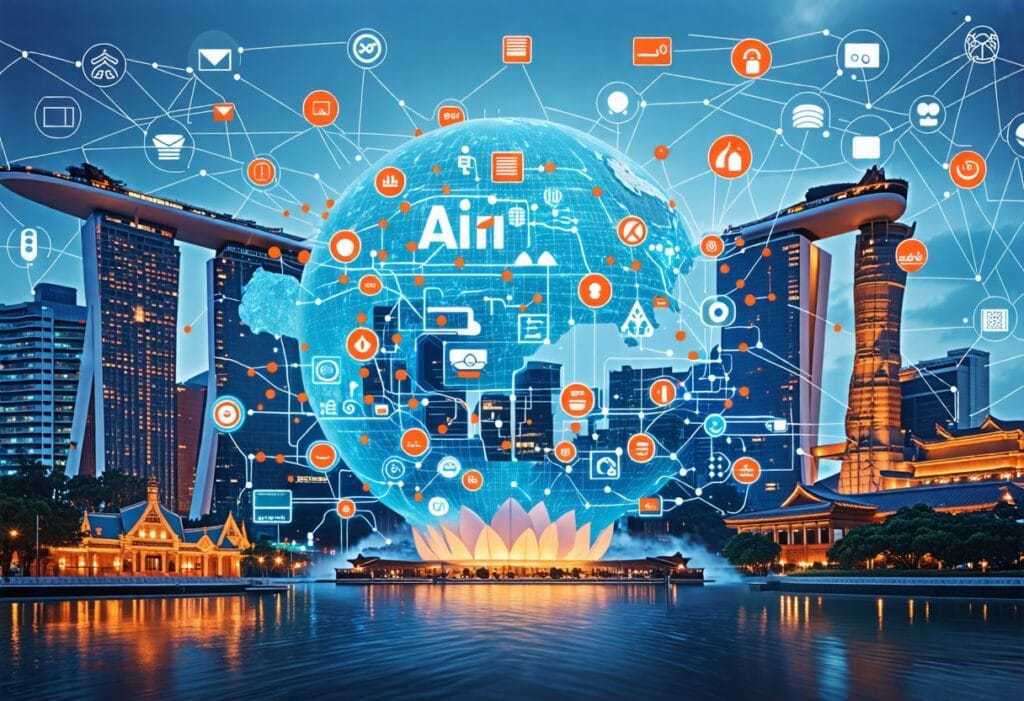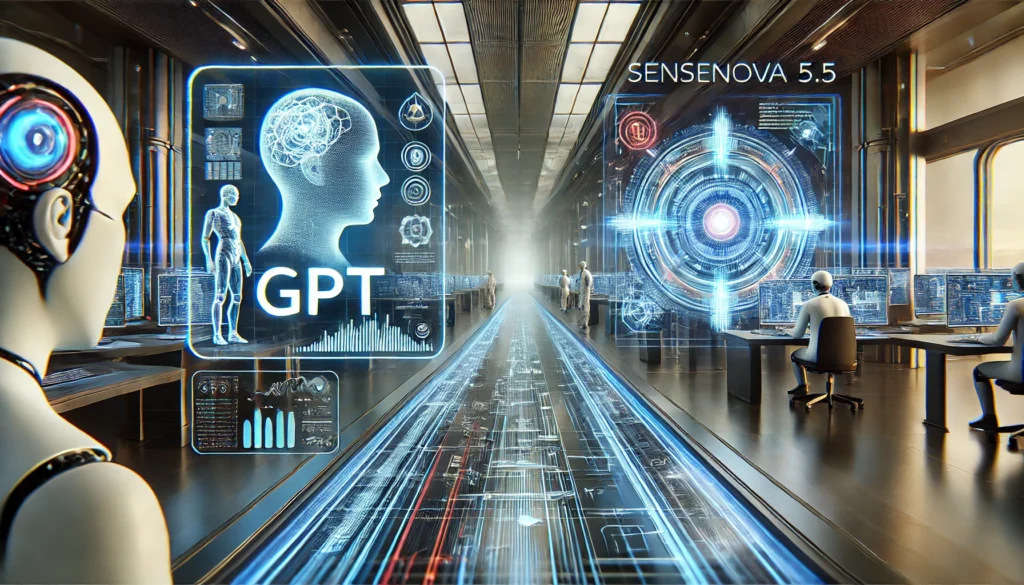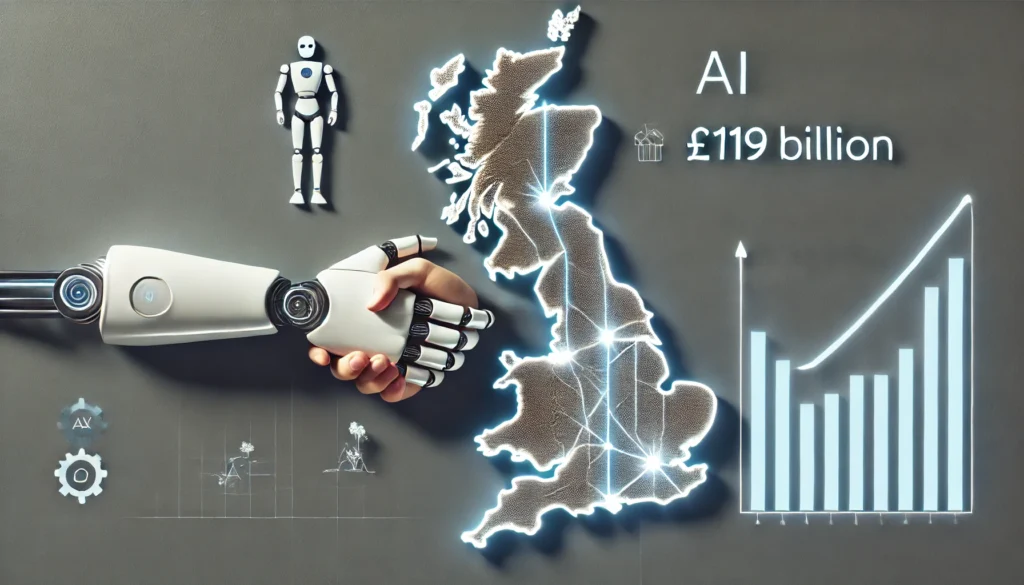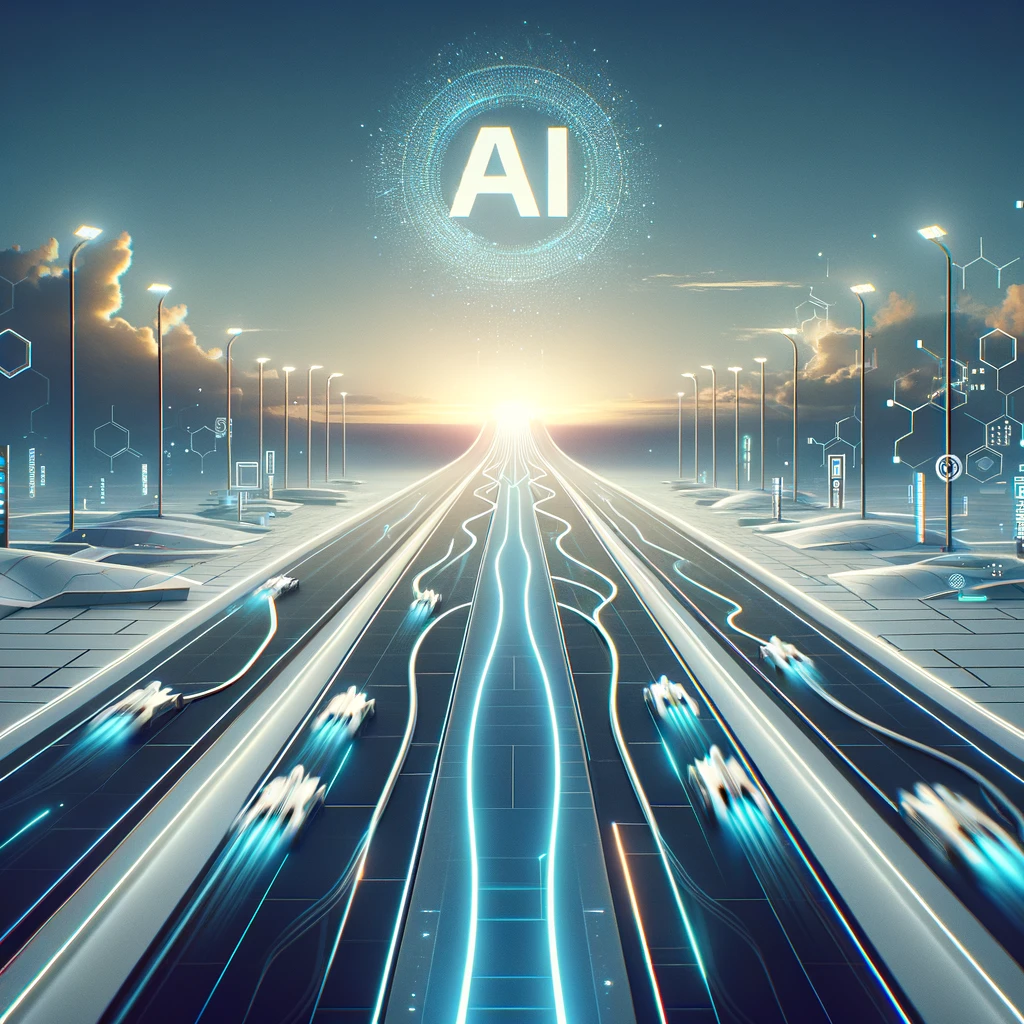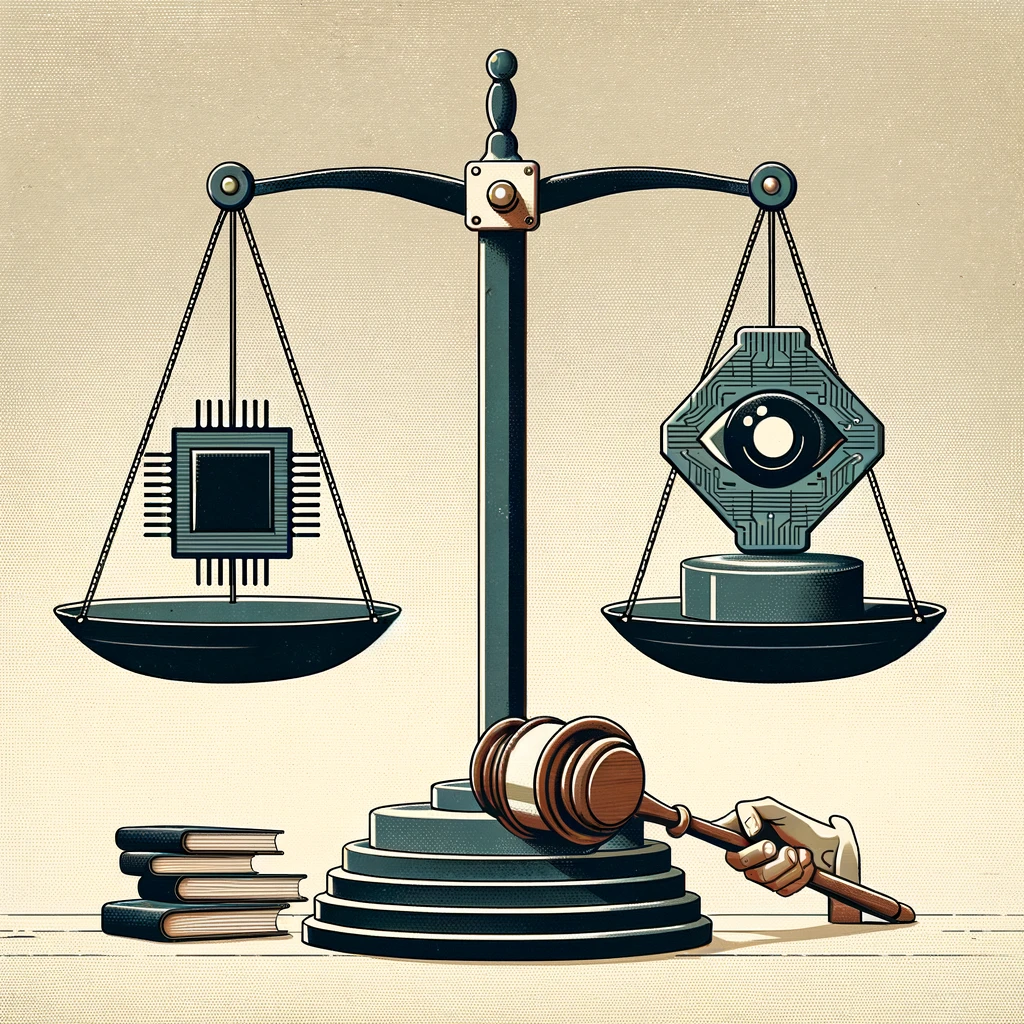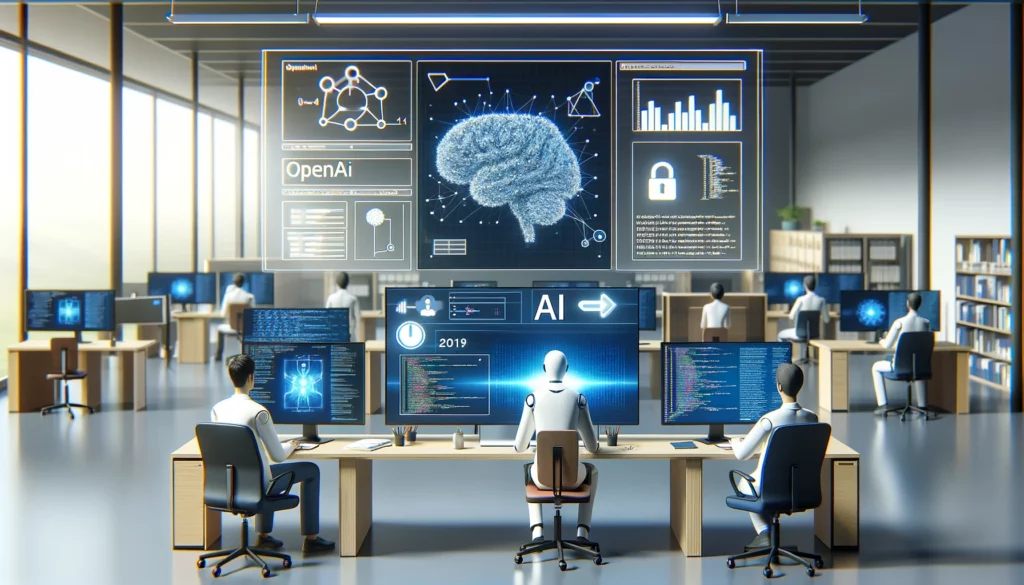AI Boom Meets Limits: Power, Policy, and Proof Points

AI’s surge enters a new phase
Artificial intelligence has raced from research labs into daily life. Over the past year, major tech firms released stronger and more flexible systems. Developers showed AI that can handle text, images, audio, and video with lower latency and longer memory. Yet the boom is now meeting hard limits: the cost of computing, the strain on power and water, and new rules from governments. The next chapter will be about scale, safety, and whether the technology can deliver consistent value in the real world.
As computer scientist Andrew Ng once said, "AI is the new electricity." The metaphor still fits. But like electricity, AI needs vast infrastructure, agreed standards, and trust. That work is now underway.
A breakout year for frontier models
In 2024, the largest players pushed the field forward. OpenAI introduced GPT-4o, designed for faster, multimodal interactions. Google advanced long-context models with Gemini 1.5. Anthropic launched Claude 3 to improve reasoning and reliability. Meta open-sourced Llama 3 for developers. Apple unveiled features under the Apple Intelligence banner, blending on-device processing with cloud support for privacy.
These systems are meant to be more helpful, less error-prone, and easier to integrate into products. They can summarize complex documents, generate code, and switch between speech and text. Enterprises are testing them for customer support, compliance checks, and marketing copy. Schools and hospitals are piloting tools that draft notes and capture meeting summaries.
Results vary. A 2023 study published as an NBER working paper found that a generative AI tool raised the productivity of customer support agents by about 14%, with the largest gains for less experienced workers. That is promising. But controlled settings do not always match the messiness of live operations. The industry is learning where AI helps and where it still needs supervision.
The compute and power crunch
Behind the scenes, AI’s appetite for computing power is reshaping supply chains. Nvidia’s graphics processors became the default engines for training large models. The company announced its Blackwell platform in 2024 to improve performance and energy efficiency. Startups and rivals responded with new chips and specialized accelerators. Cloud providers are racing to expand data centers and network capacity.
This expansion has consequences. The International Energy Agency warned in 2024 that electricity consumption from data centers could roughly double by 2026, driven by AI workloads and other digital services. Local water systems also feel the pressure, because many data centers use water for cooling during hot months. Communities and utilities are pushing for transparency and heat-reuse plans.
Costs are rising too. Training frontier models can require thousands of high-end chips and weeks of runtime. Inference—running the models for users—can cost even more over time. That is pushing companies to optimize models, compress them, and run more tasks on user devices. It is also prompting partnerships with renewable energy providers and new investment in transmission lines.
Regulators step in
Governments moved from discussion to action. The European Union approved the AI Act in 2024, the first broad law of its kind. It follows a risk-based approach. Some uses, such as social scoring by public authorities, are banned. High-risk applications, such as AI in critical infrastructure or hiring, face strict requirements on data, testing, and oversight. General-purpose and foundation models must meet transparency obligations, phased in over the next few years.
In the United States, a 2023 executive order directed agencies to set standards for AI safety and security. It tasks the National Institute of Standards and Technology with guidance on testing and evaluation and calls for reporting on large training runs. Federal agencies were also told to address algorithmic discrimination and consumer privacy.
International efforts are growing. The 2023 UK AI Safety Summit produced the Bletchley Declaration, in which countries recognized the need for shared approaches to assess frontier models. Industry groups and standards bodies have launched benchmarks for robustness, bias, and cybersecurity. None of these measures will solve every issue. But they set clearer expectations for companies and buyers.
What AI can do today
- Customer service: AI can draft replies, suggest next steps, and surface knowledge. Humans still handle edge cases, but response times fall.
- Software development: Code assistants speed routine tasks and help with documentation. Reviews and testing remain essential.
- Office workflows: Meeting summaries, email drafts, and language translation save time if users check the outputs.
- Healthcare documentation: Ambient note-taking tools reduce clinician burden. Hospitals report time savings, yet accuracy and privacy controls are critical.
- Education: Tutors can tailor practice questions and explanations. Schools set guardrails to prevent cheating and protect student data.
These gains are incremental, not magic. The difference between a pilot and full deployment often comes down to quality assurance, change management, and cost. Companies that measure outcomes and set clear policies fare better than those chasing demos.
Risks and safeguards
AI systems still make mistakes. They can fabricate citations, misinterpret context, or reflect biases in training data. Security researchers have shown ways to "jailbreak" models with crafted prompts. That raises concerns about misinformation, fraud, and misuse.
Geoffrey Hinton, a pioneer of deep learning, voiced the tension in 2023: "It is hard to see how you can prevent the bad actors from using it for bad things." Companies now invest in red-teaming and content filters. They also publish model cards and system prompts to explain capabilities and limits. Audits and incident reporting are becoming part of contracts with large customers.
Developers say they welcome clear rules. At a 2023 U.S. Senate hearing, OpenAI’s Sam Altman told lawmakers: "We think that regulatory intervention by governments will be critical to mitigate the risks of increasingly powerful models." The challenge is matching the pace of policy with the speed of innovation without freezing useful progress.
The year ahead: signs of a maturing market
- Quality over spectacle: Buyers want reliable tools tied to key metrics, not just impressive demos.
- Smarter scaling: Expect more efficient models, hybrid on-device/cloud setups, and careful cost controls.
- Energy transparency: Data center operators will face deeper scrutiny on power mix, water use, and heat reuse.
- Compliance by design: Companies will bake in documentation, testing, and audit trails to meet new rules.
- Open vs. closed: The debate over open models will intensify, balancing innovation with safety and IP concerns.
Bottom line
AI is moving from hype to hard questions. The technology is improving fast, but real value depends on disciplined deployment, robust safeguards, and infrastructure that can keep up. The winners will be the organizations that align AI with their goals, measure results, and plan for risks. The public will judge the field not by what models can do in a demo, but by what they deliver safely, affordably, and at scale.














